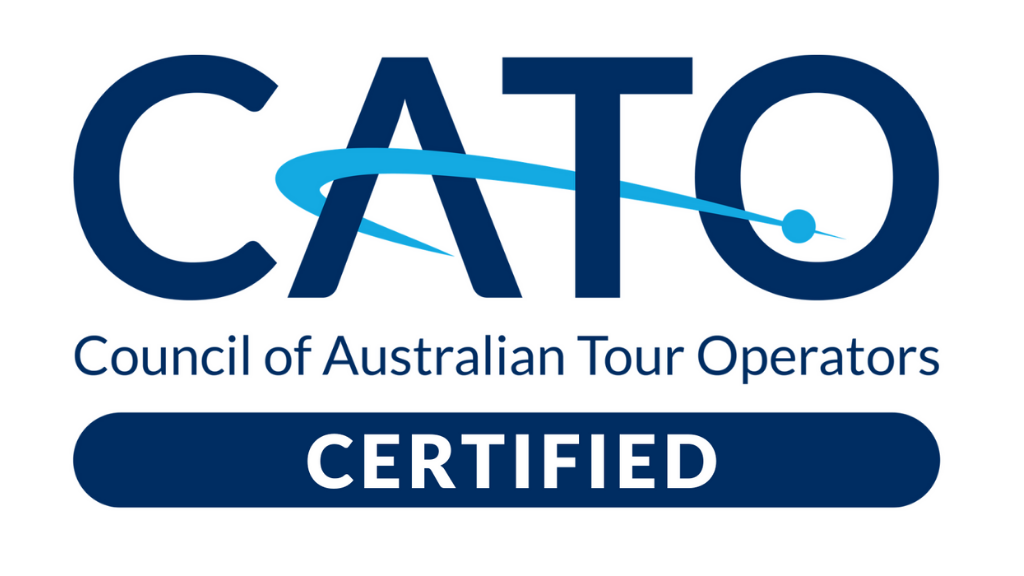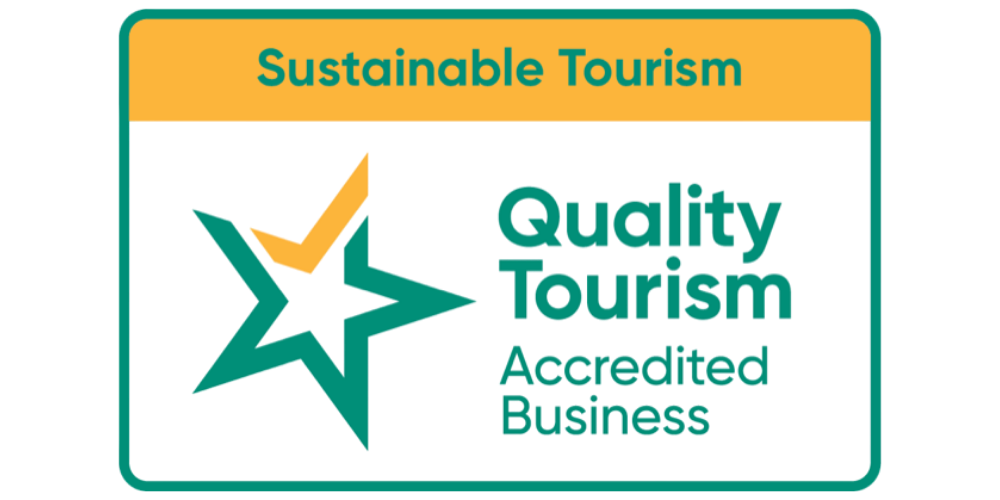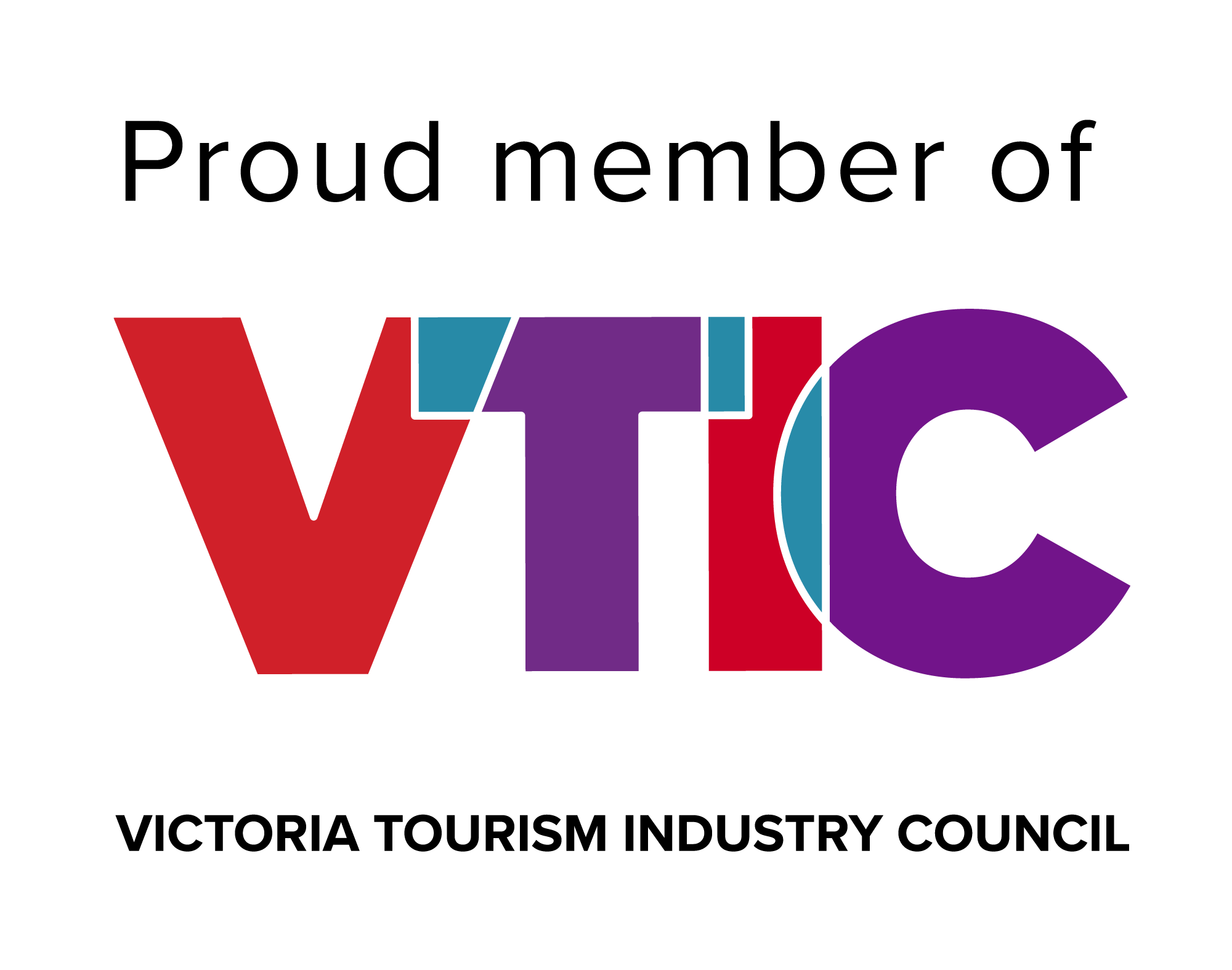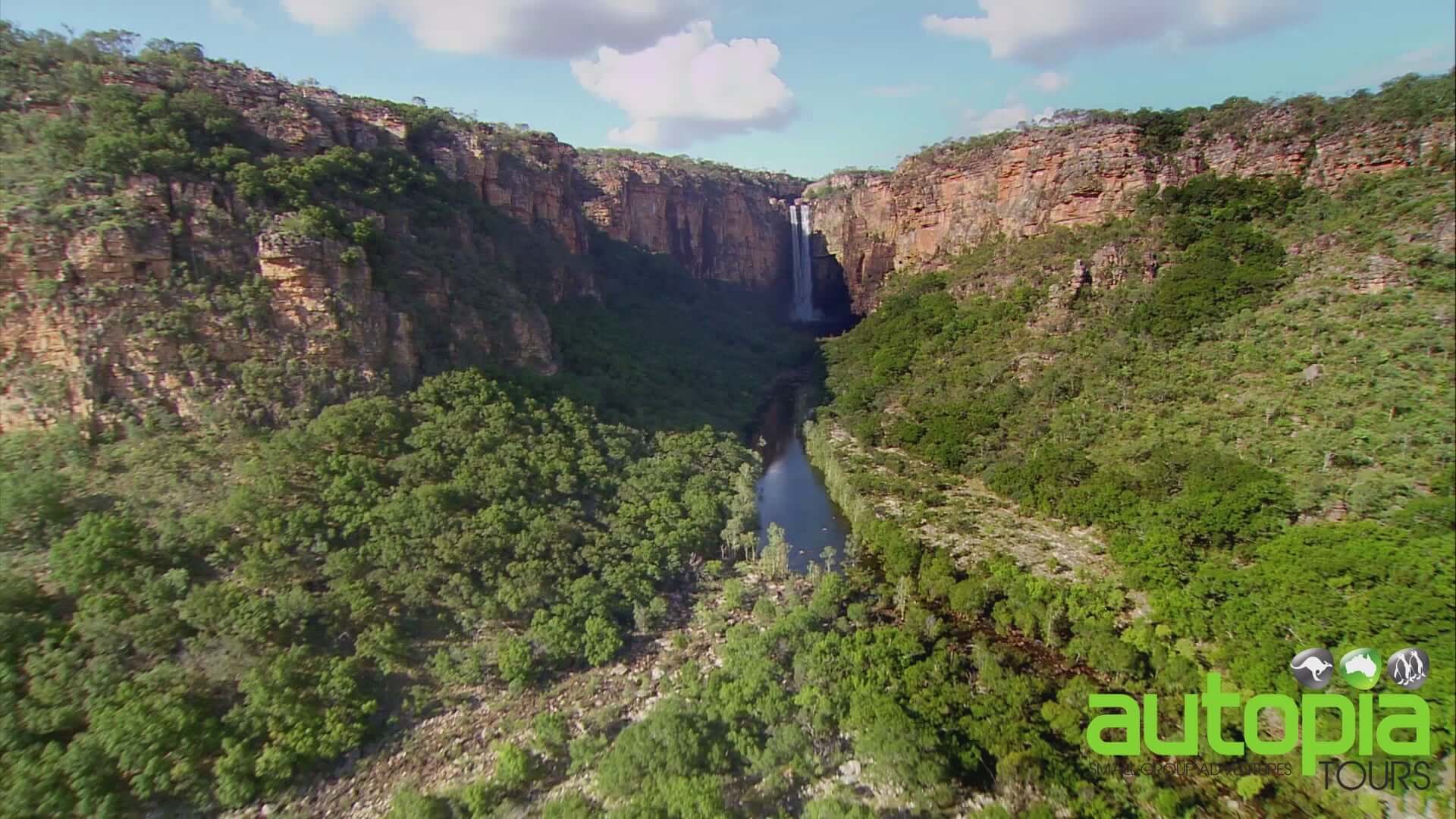
Kakadu & Litchfield: Waterfalls & Wetlands | 3-Day Camping Adventure
📍 Katherine, Aus | Guided | All Inclusive ✅
Pack the Top End into three epic days: cruise croc-lined Mary River wetlands, watch Ubirr blaze at sunset, hike to Kakadu’s seasonal cascades, then cool off in Litchfield’s rockholes.
Darwin > Darwin
Moderate
Camping
200% CO₂ Offset
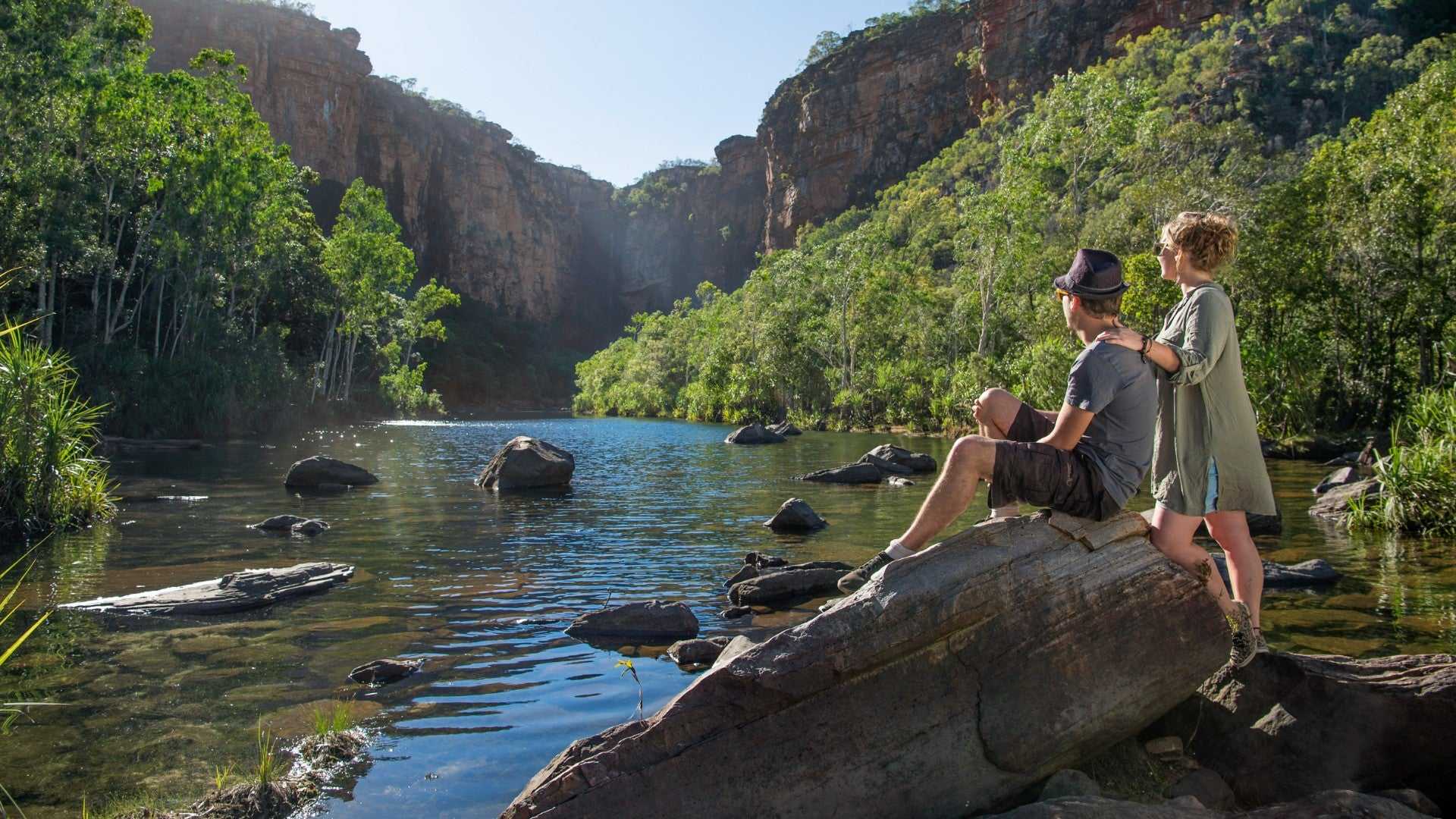
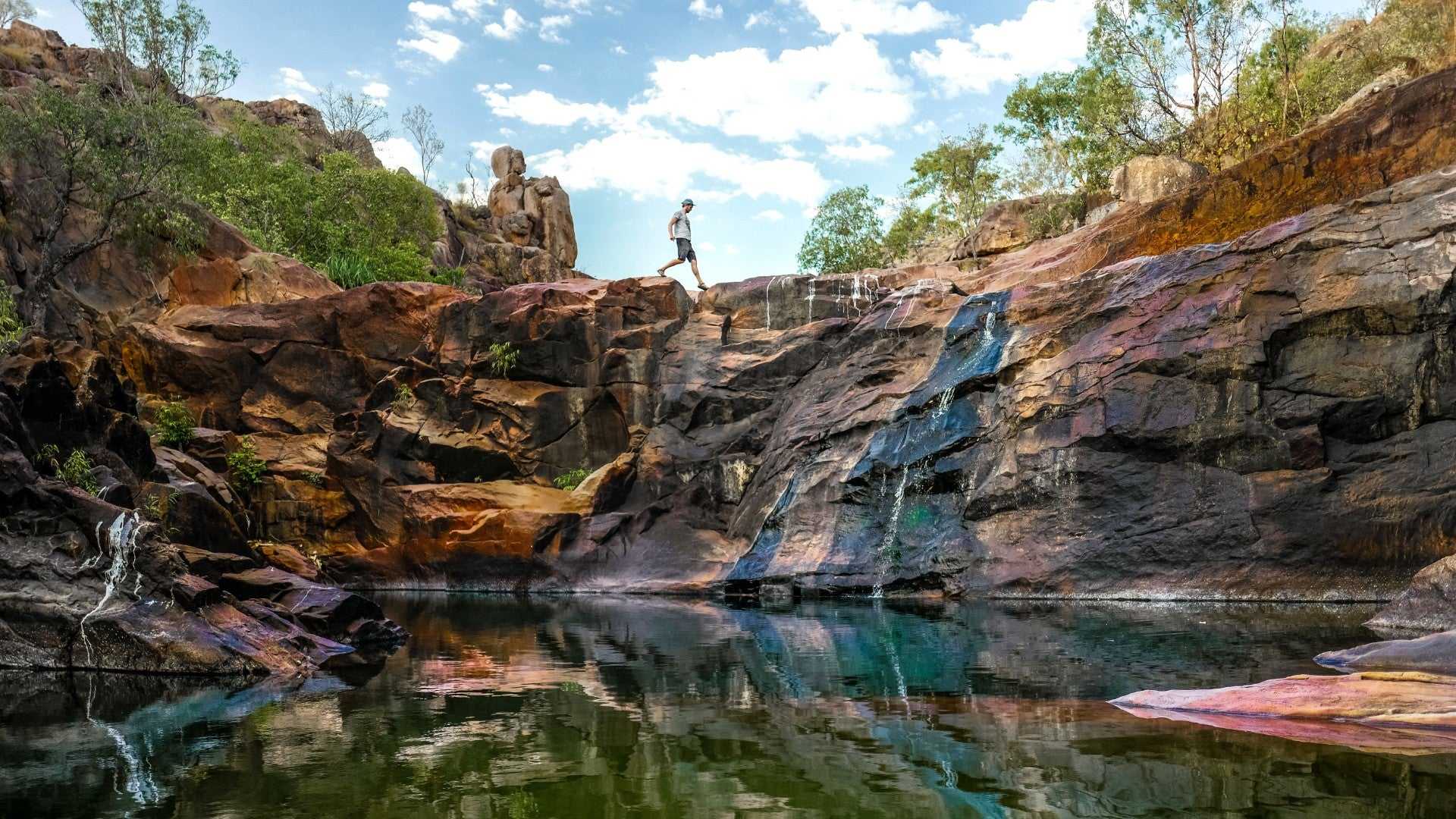
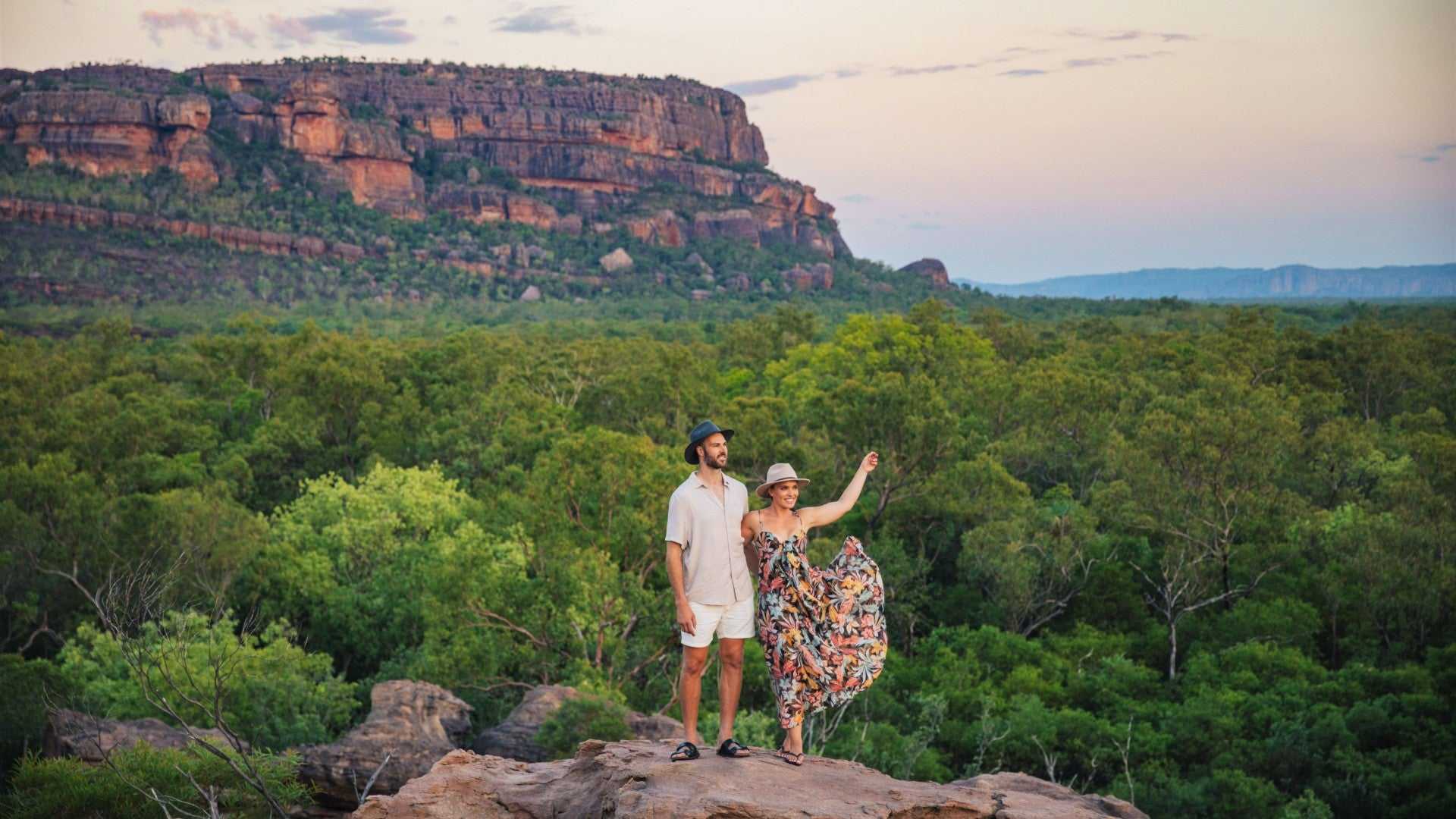
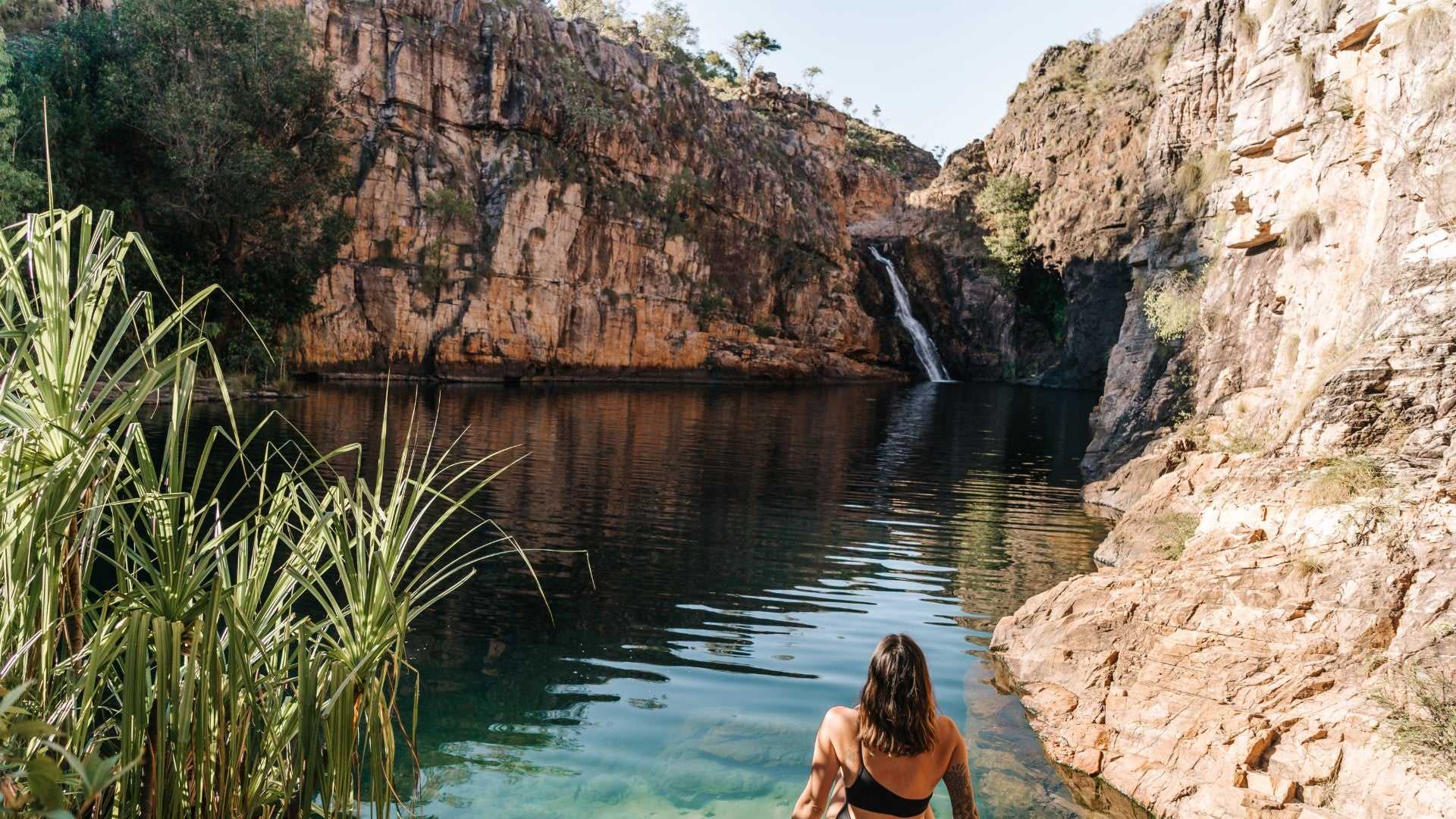
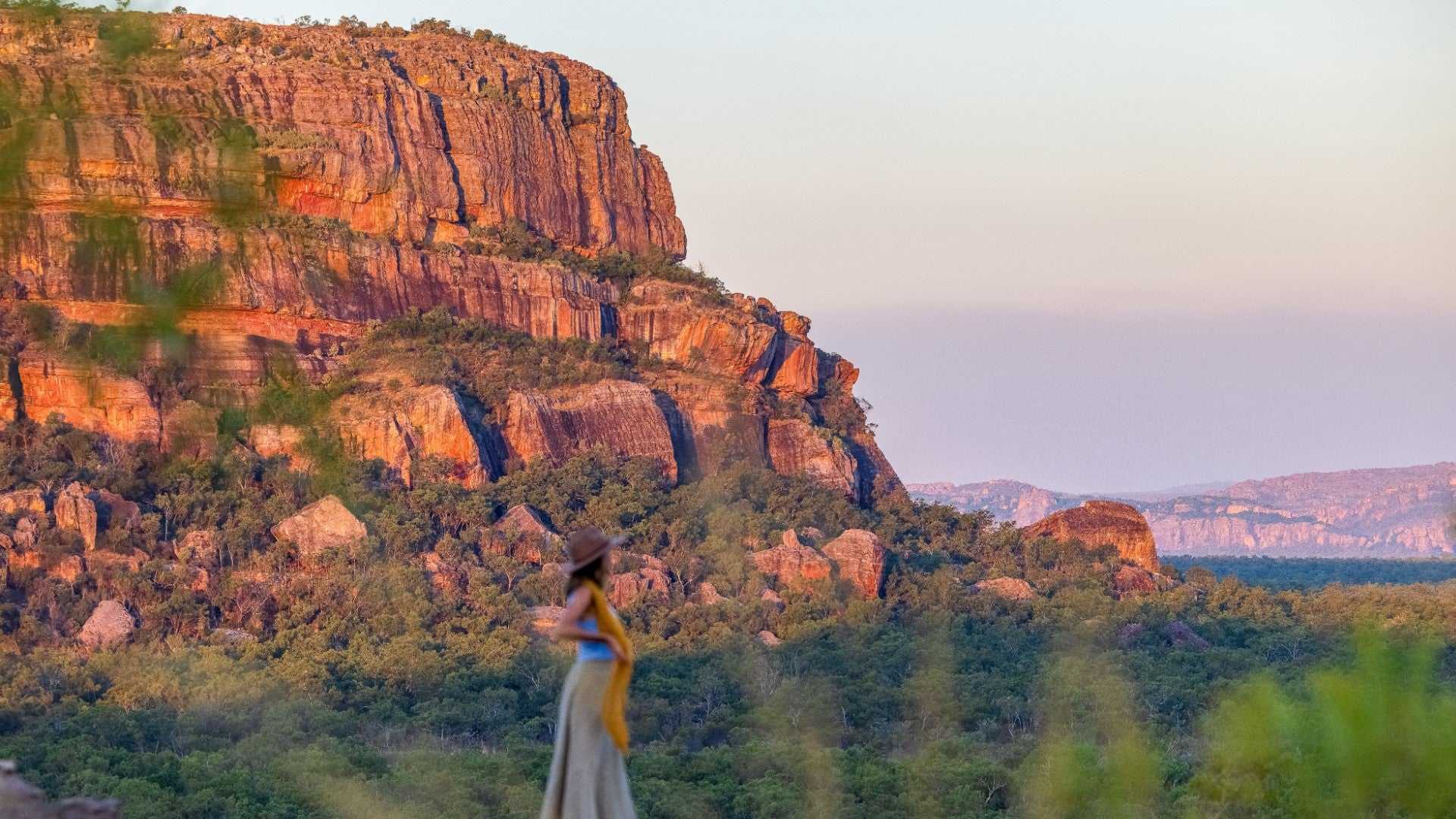

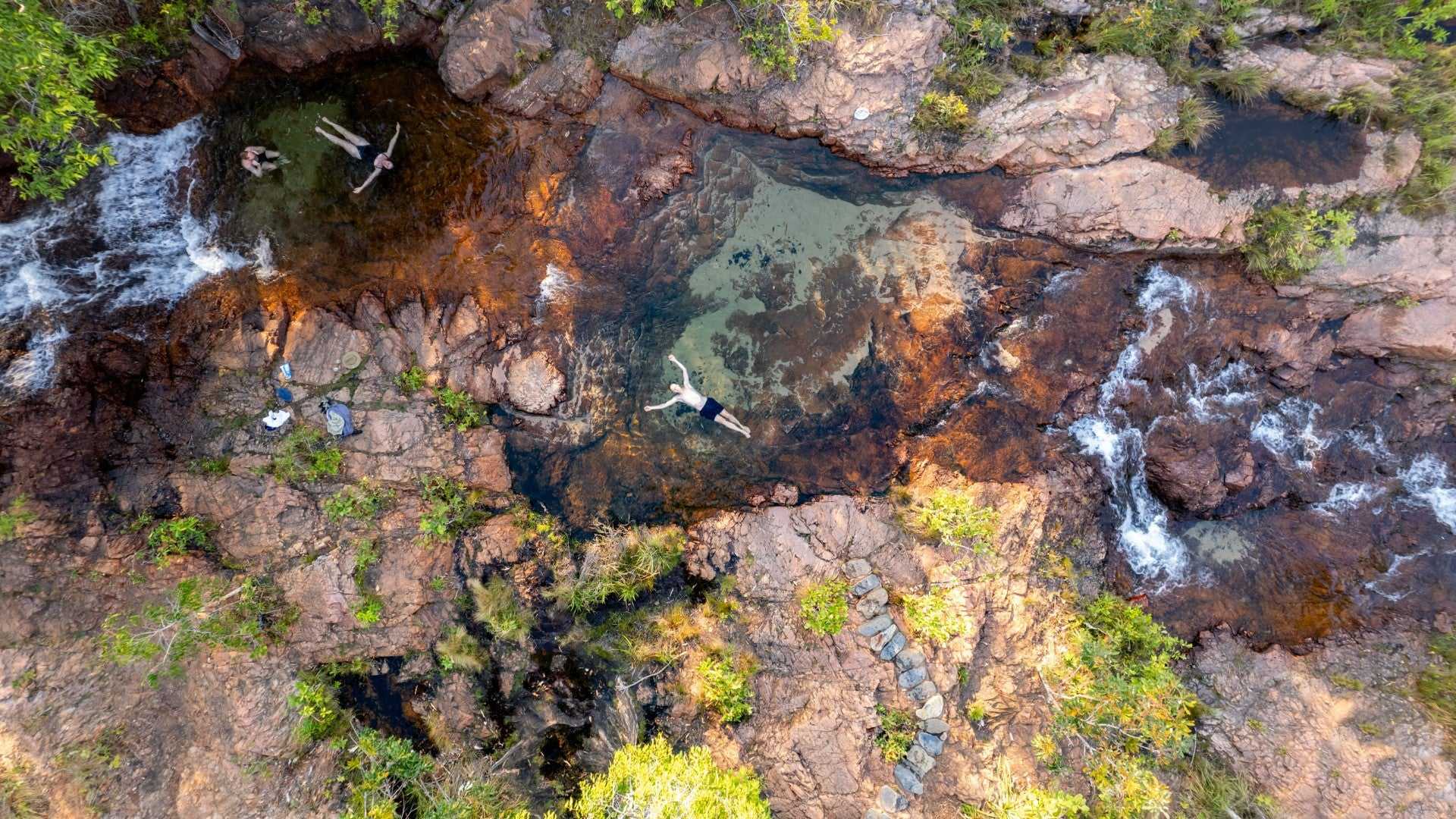
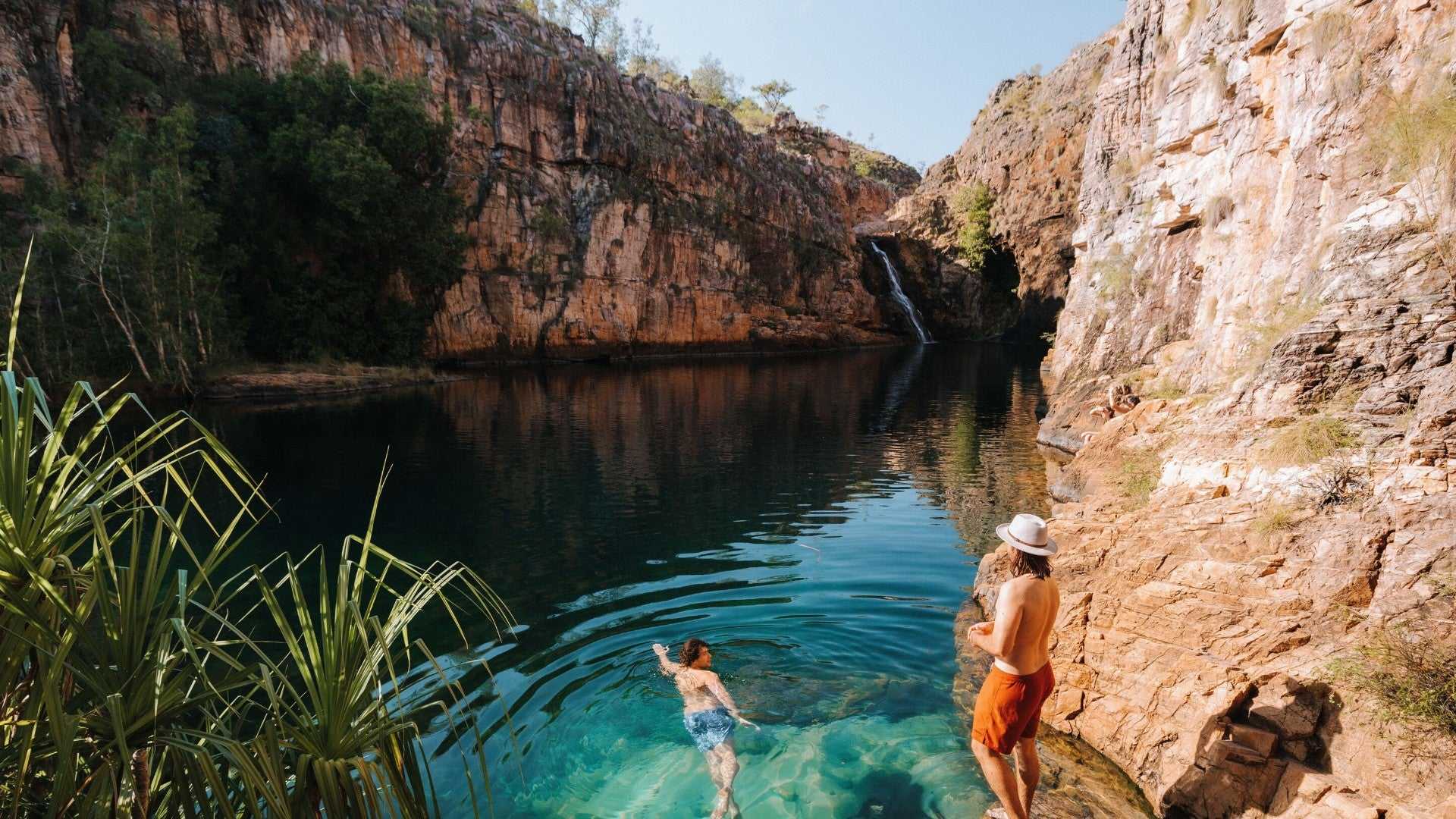
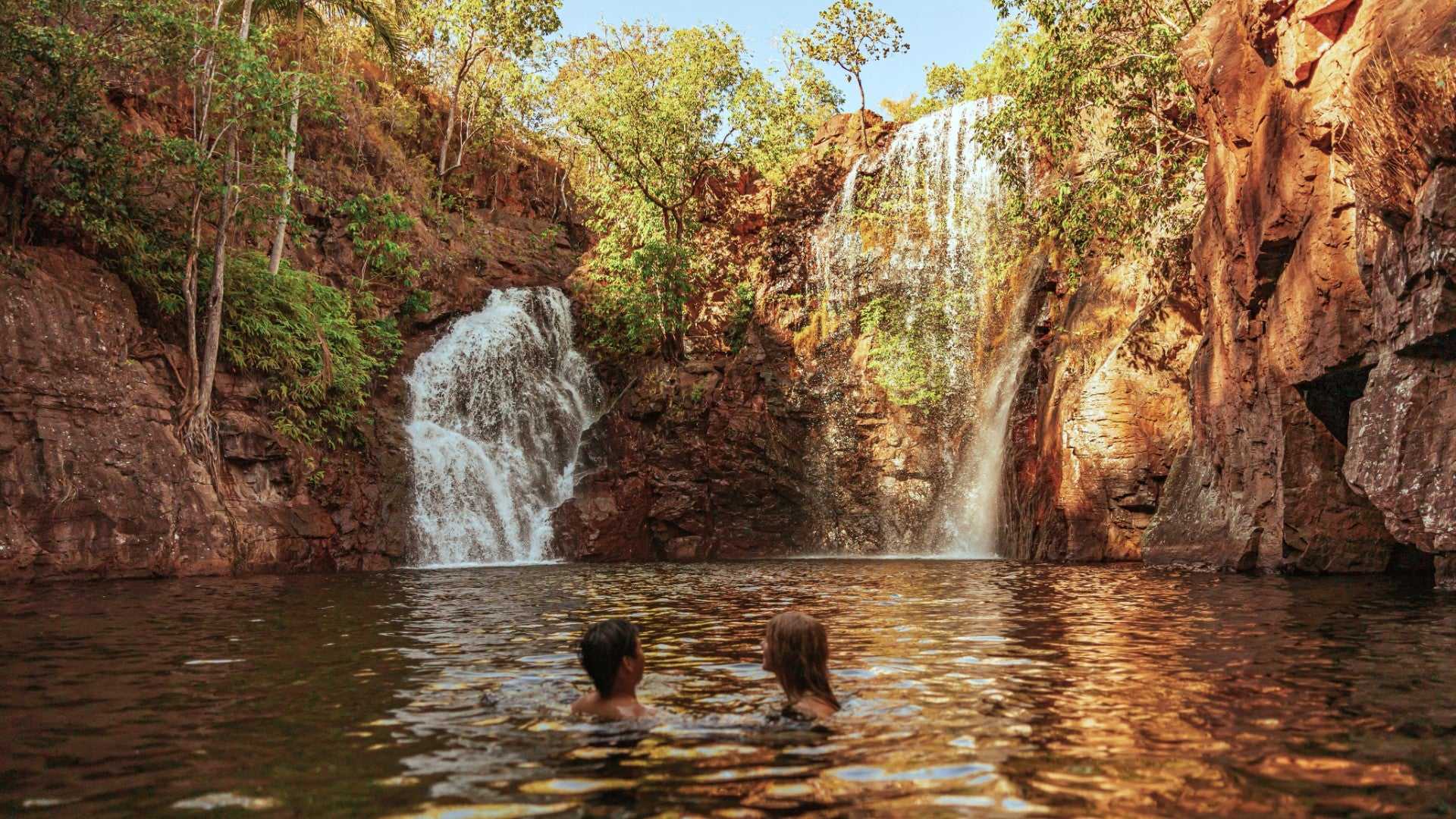
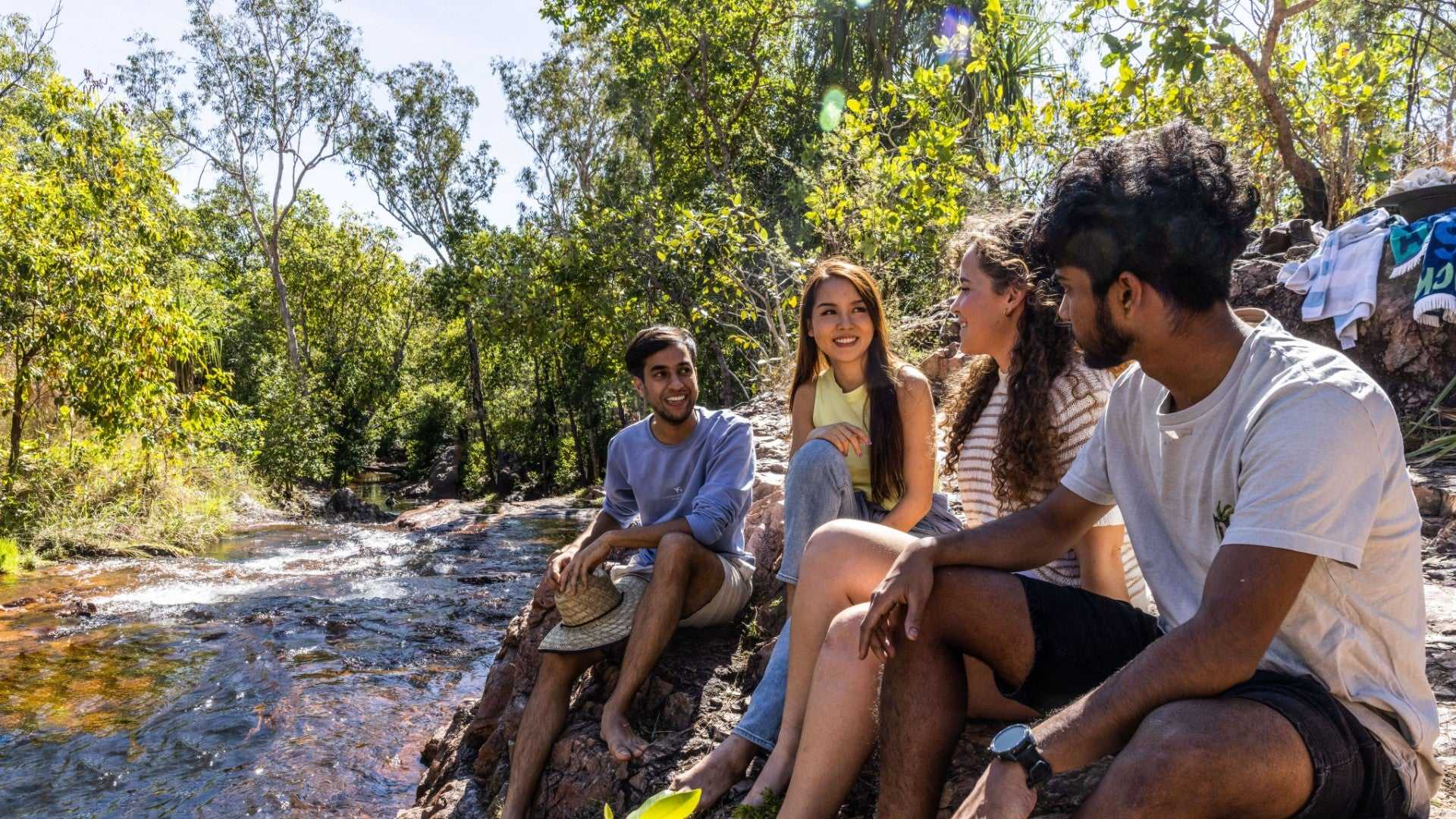
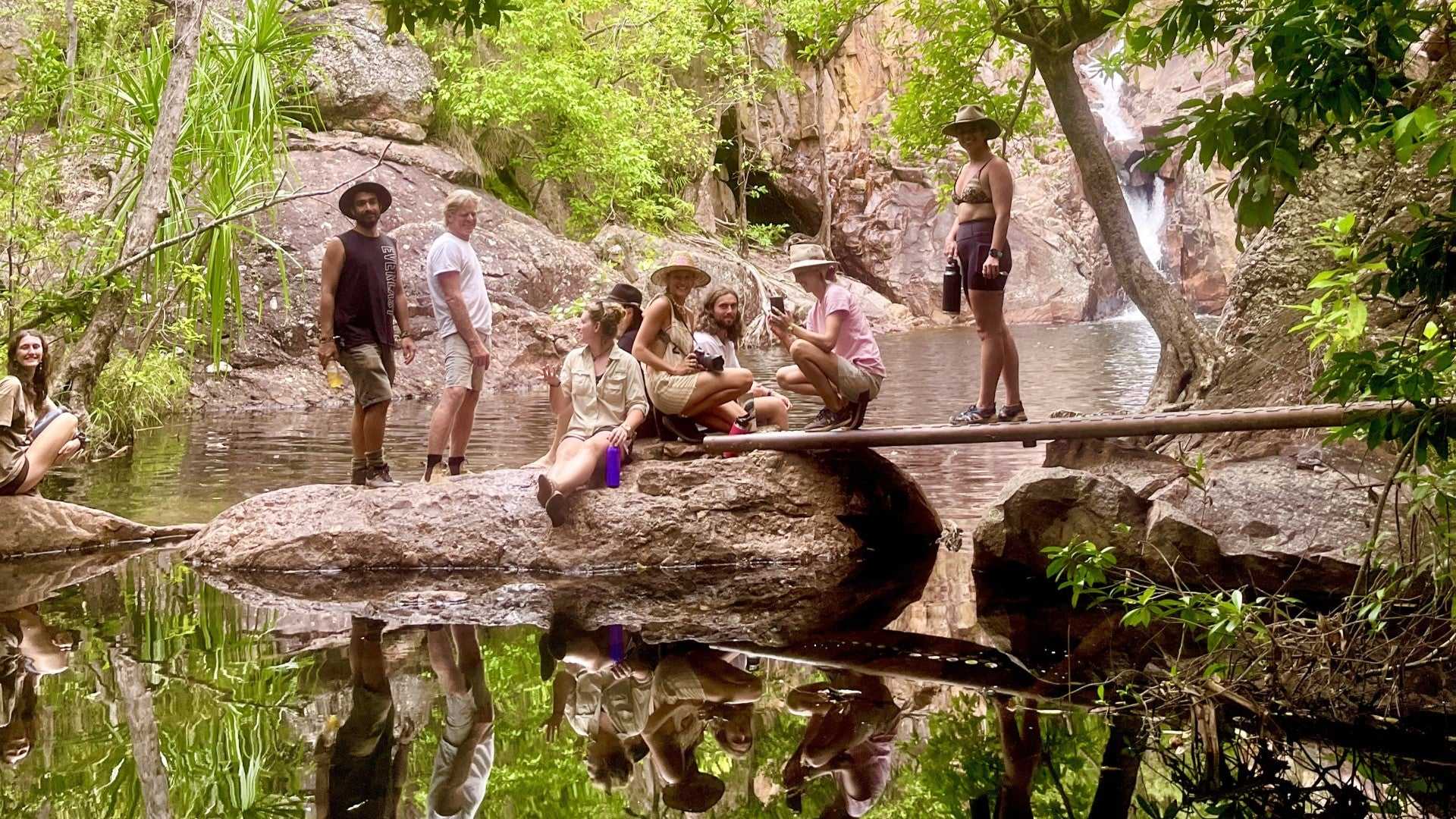
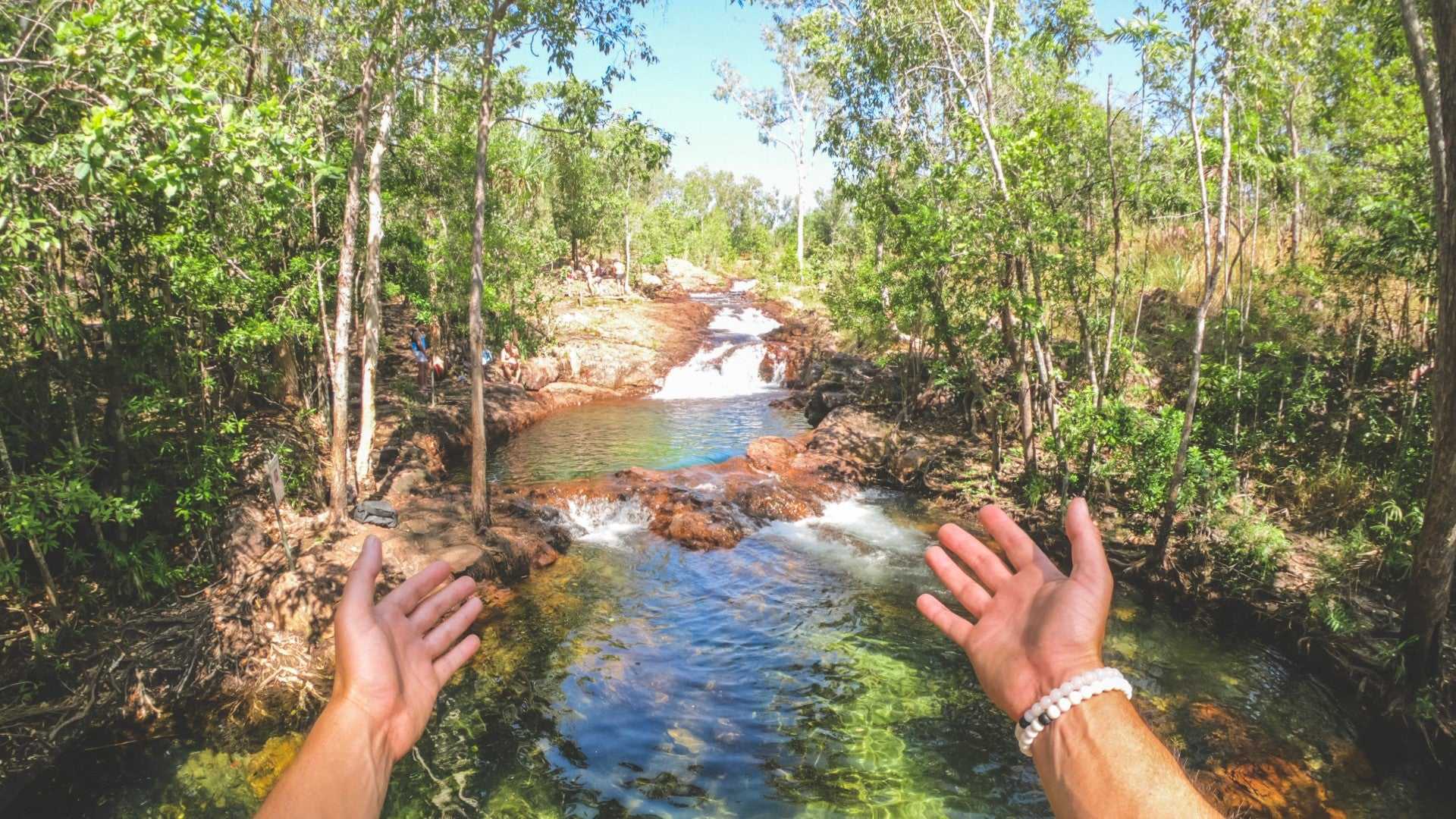
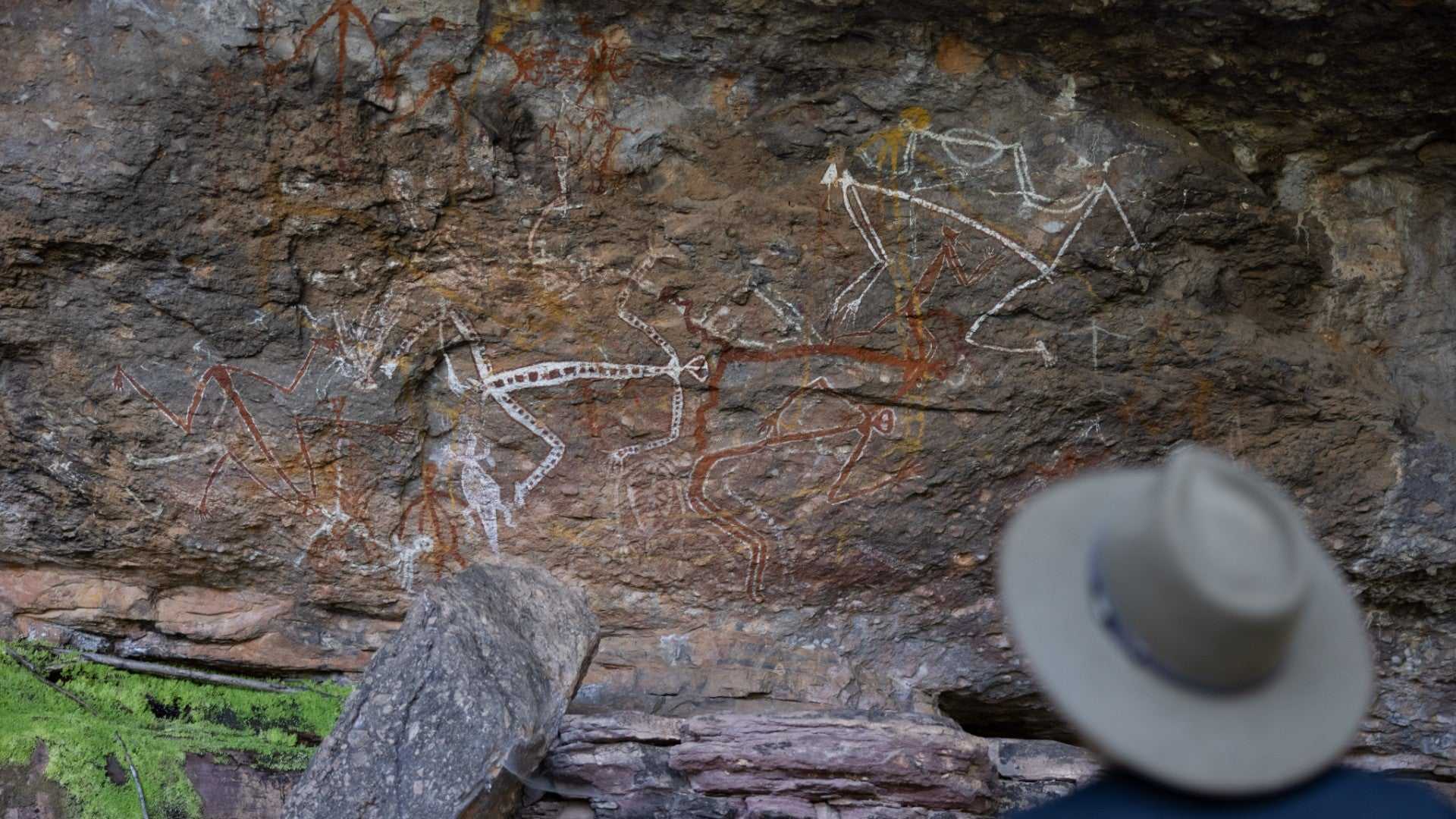
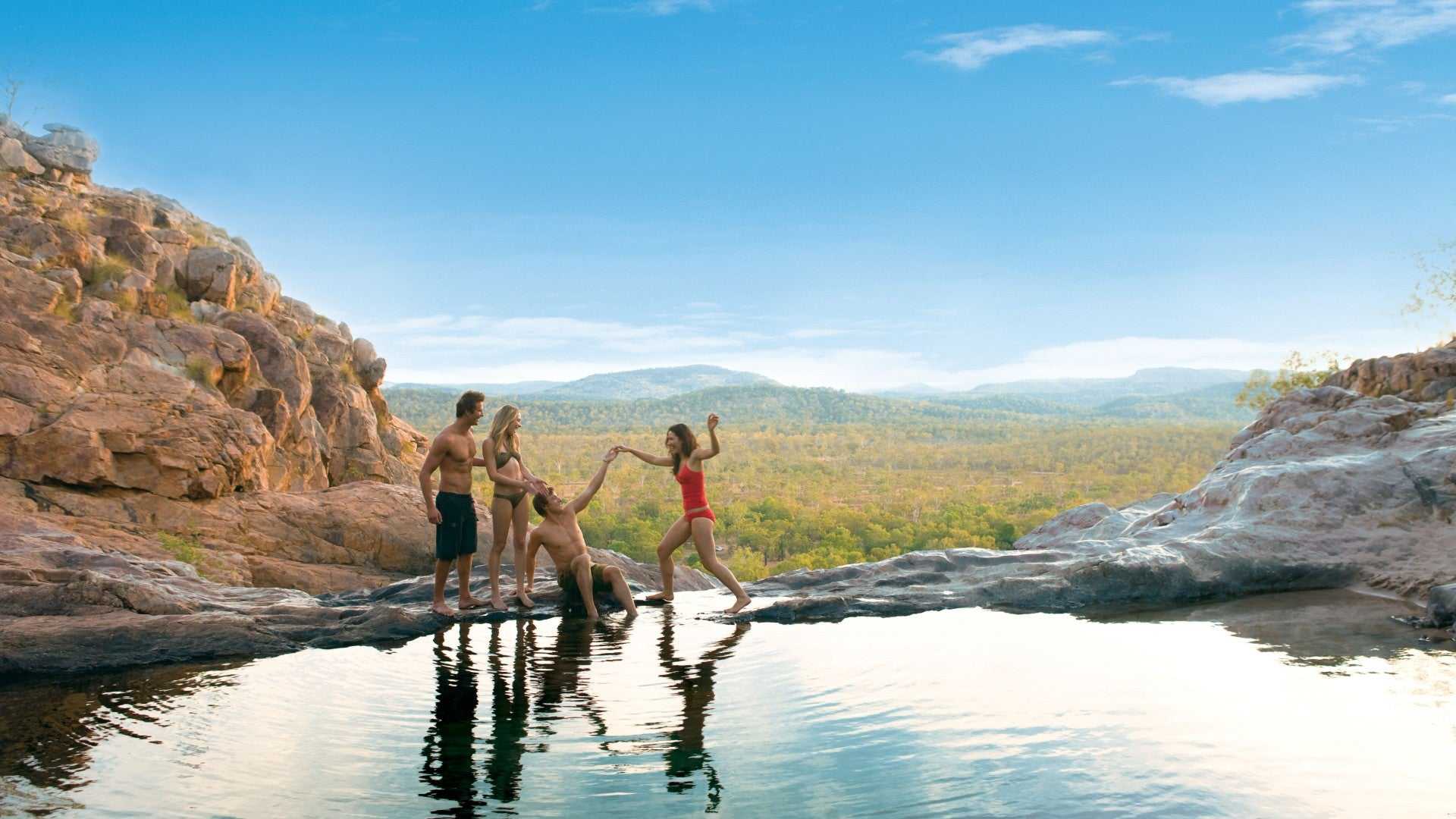
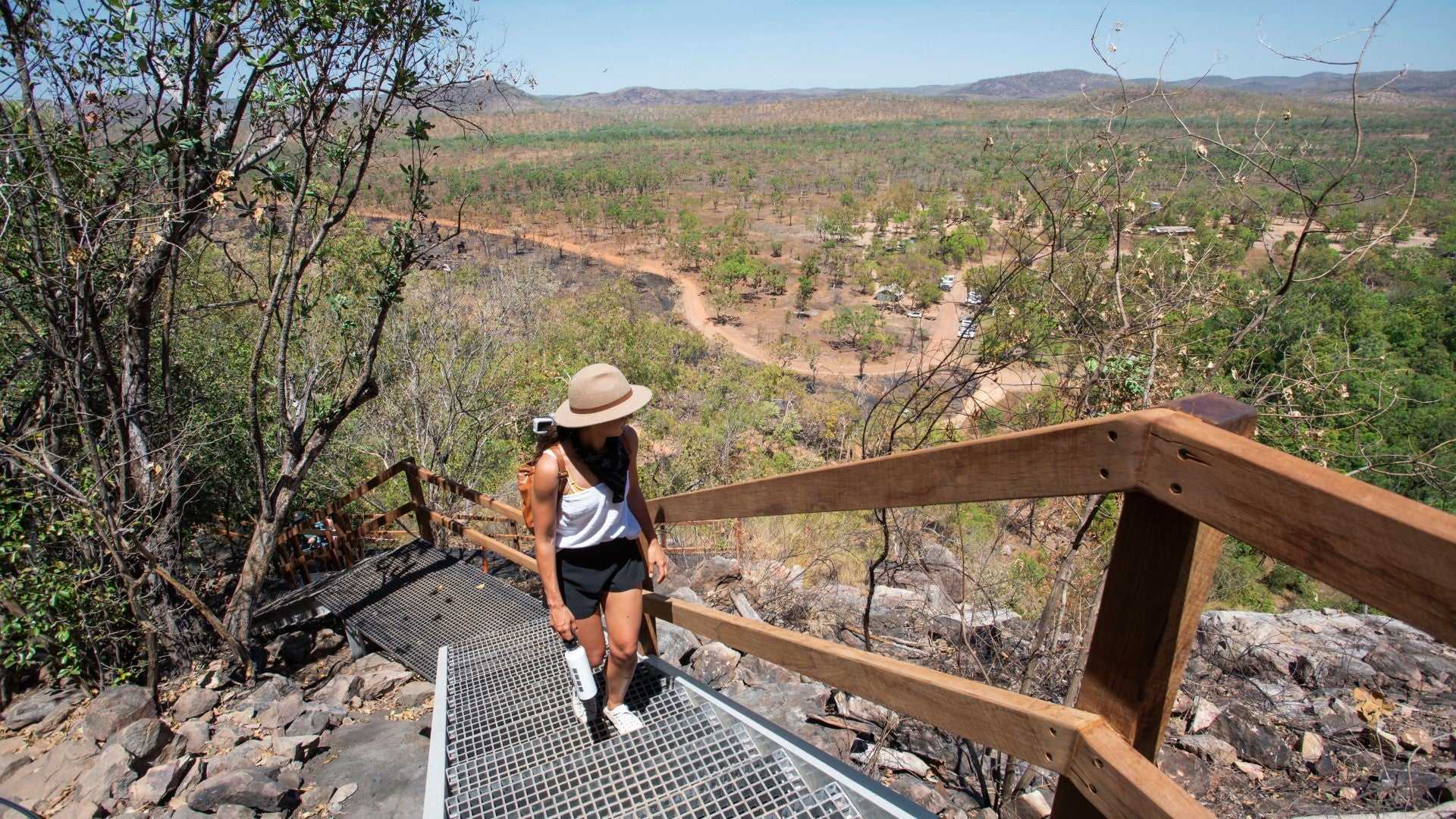
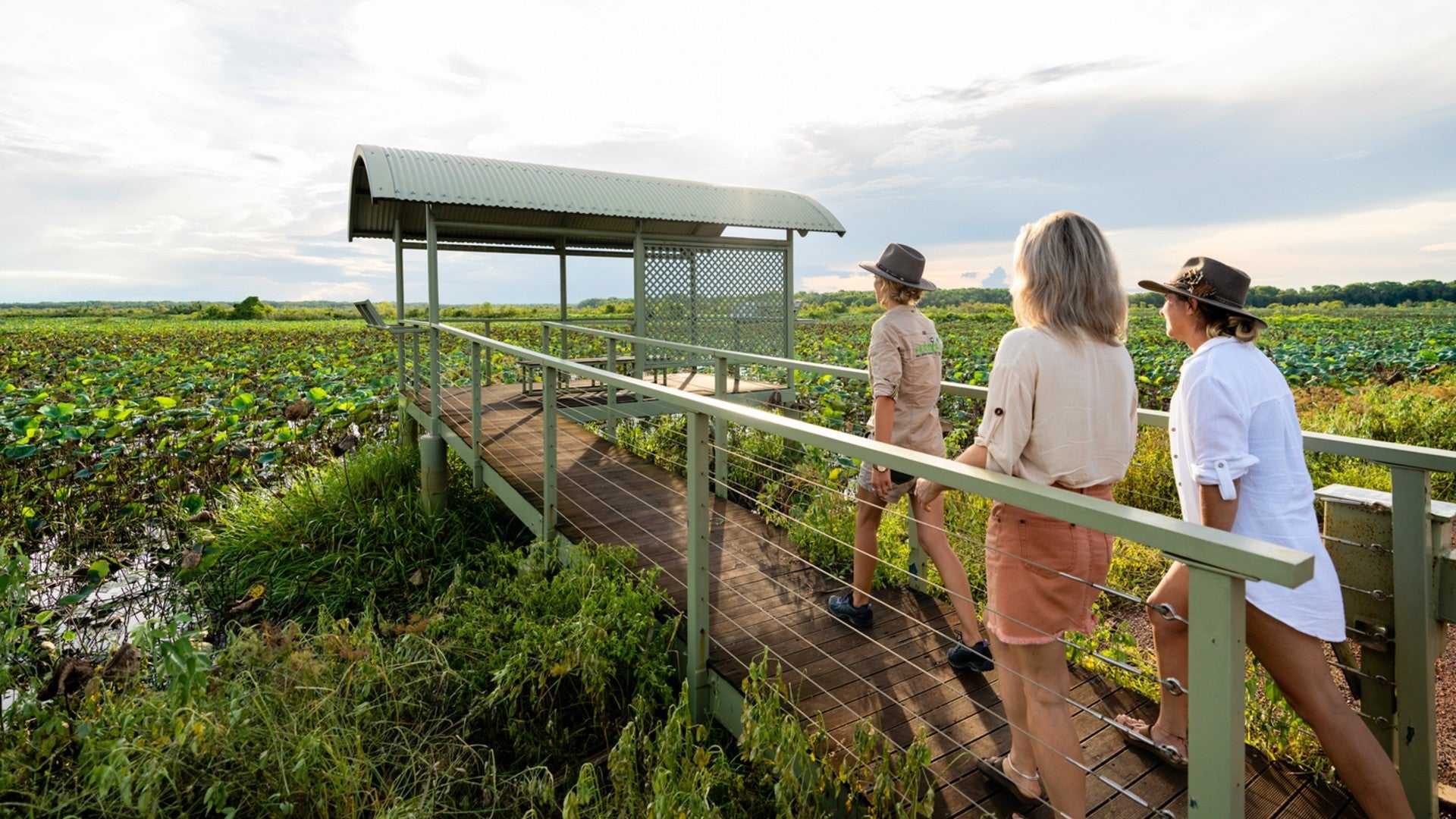
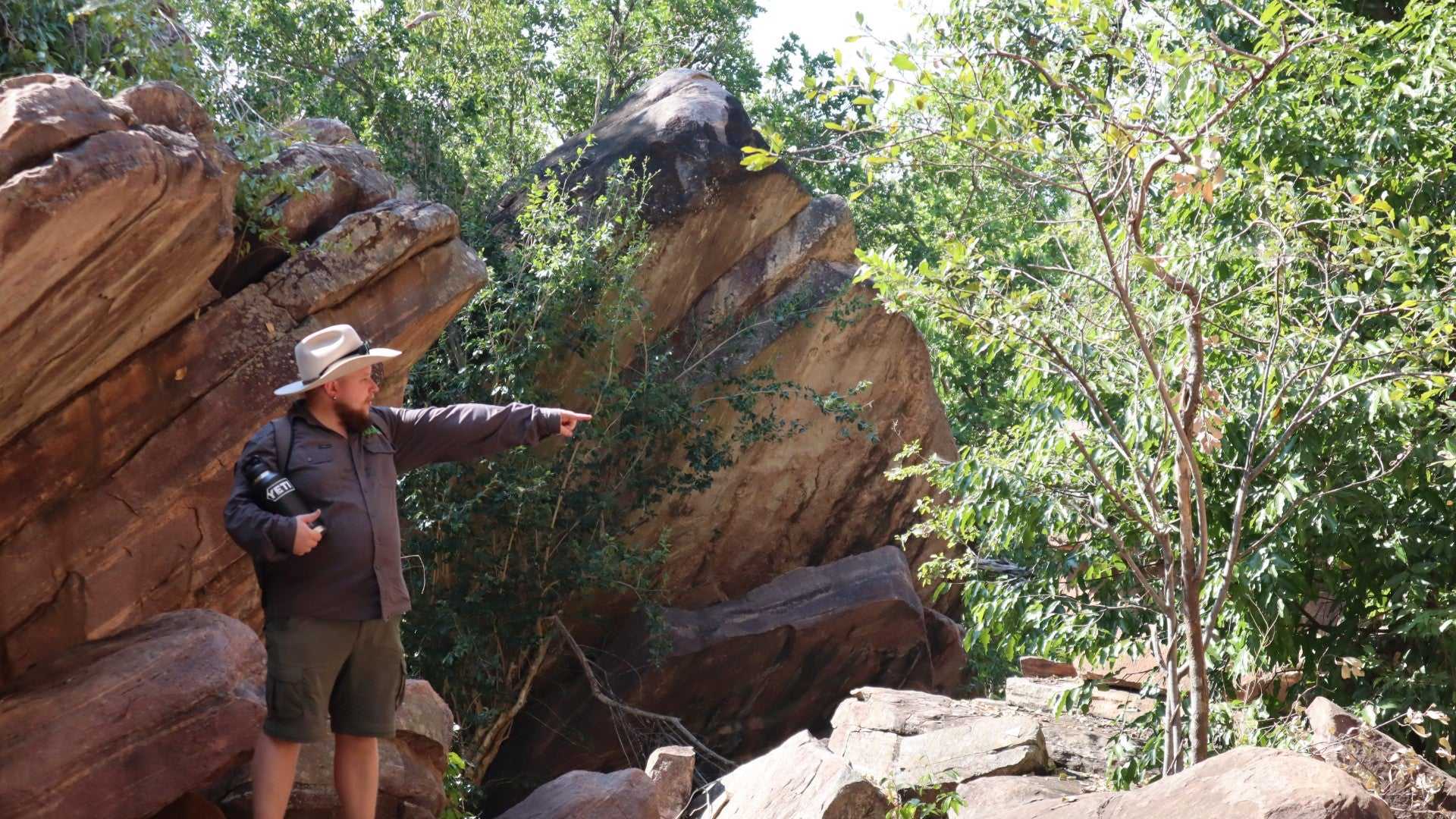
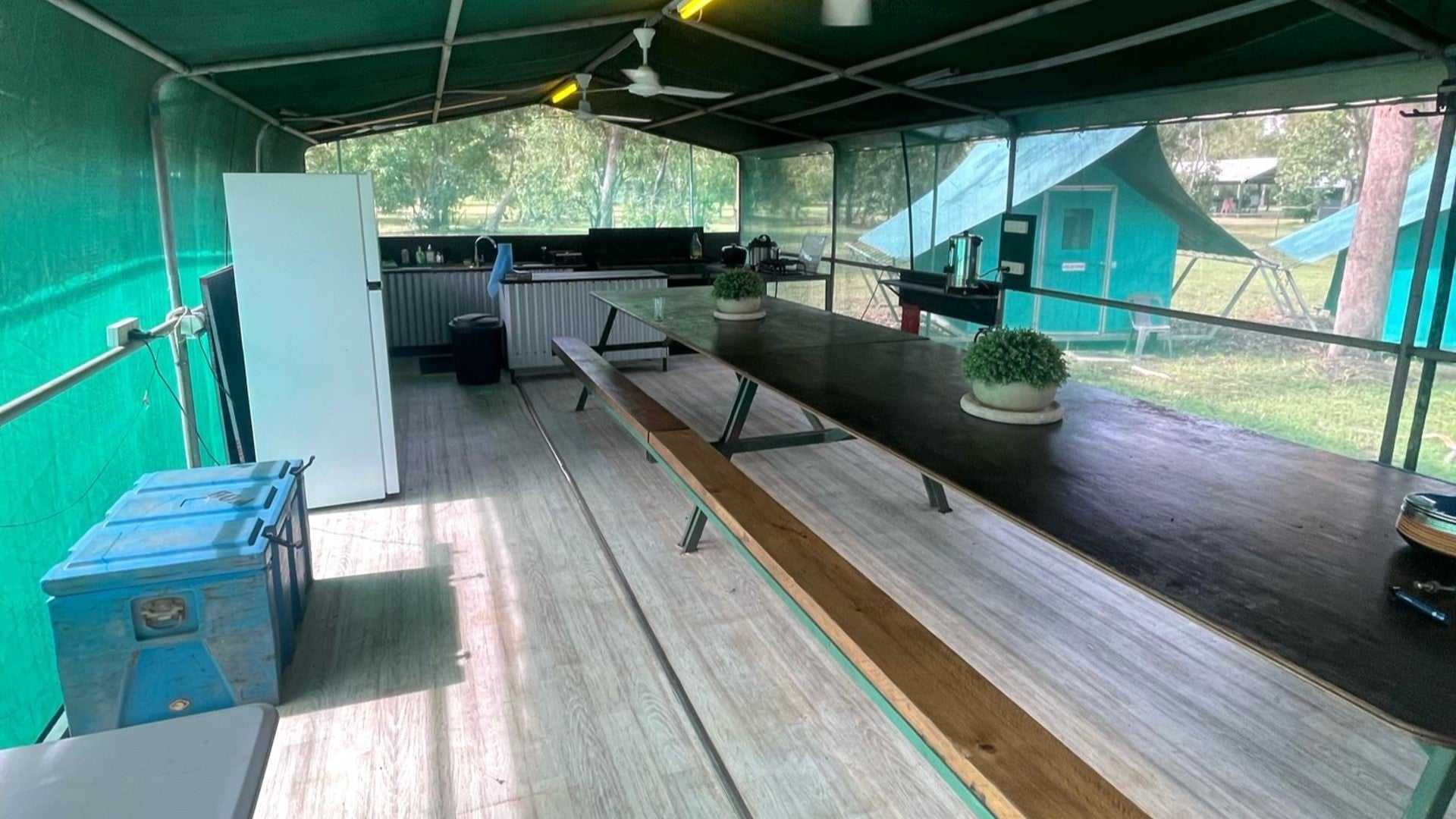

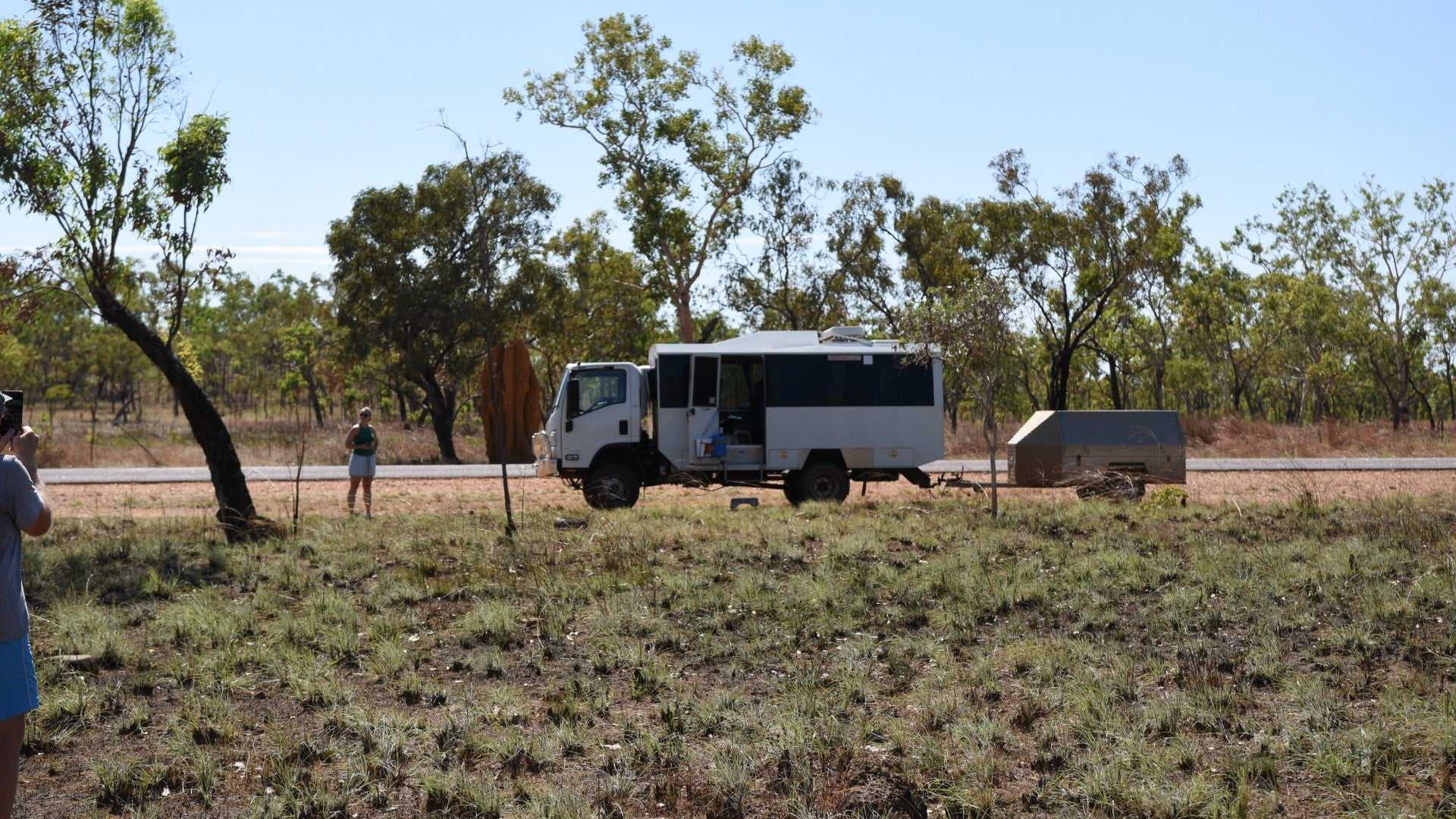
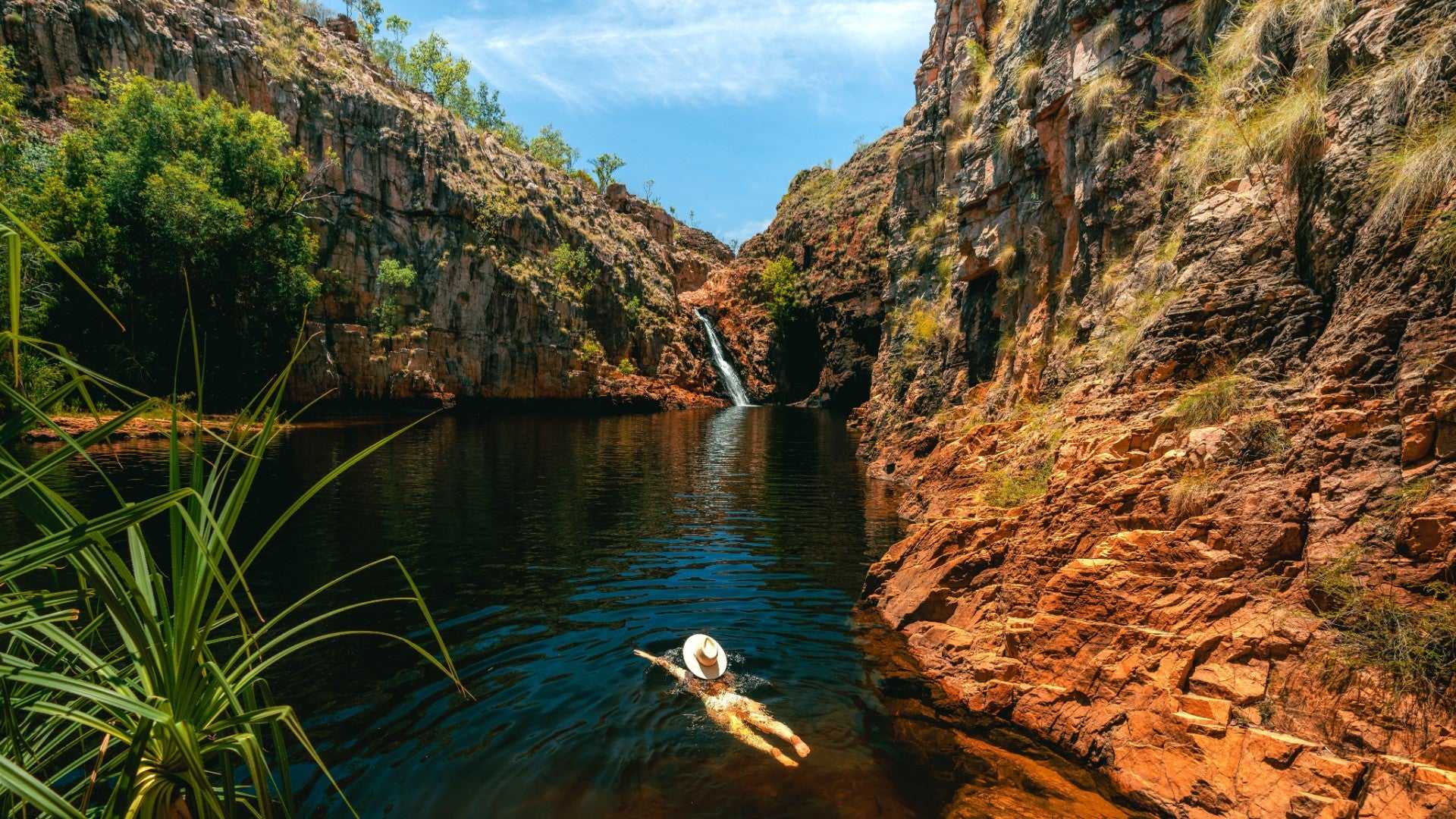
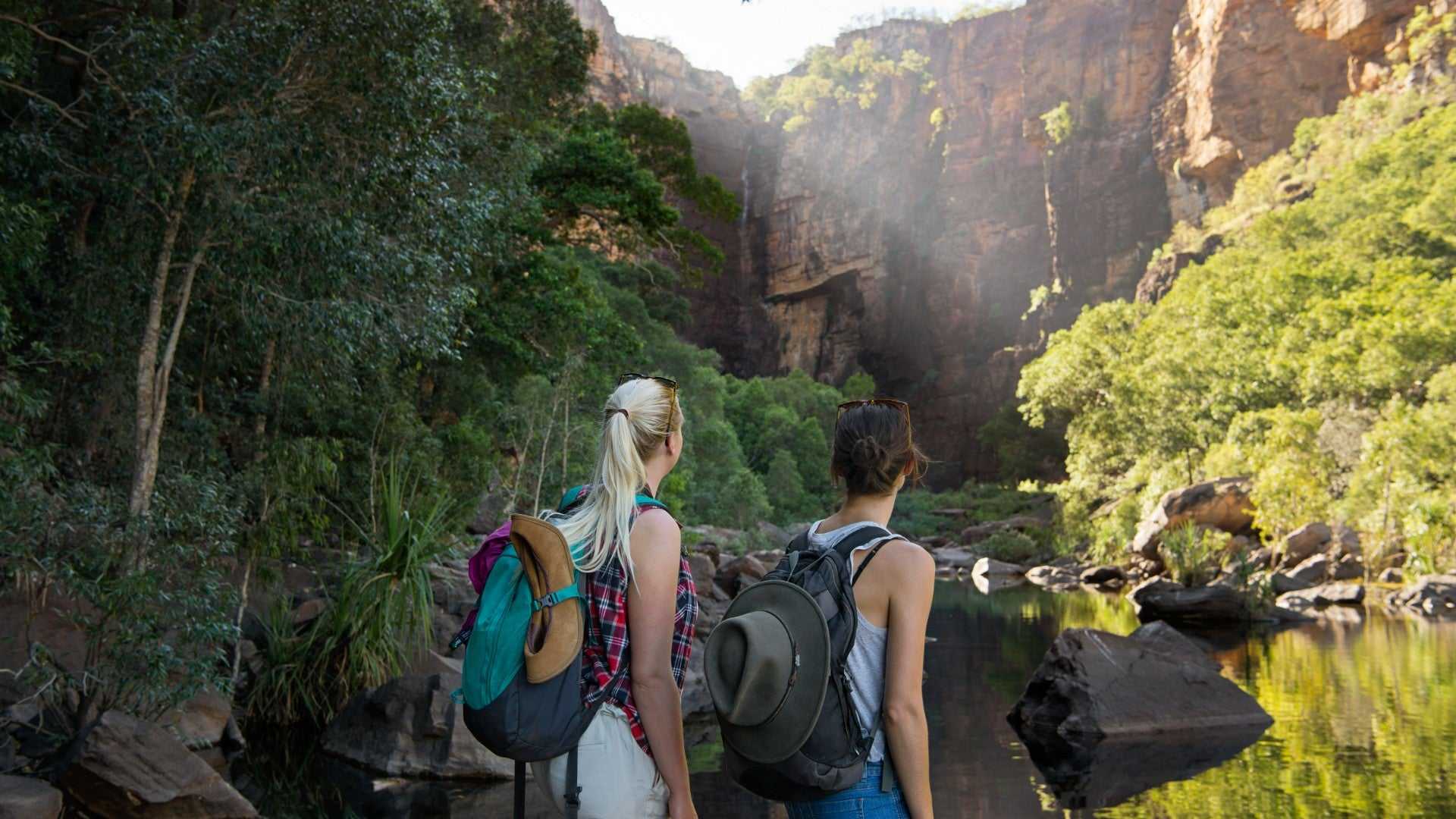
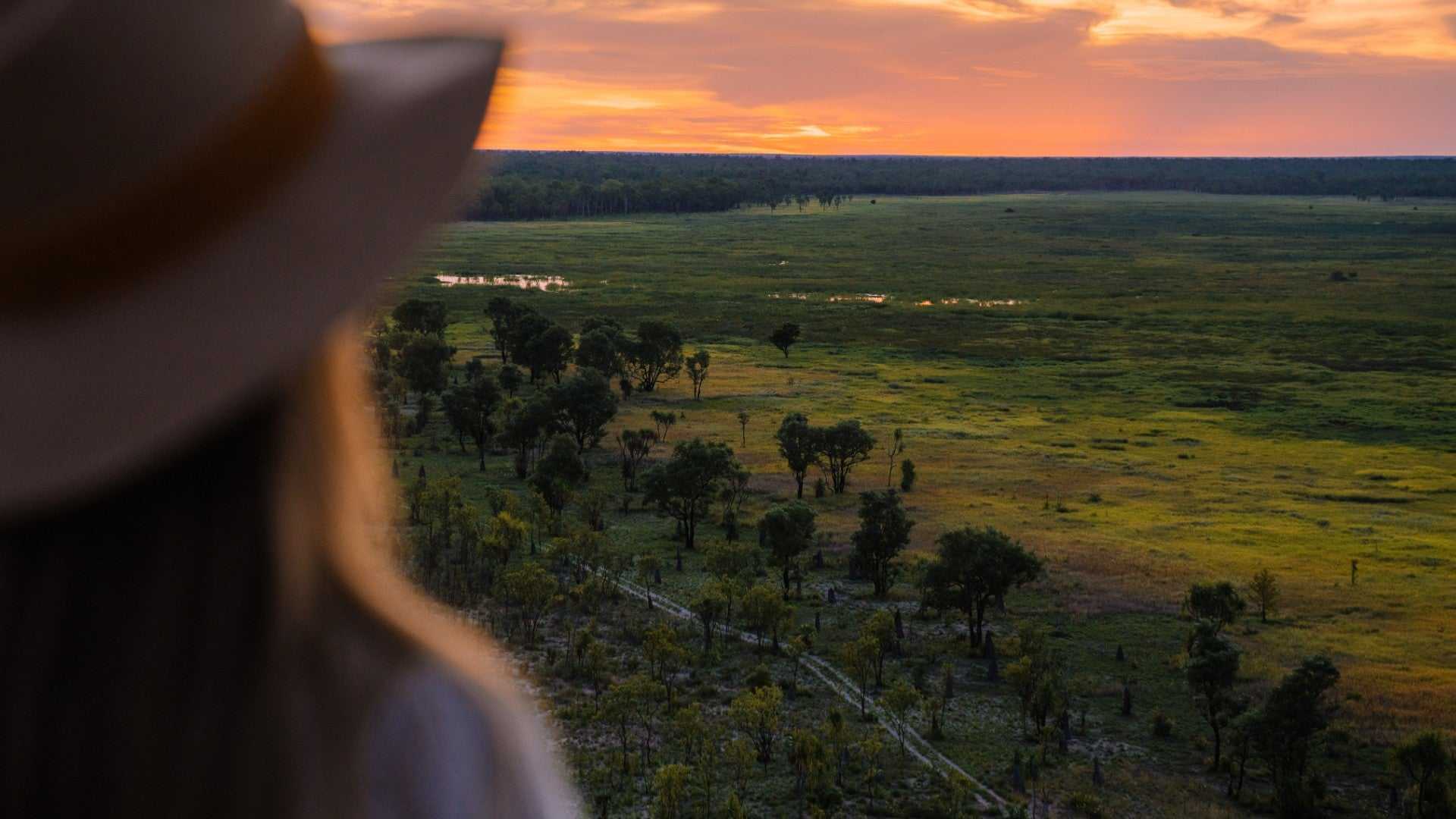
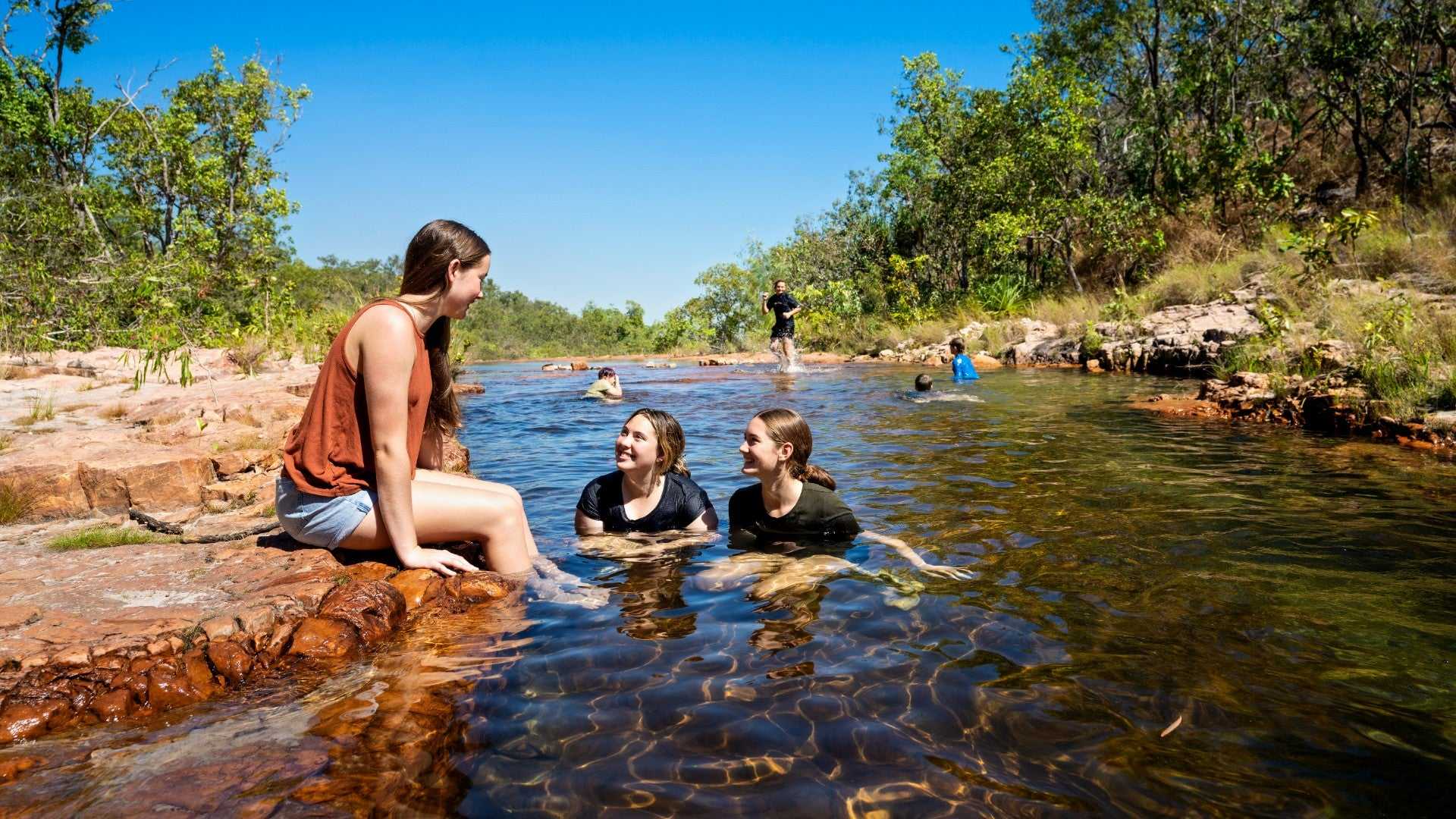
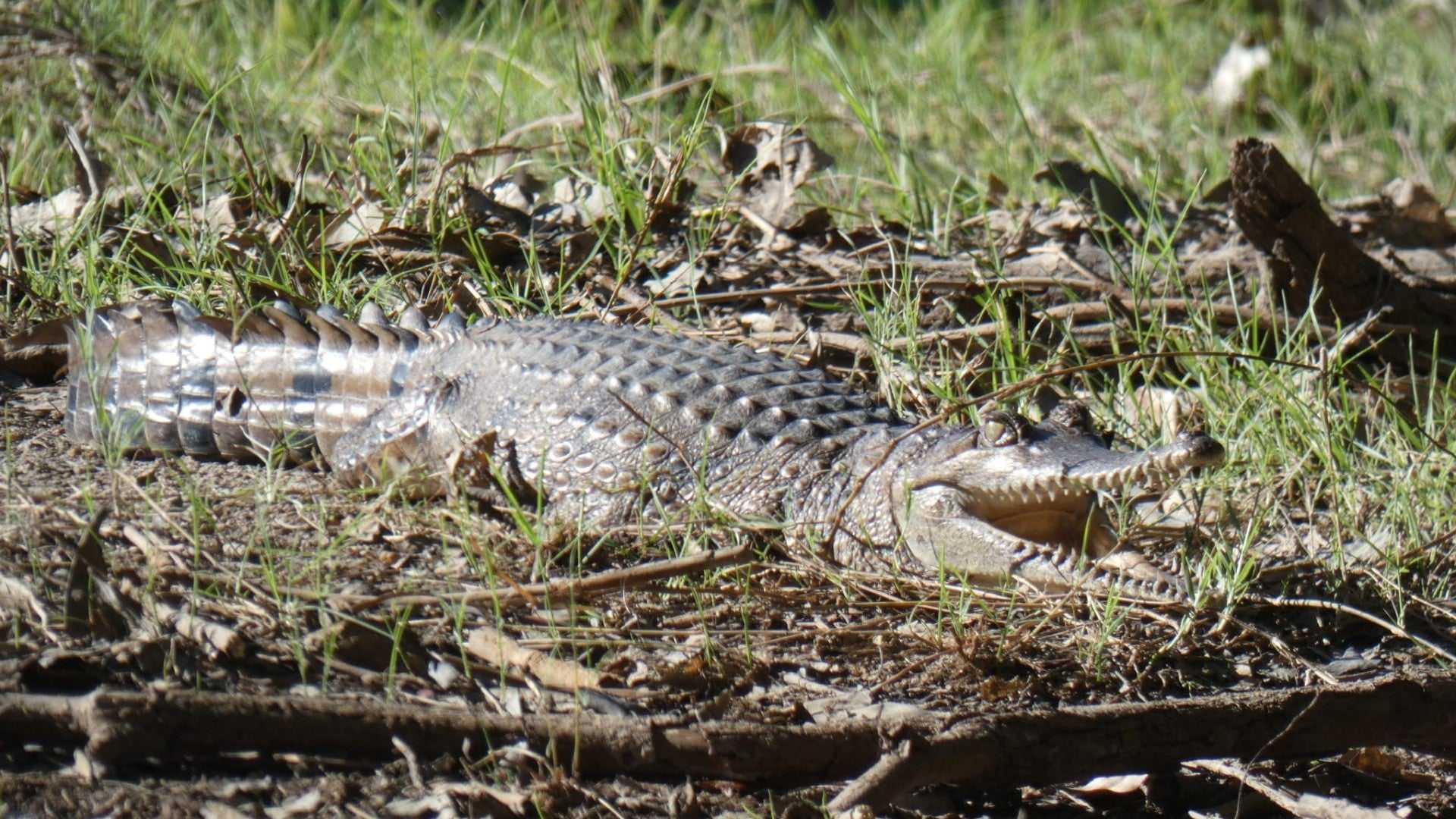
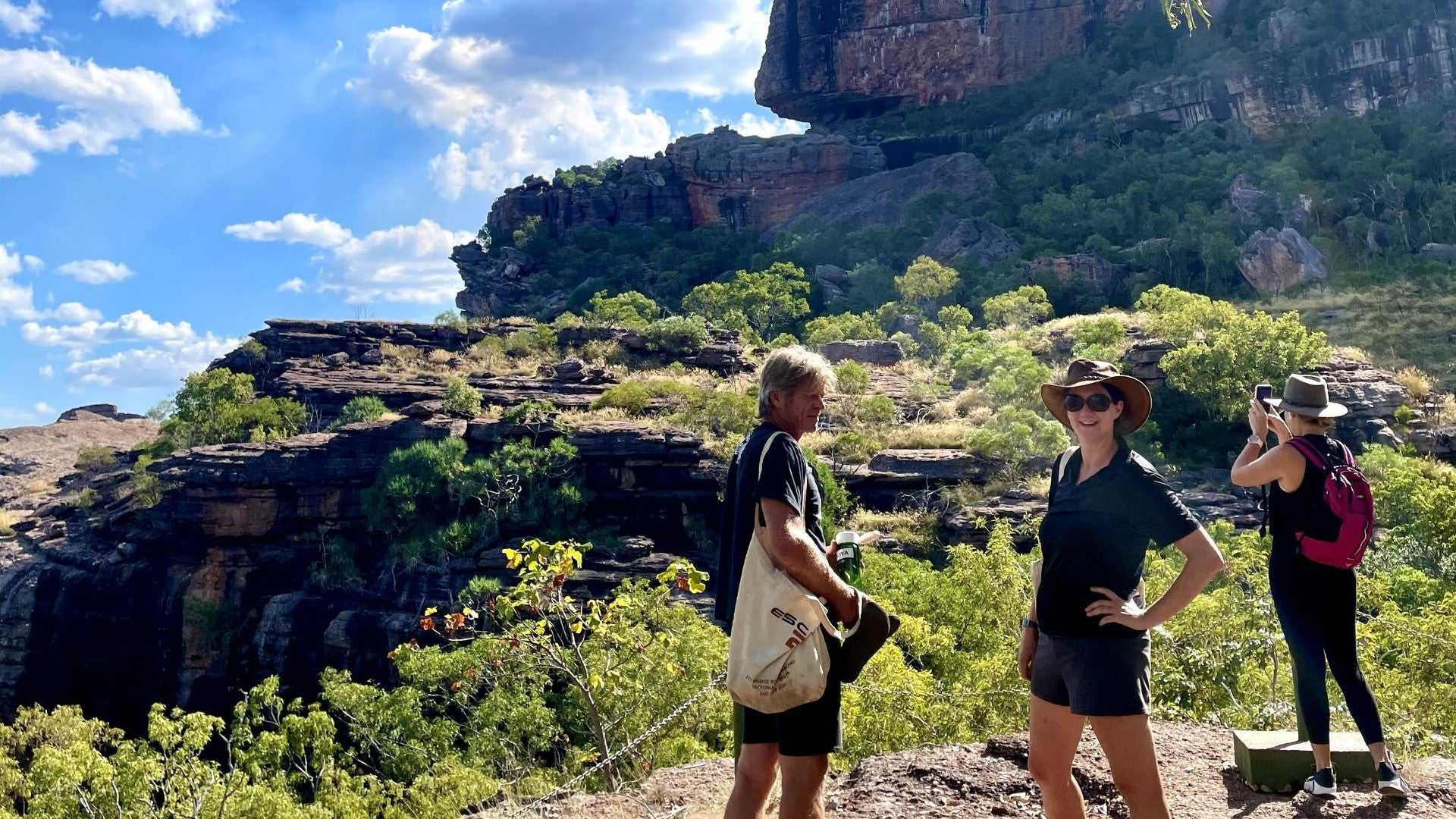
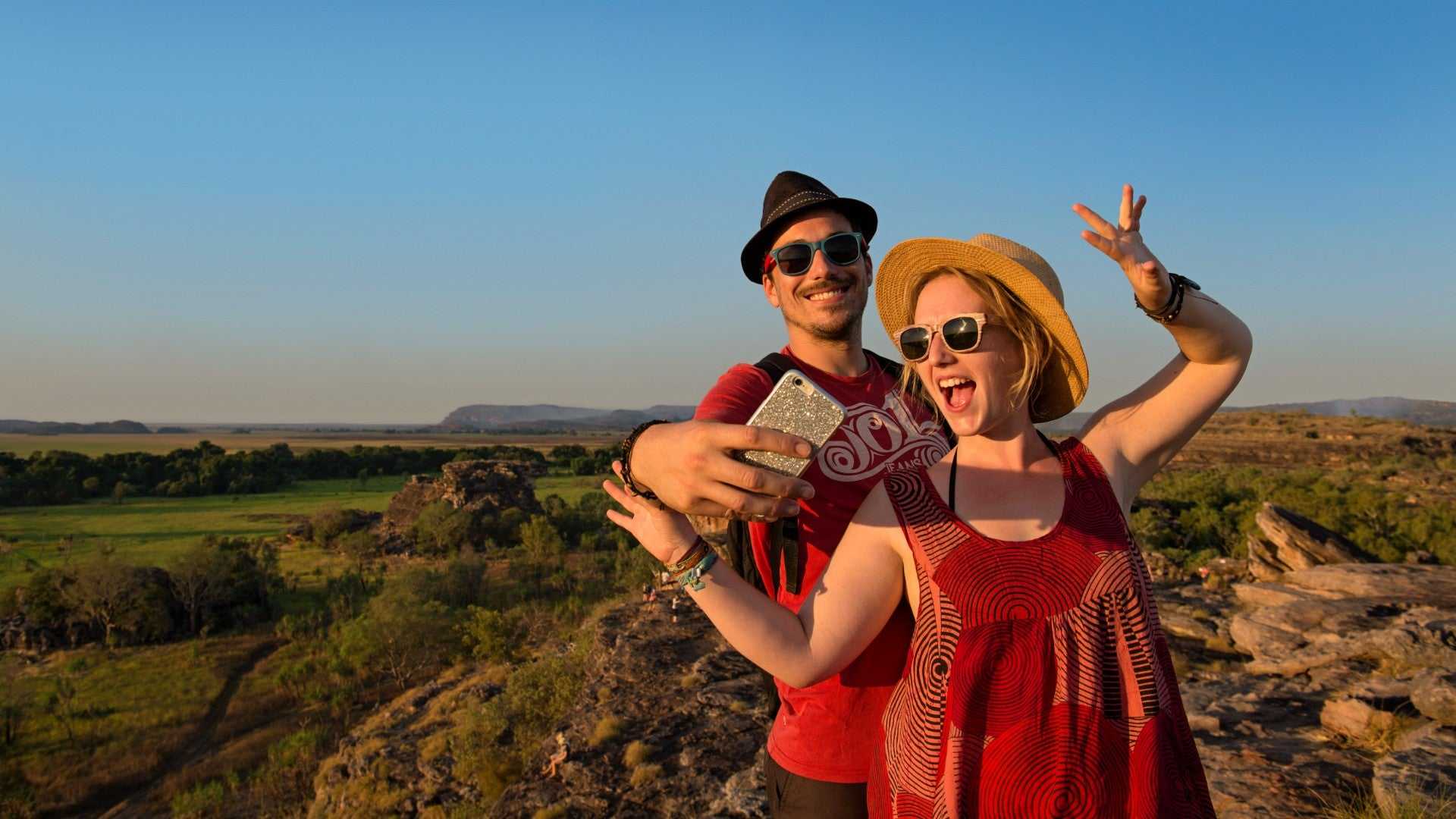
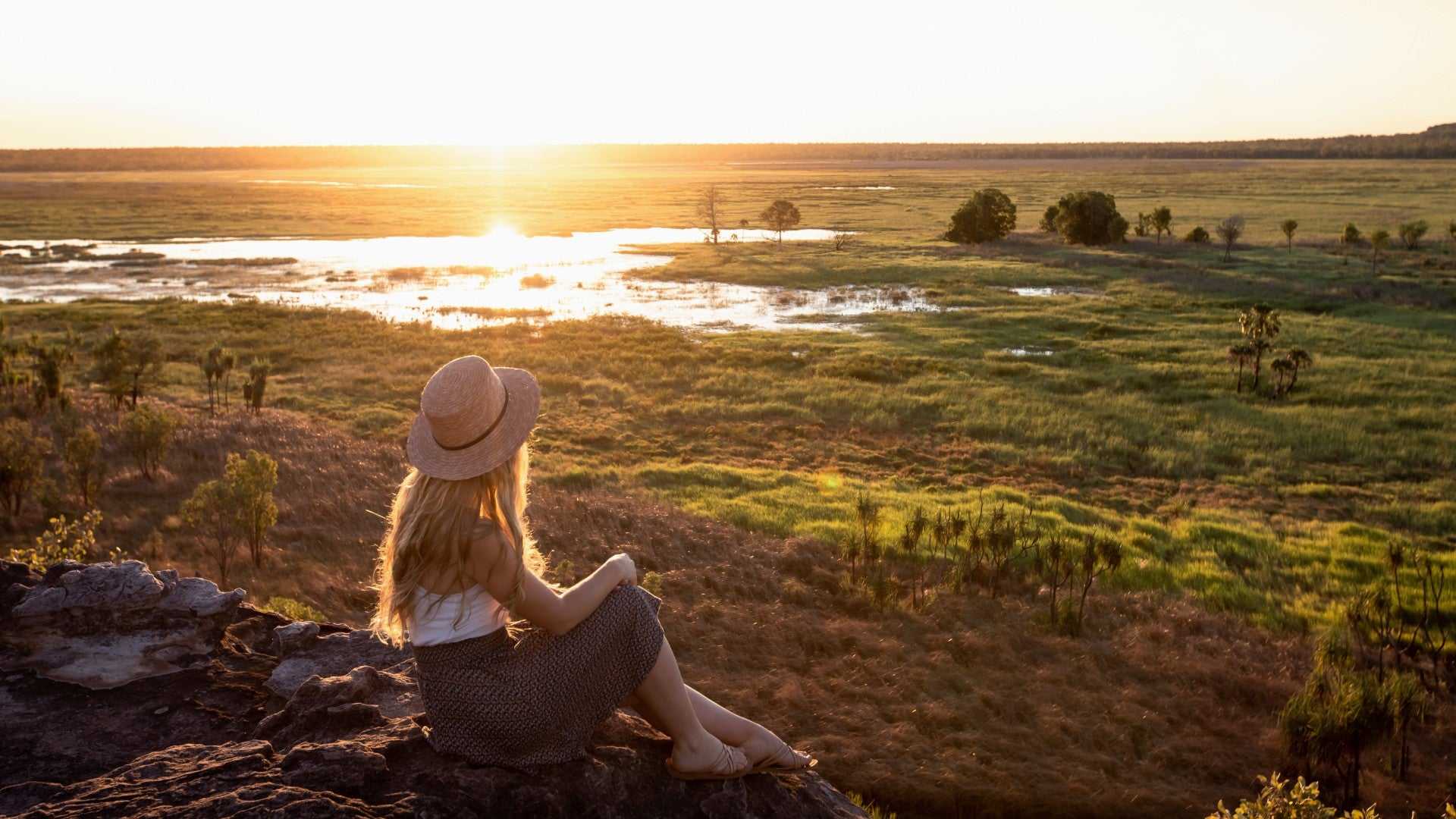
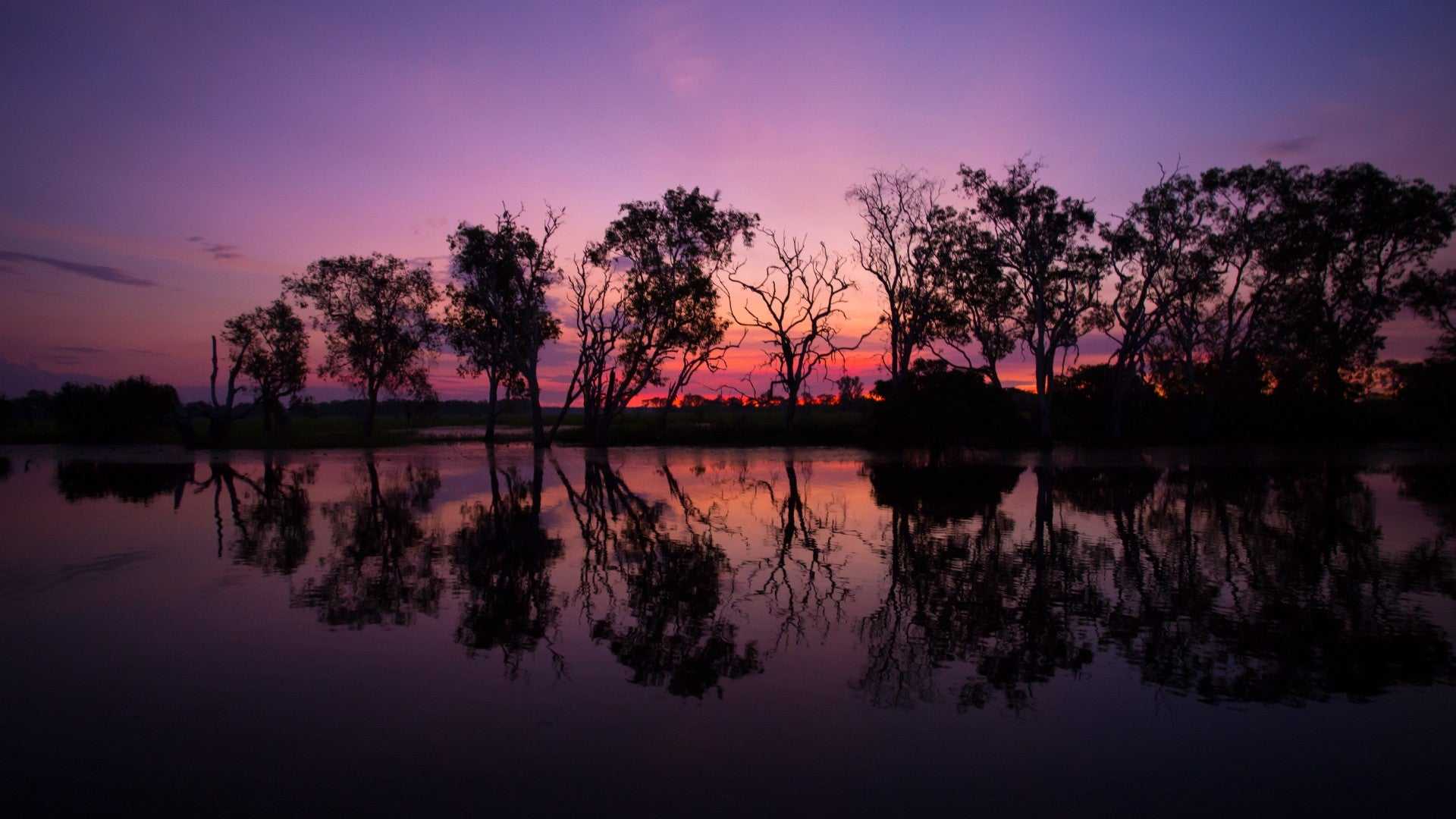
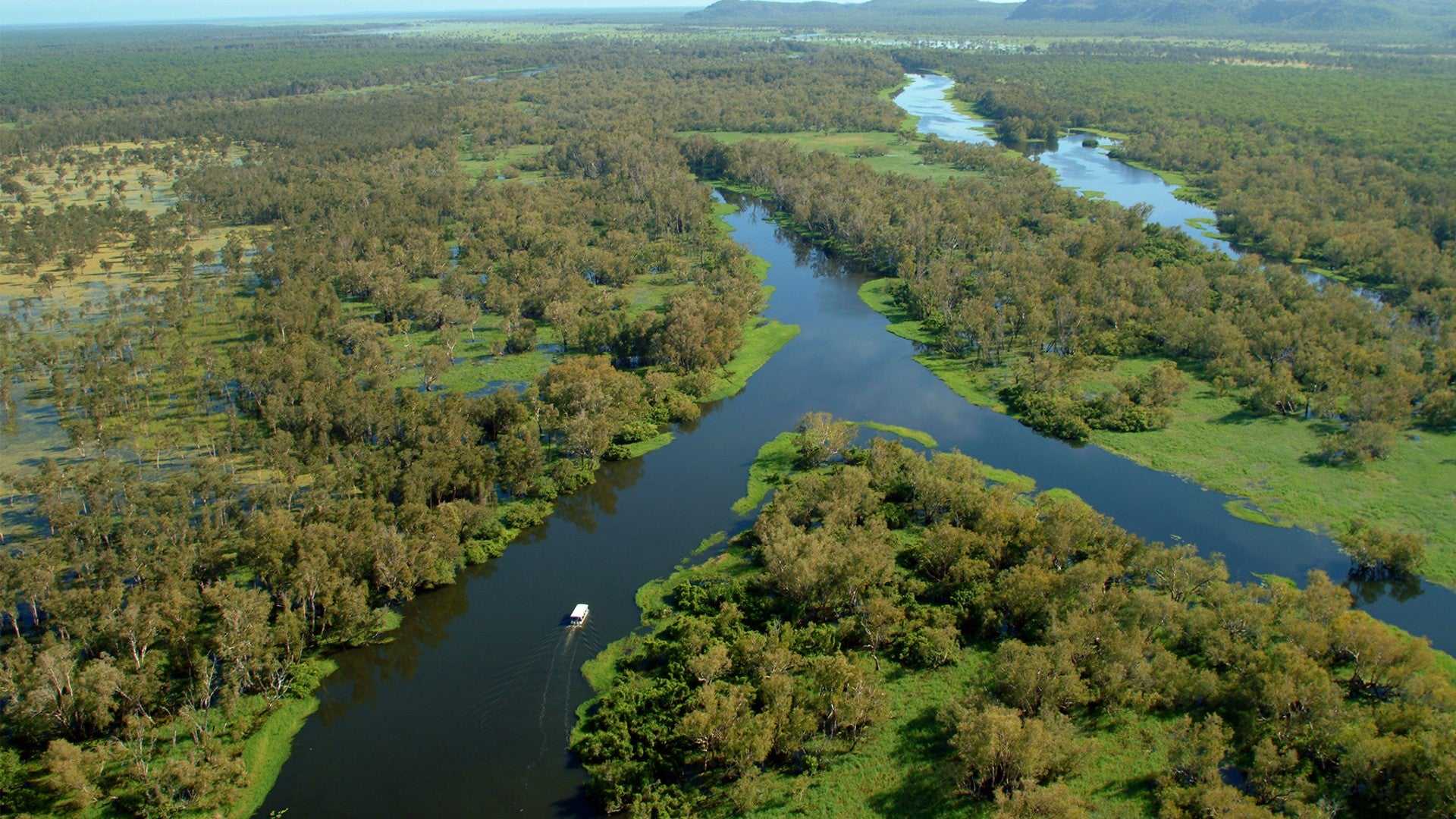
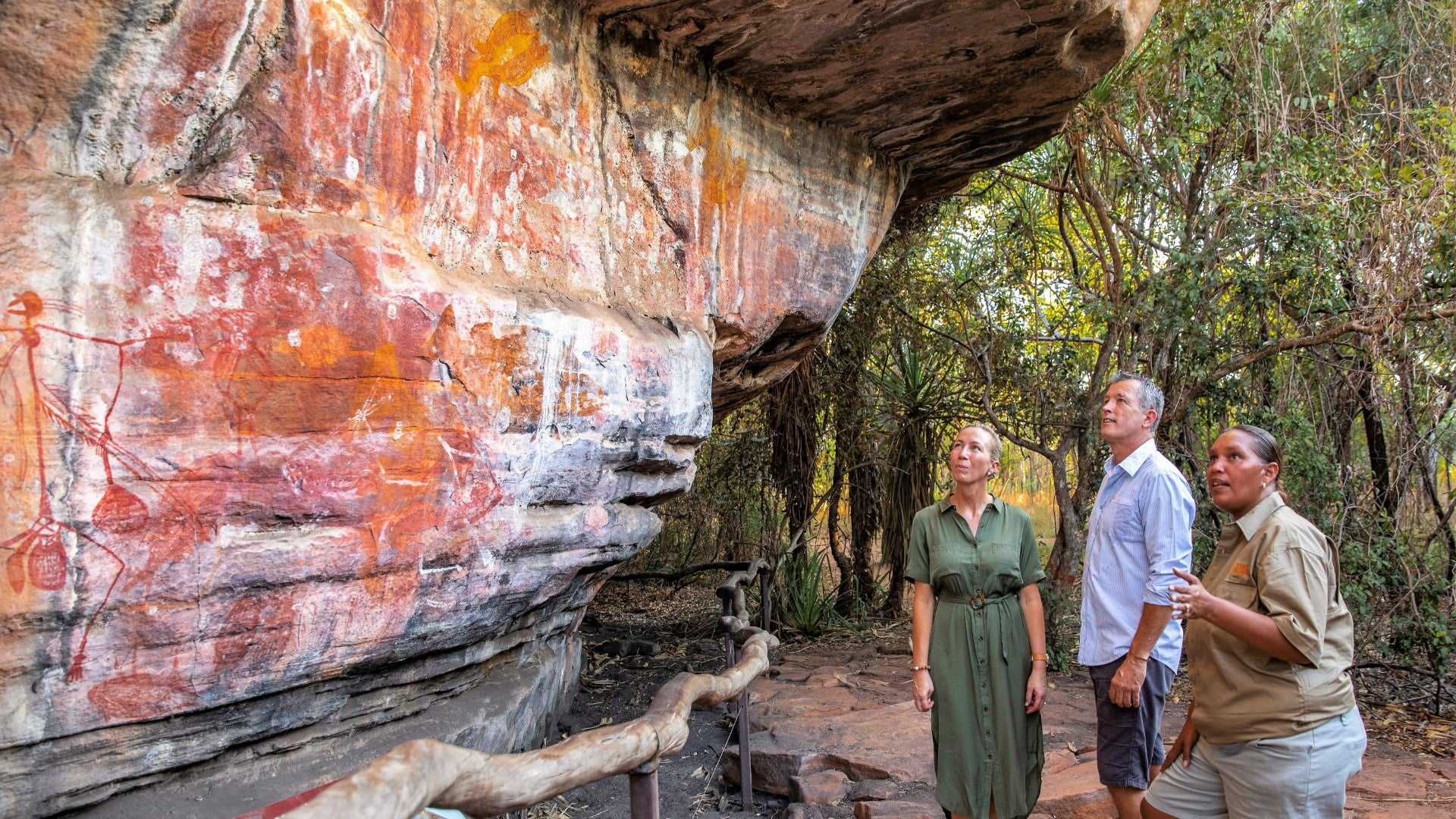
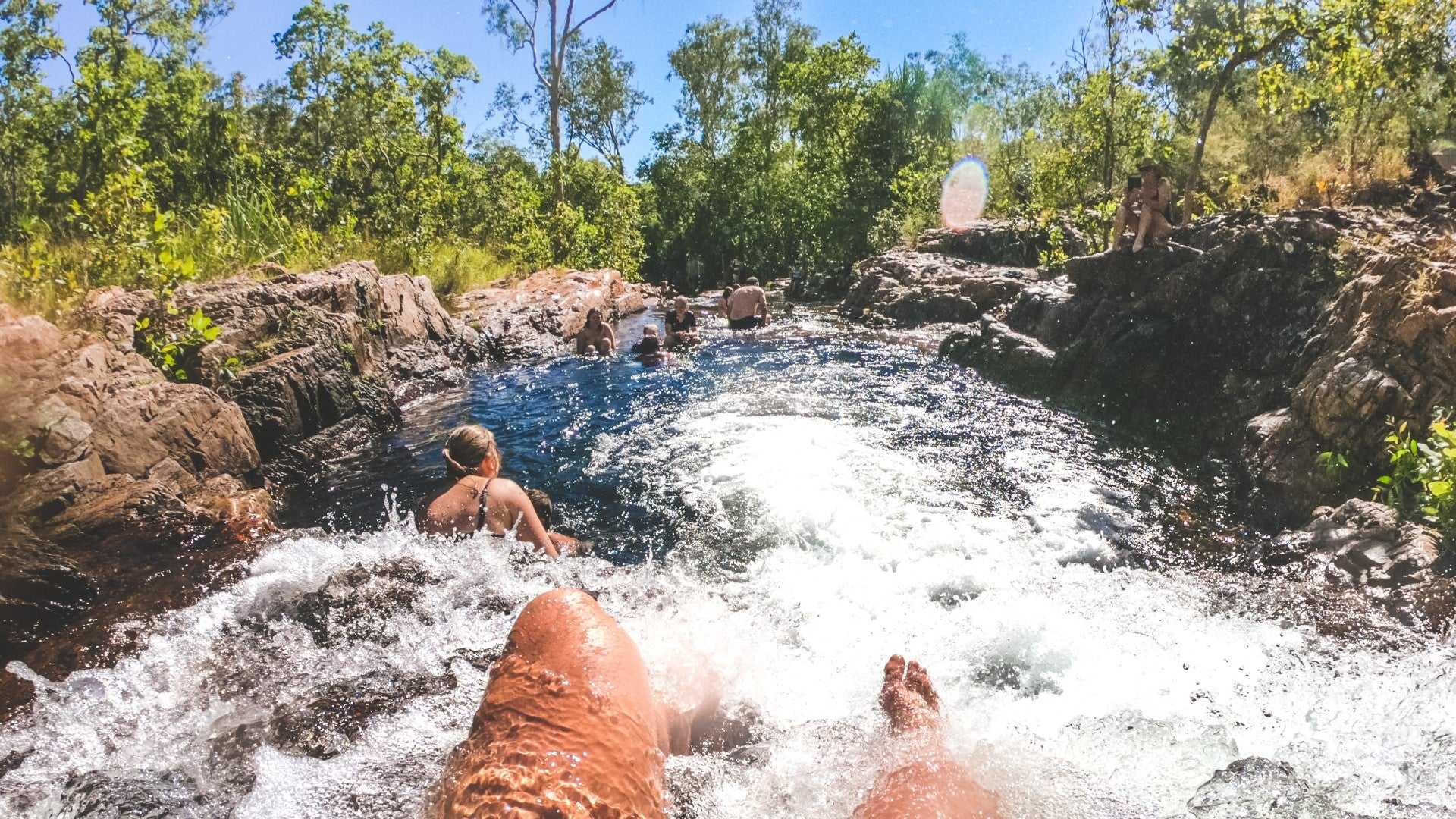
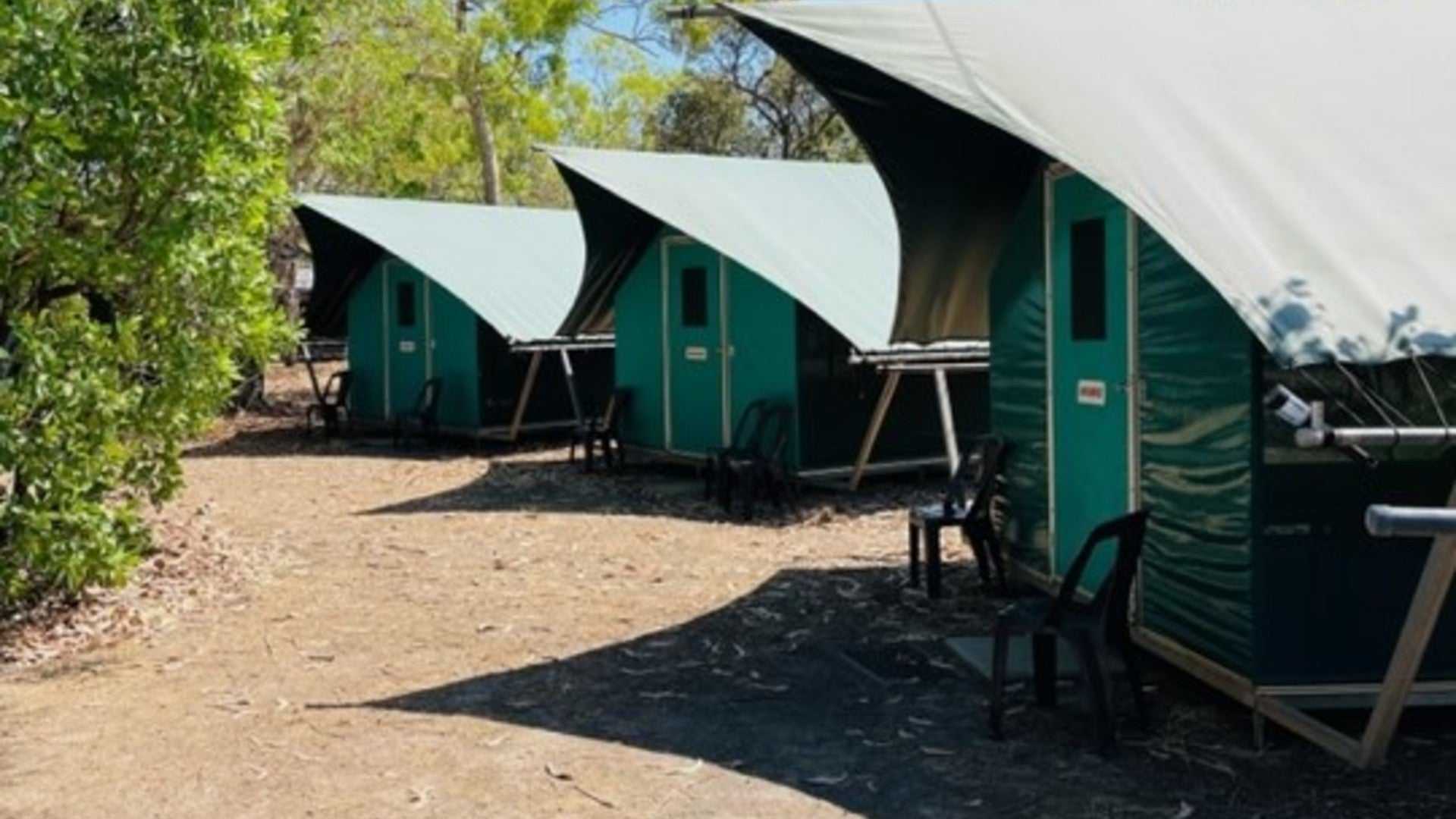
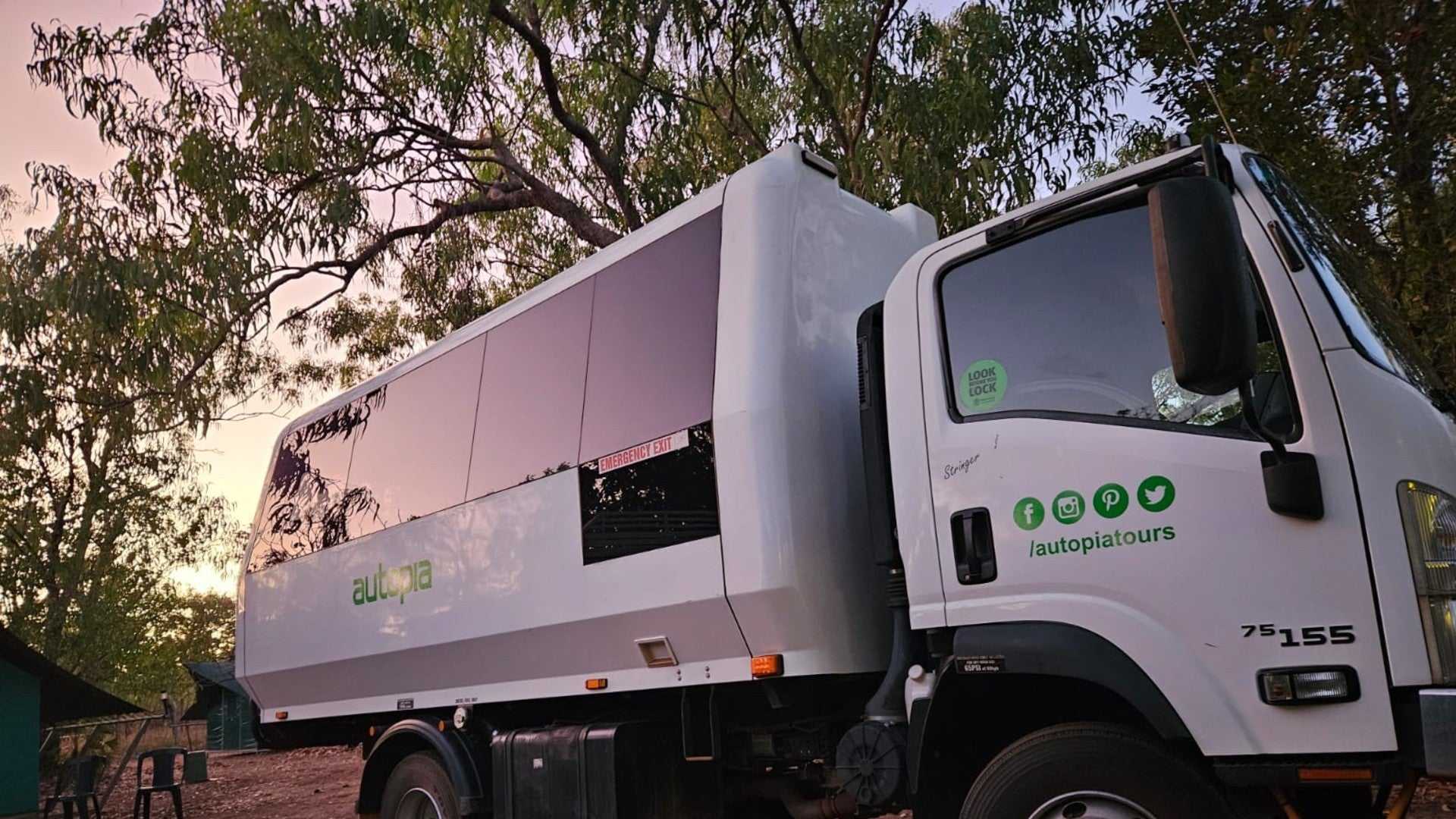
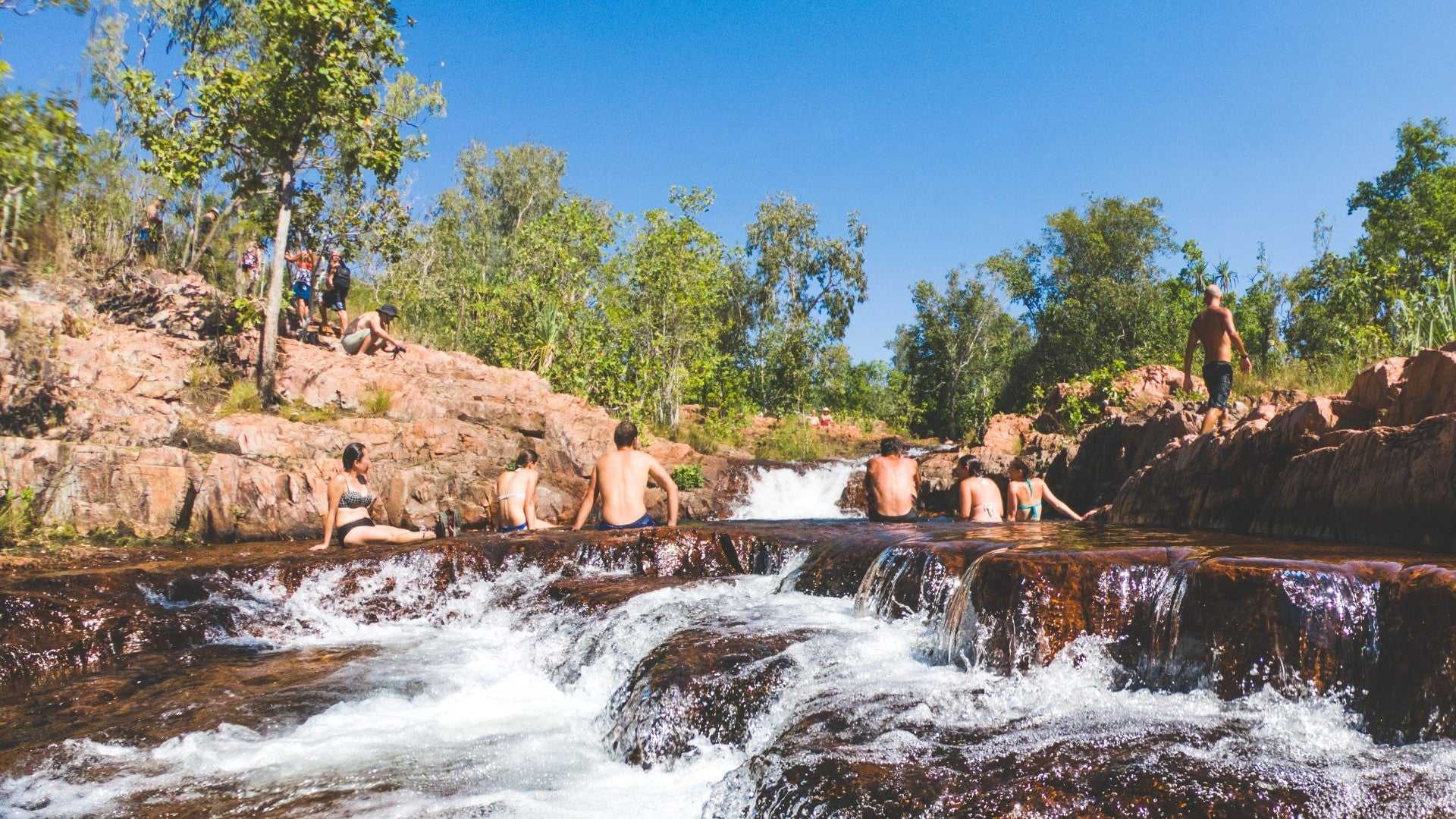
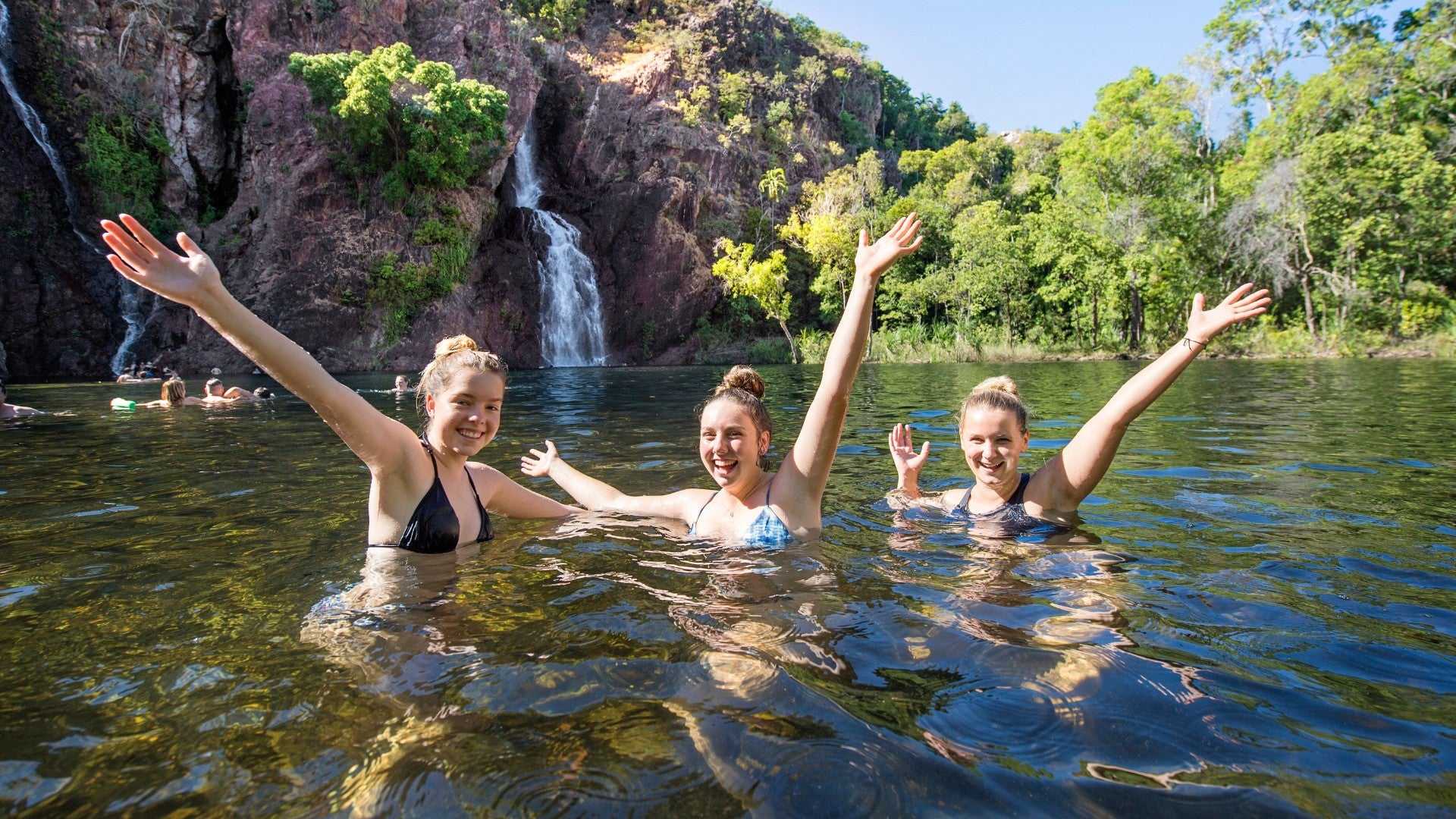

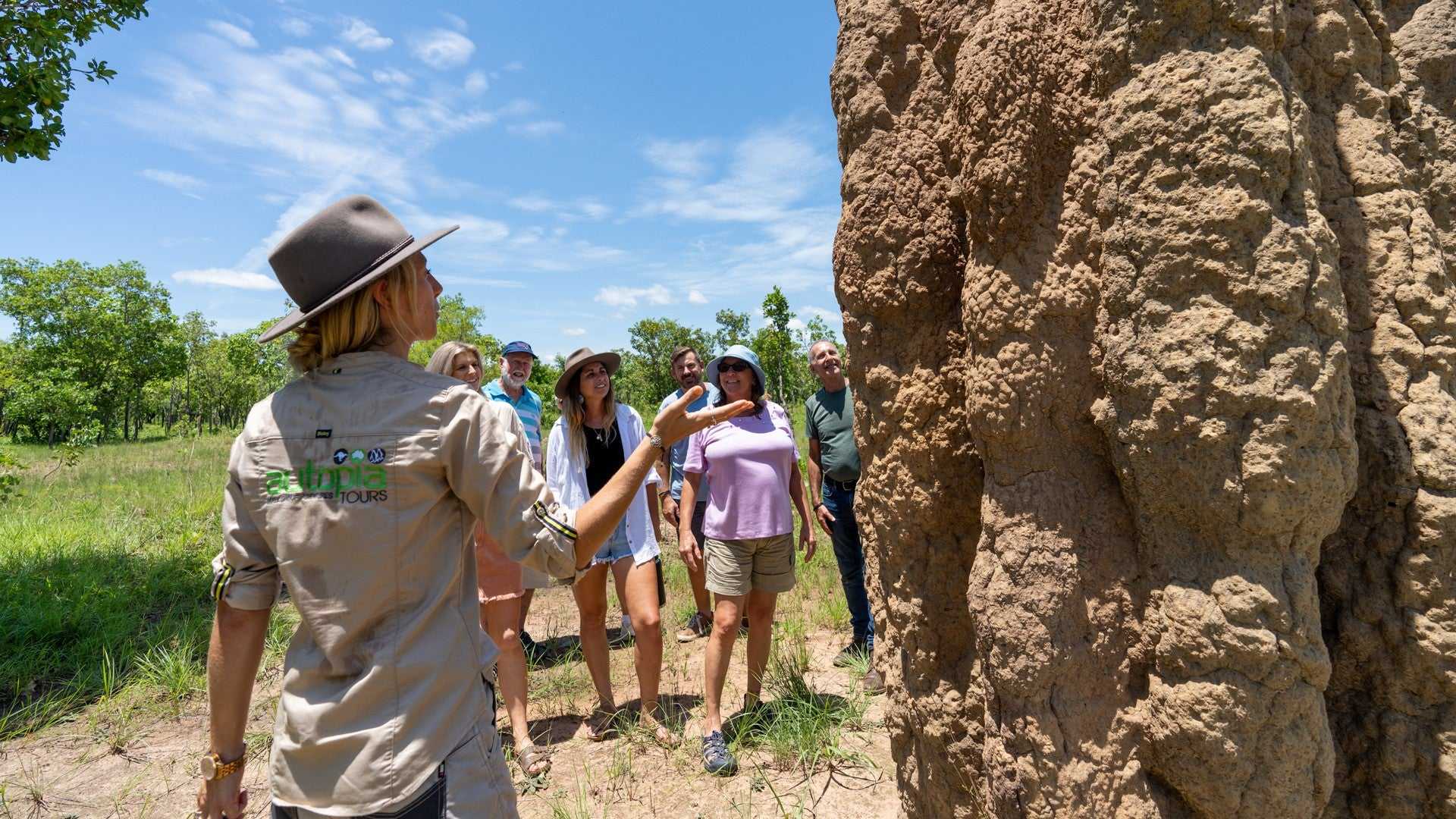

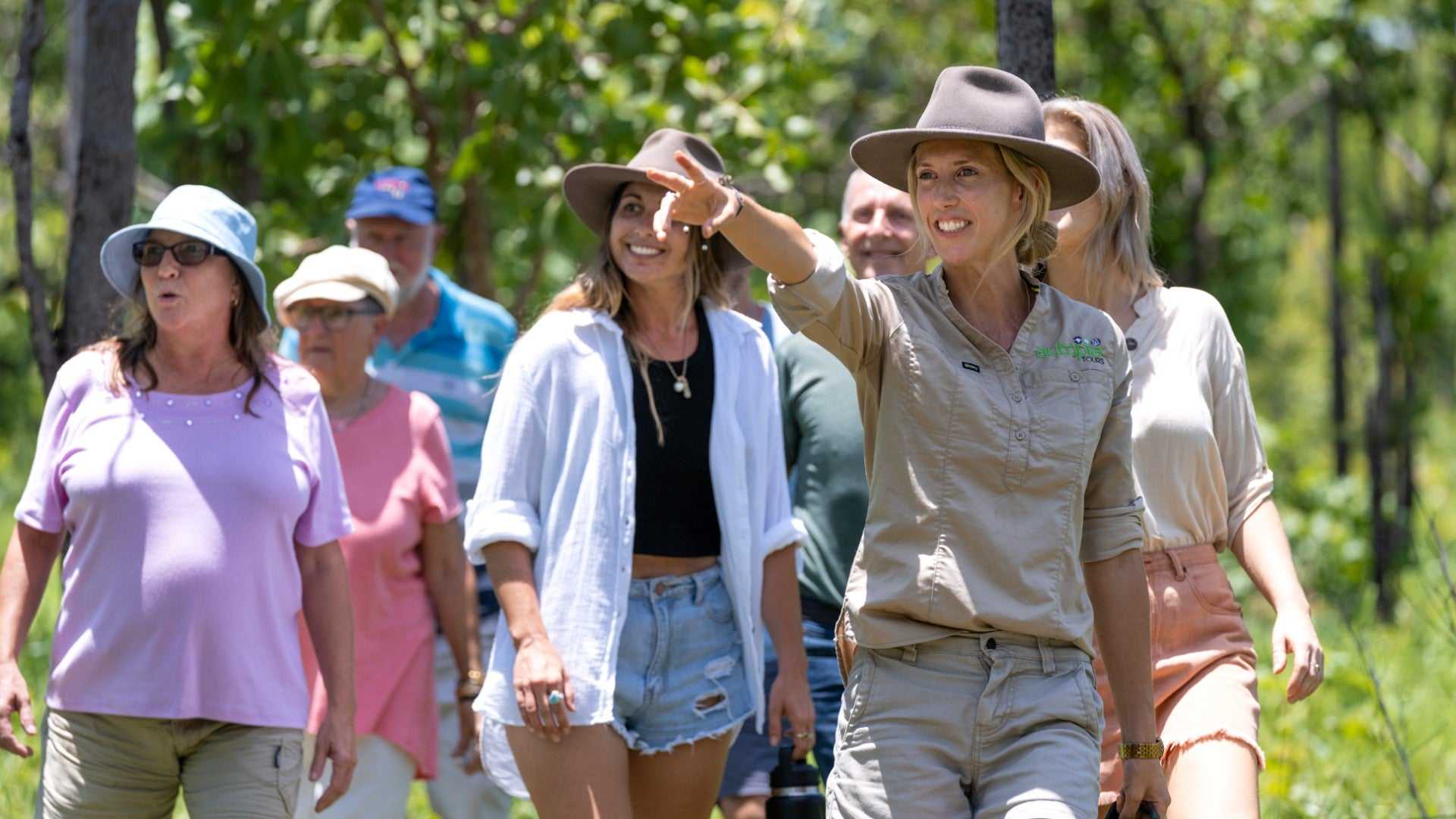
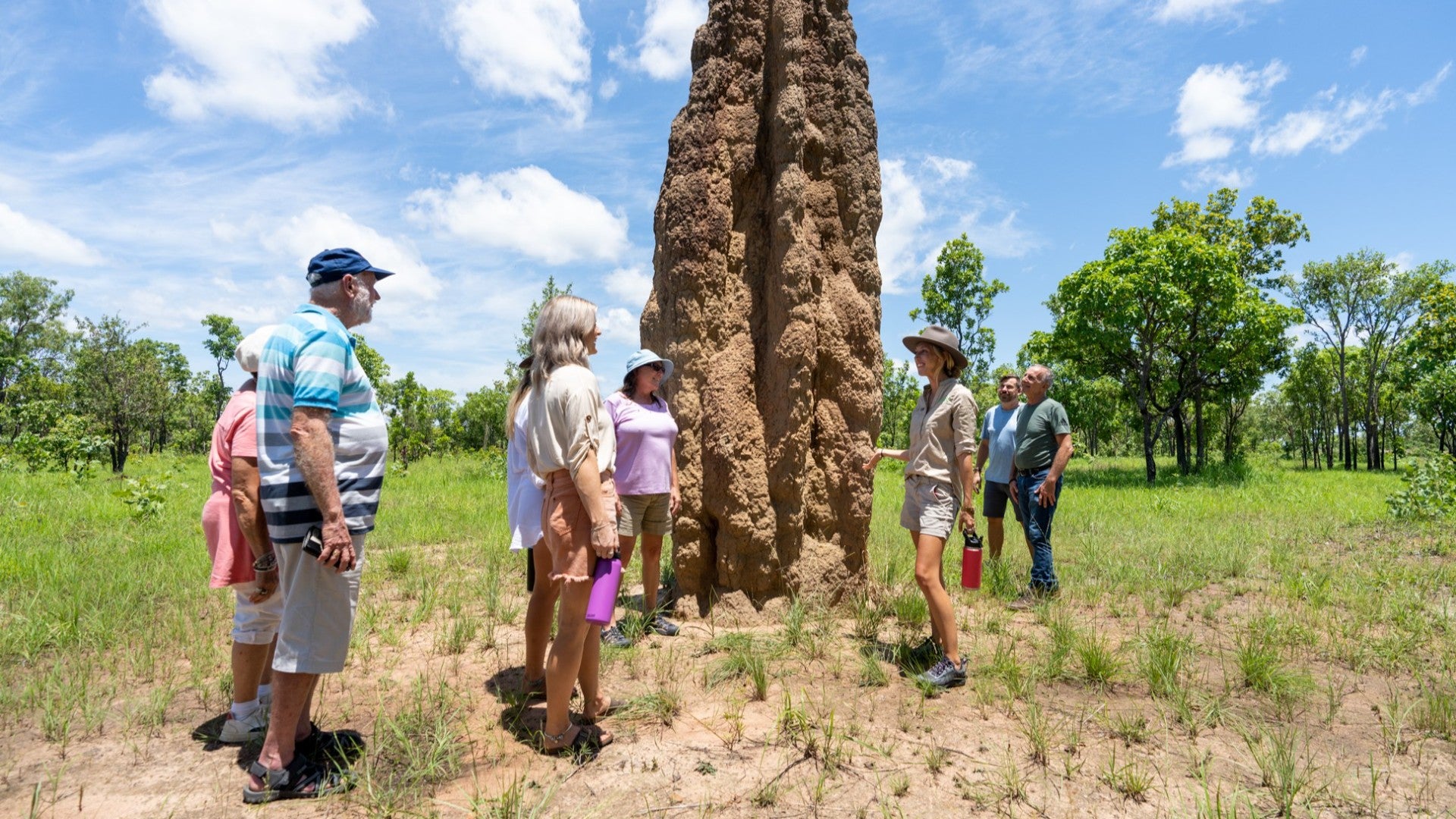
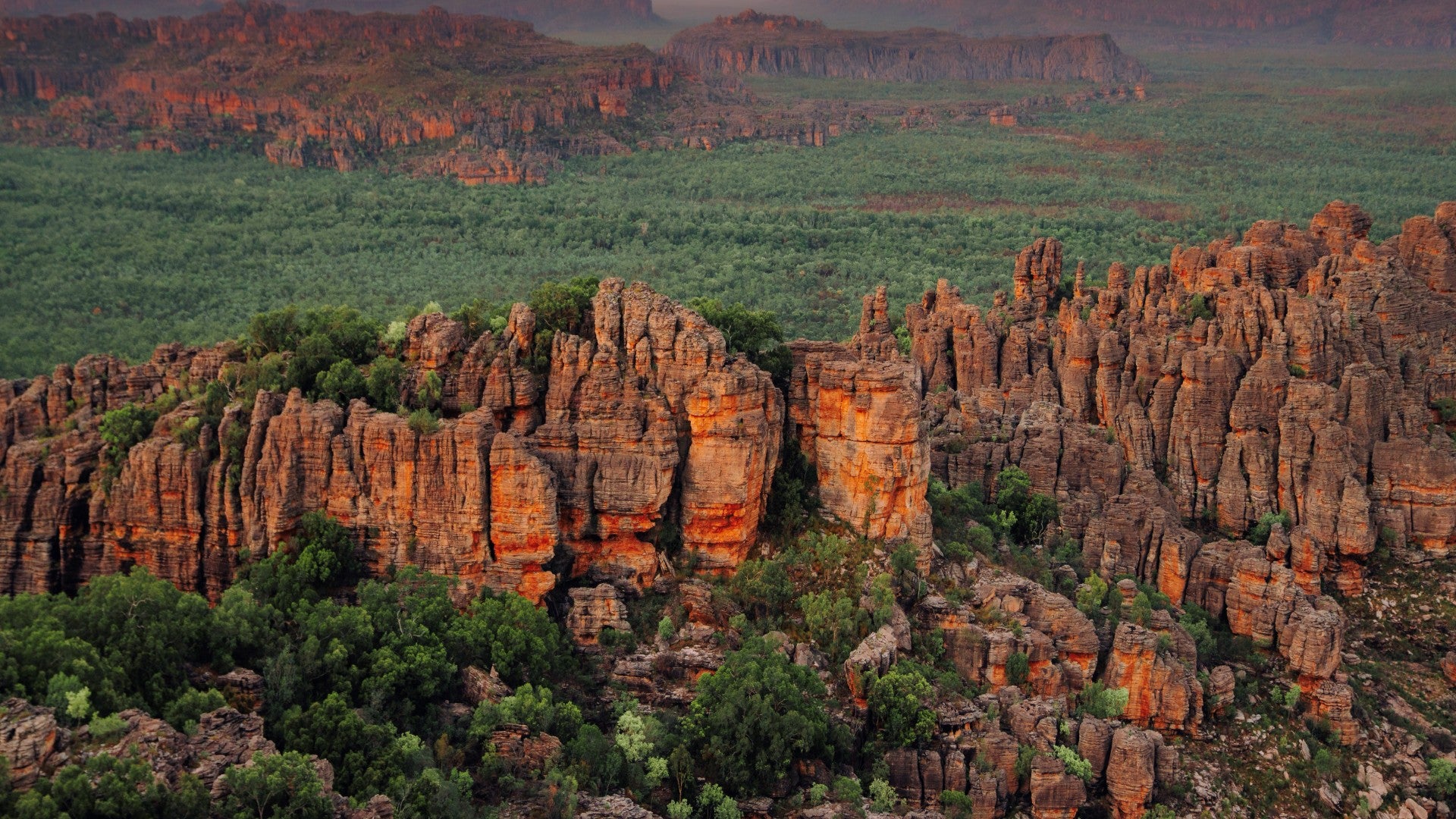

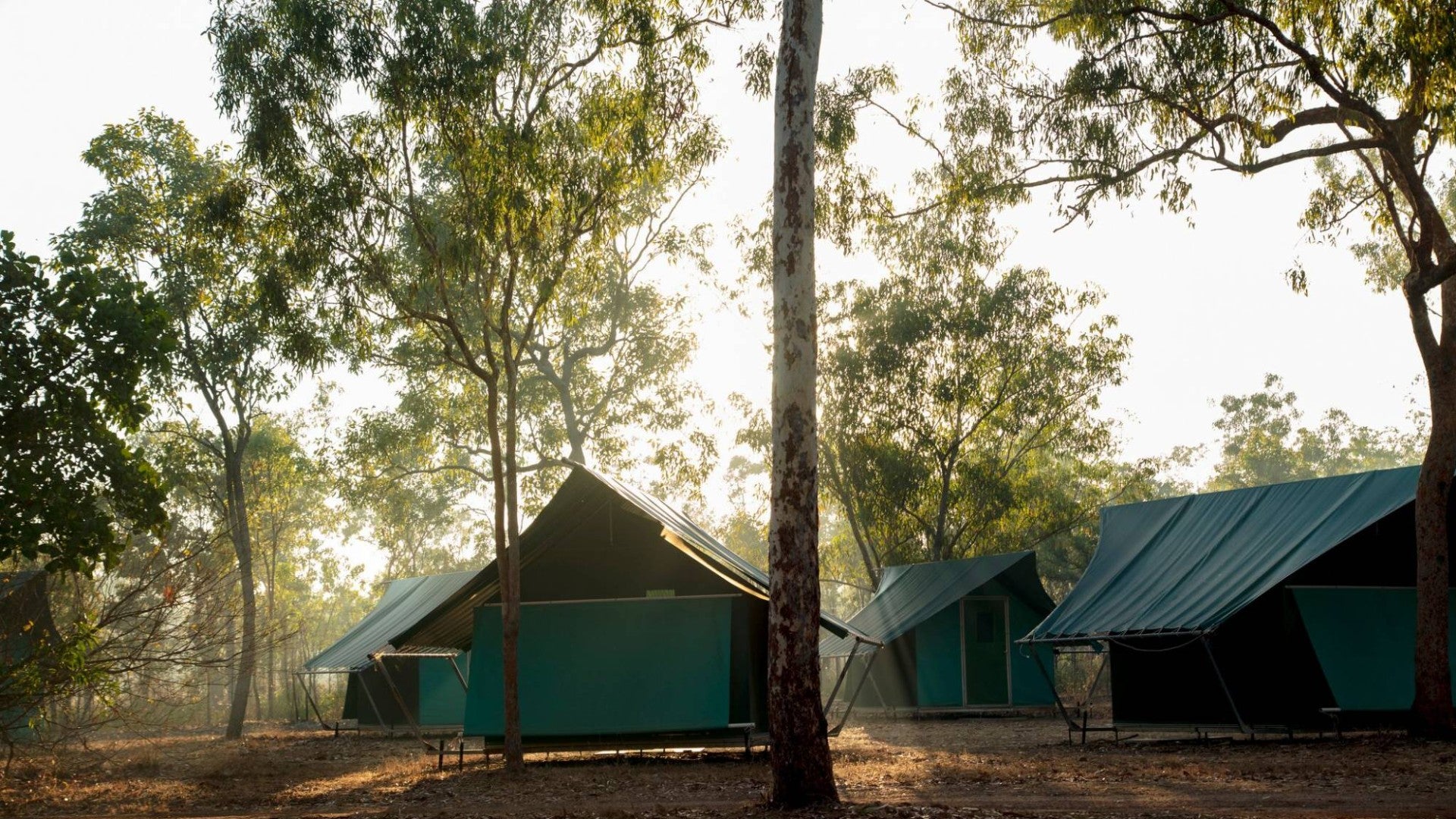
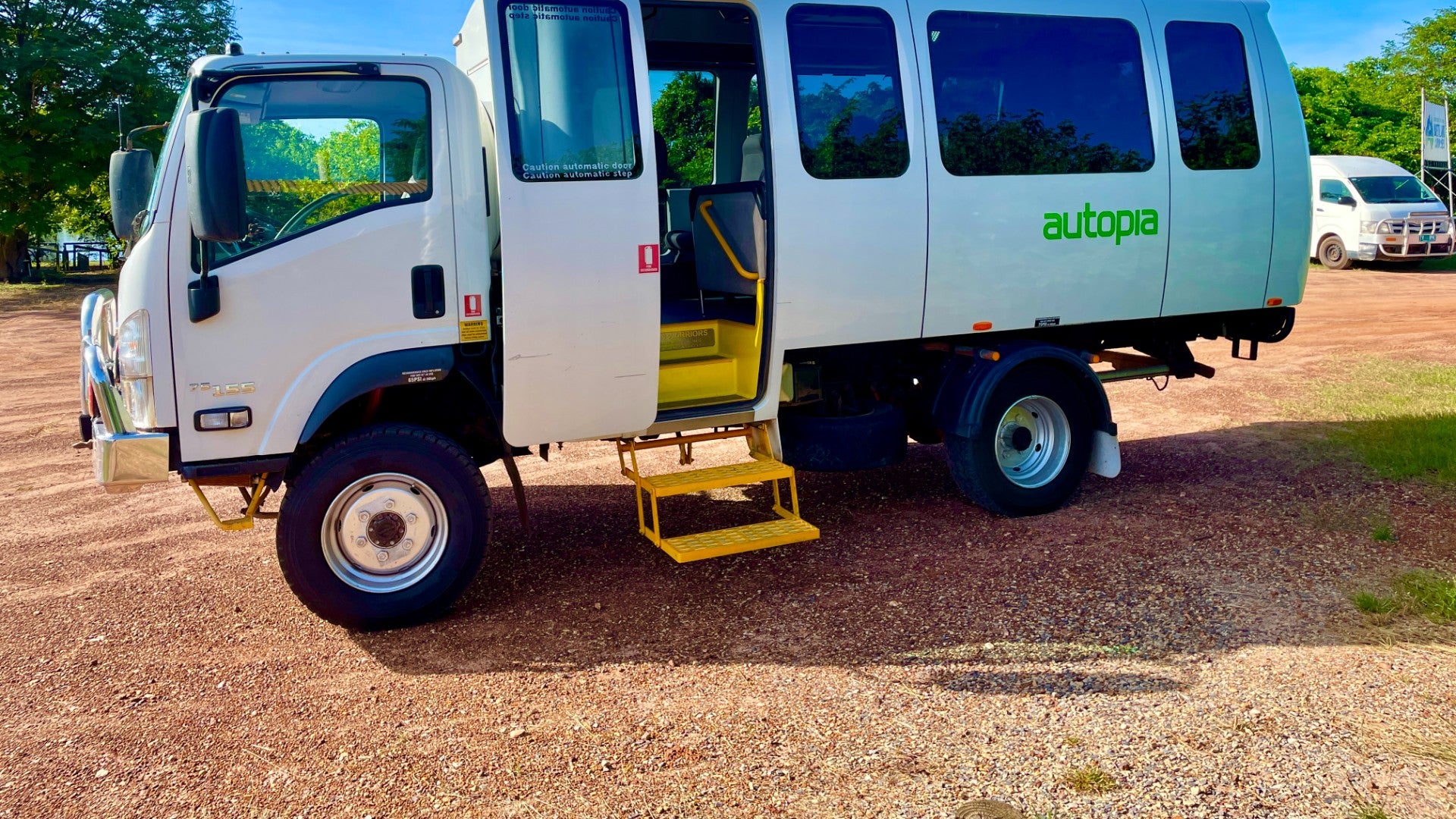
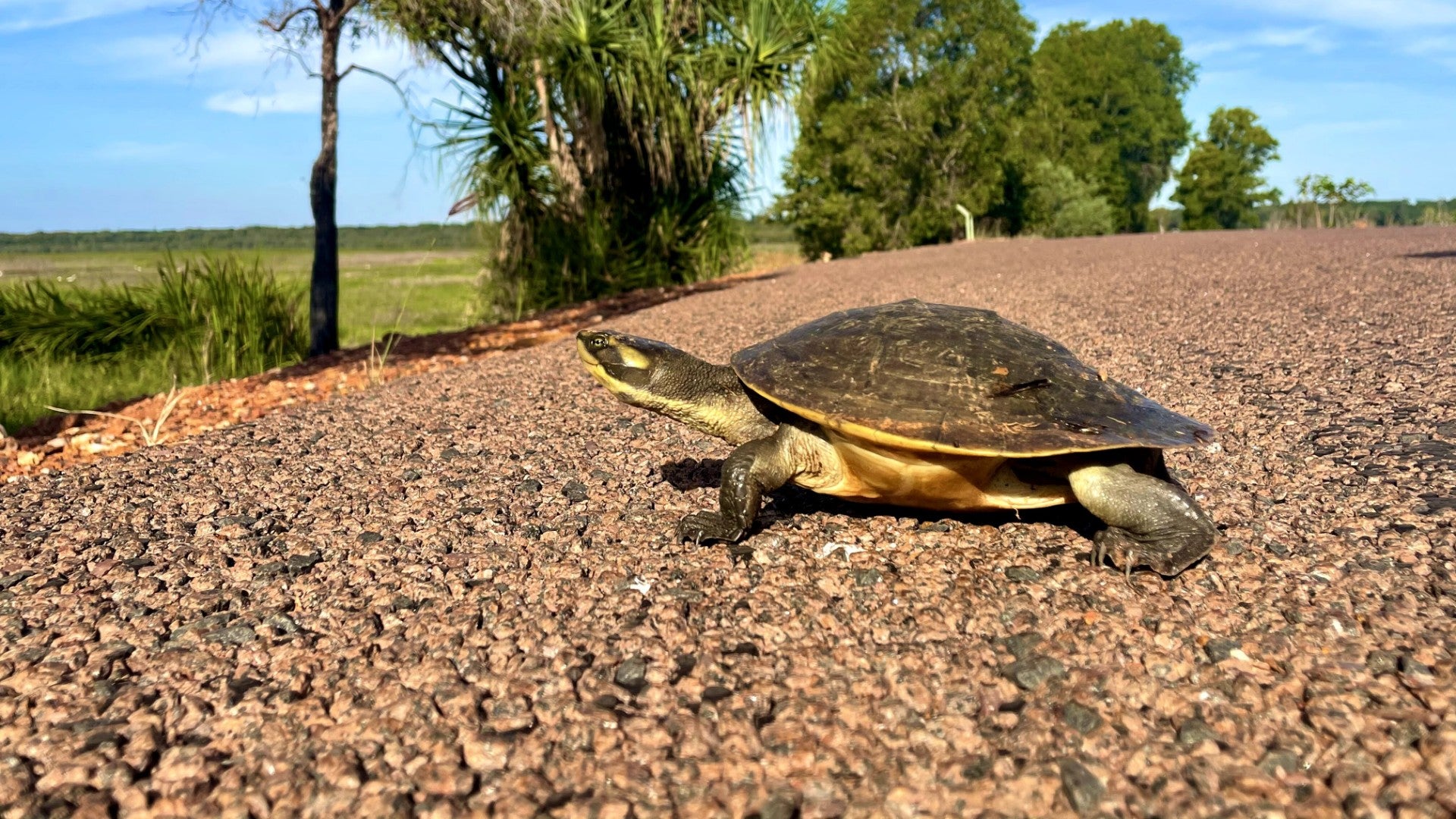

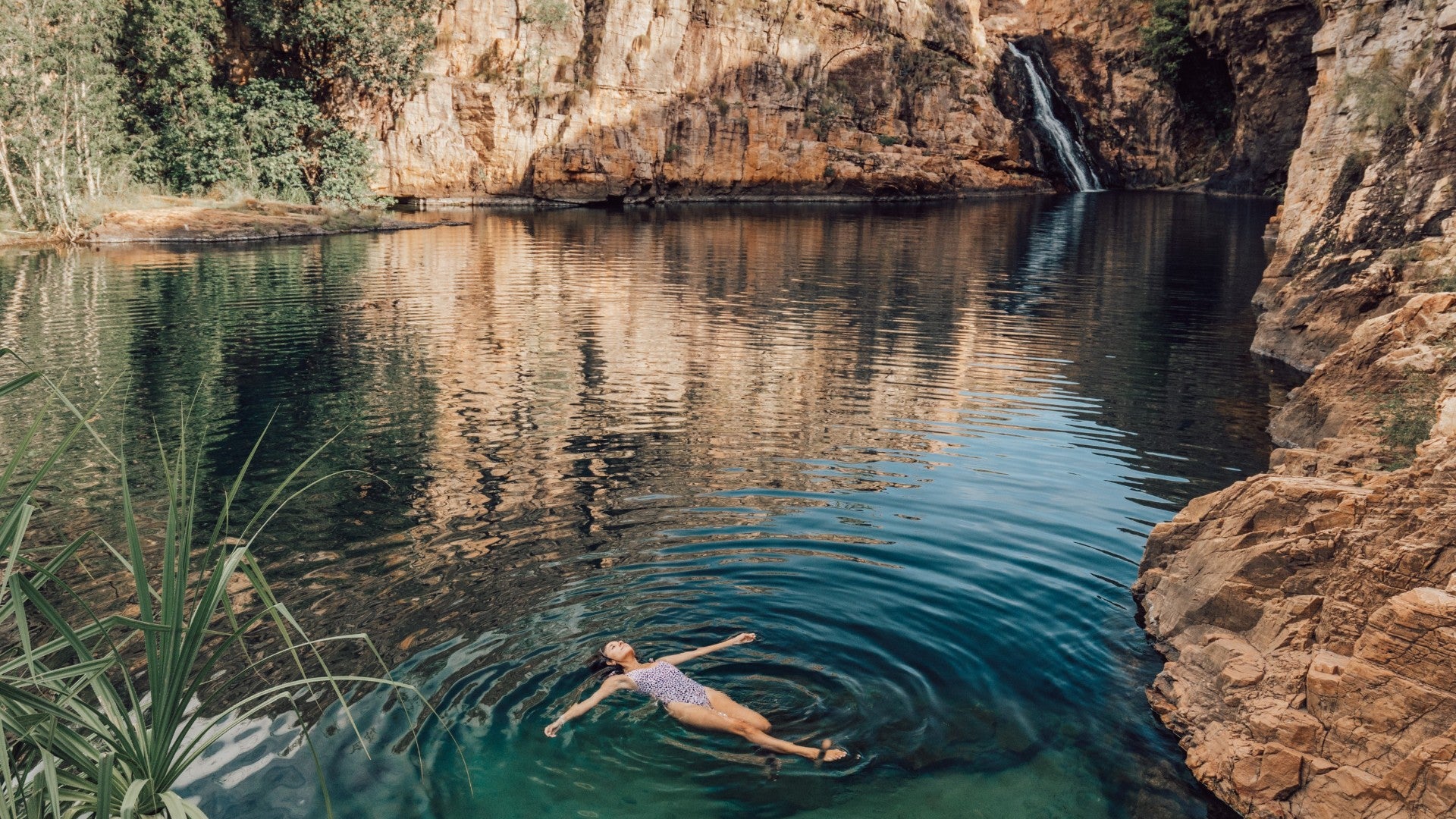
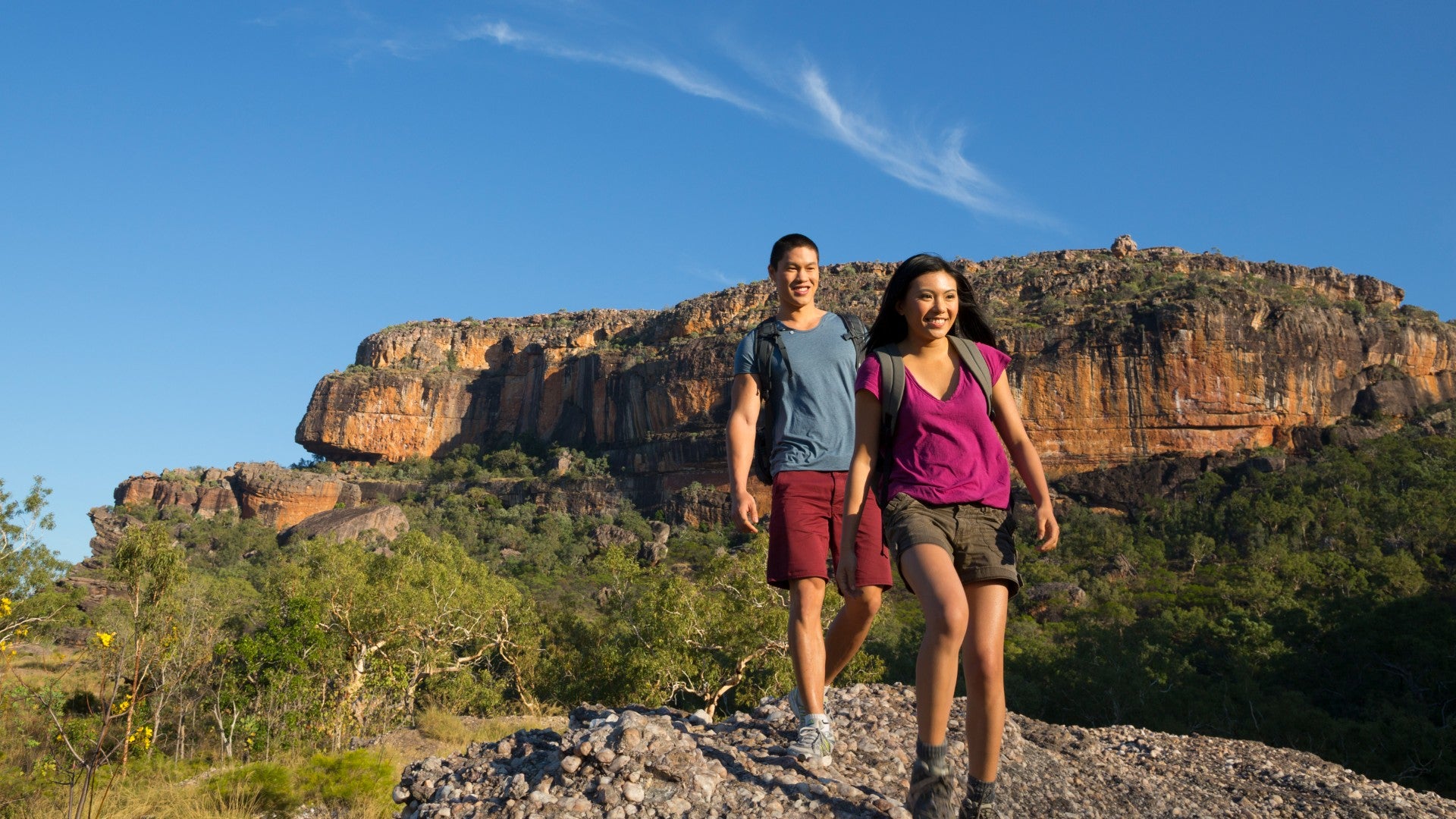
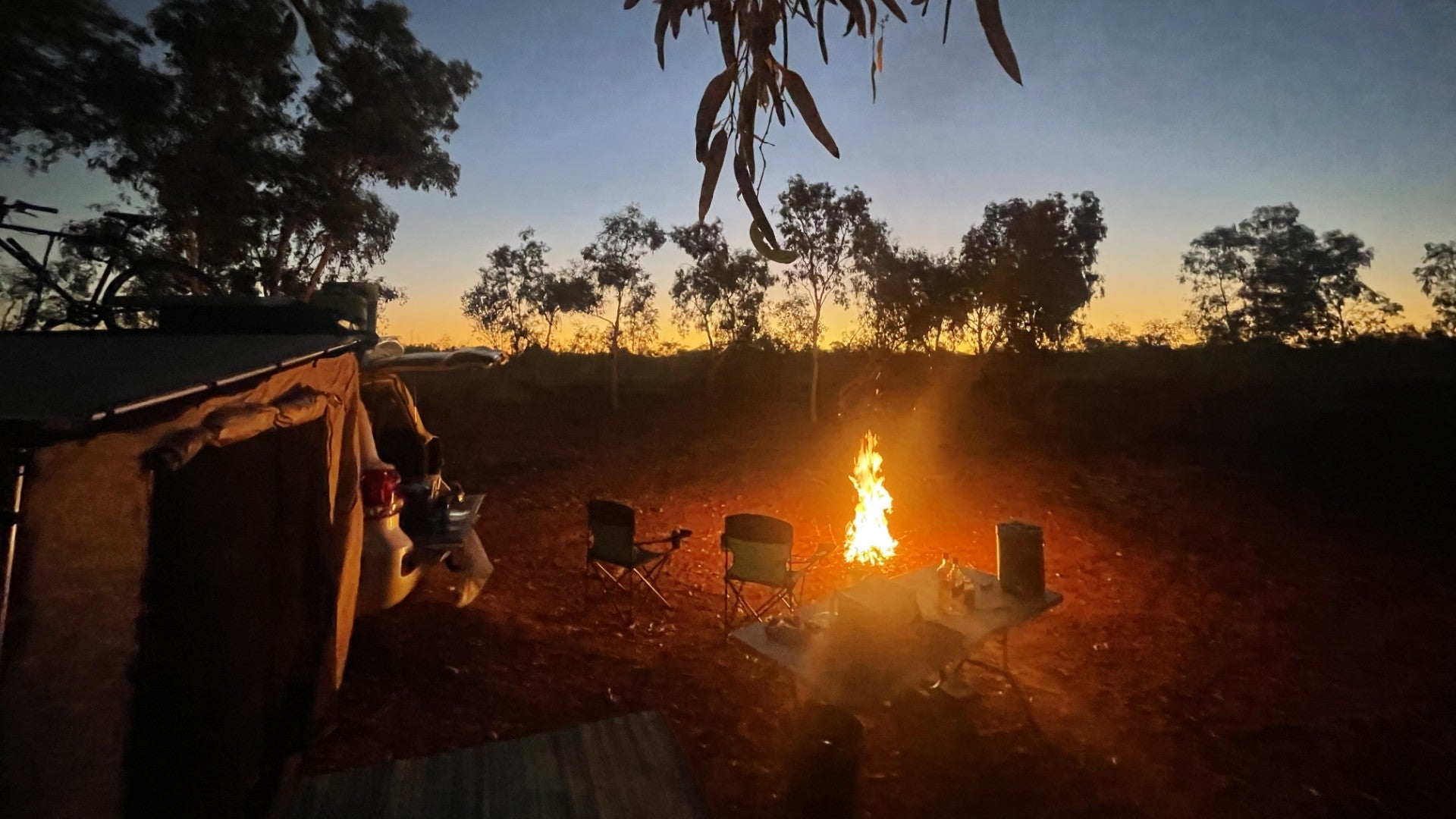
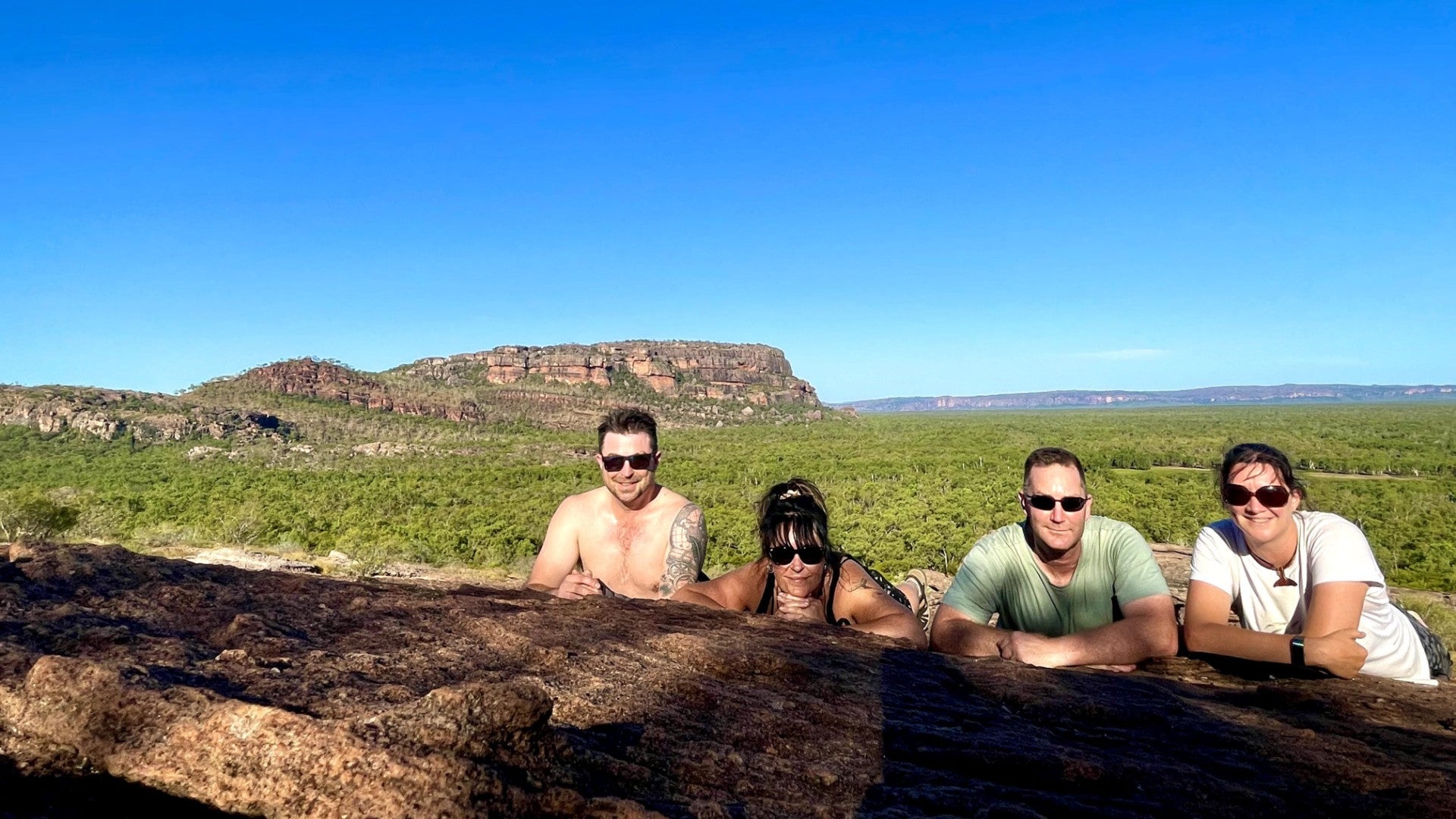
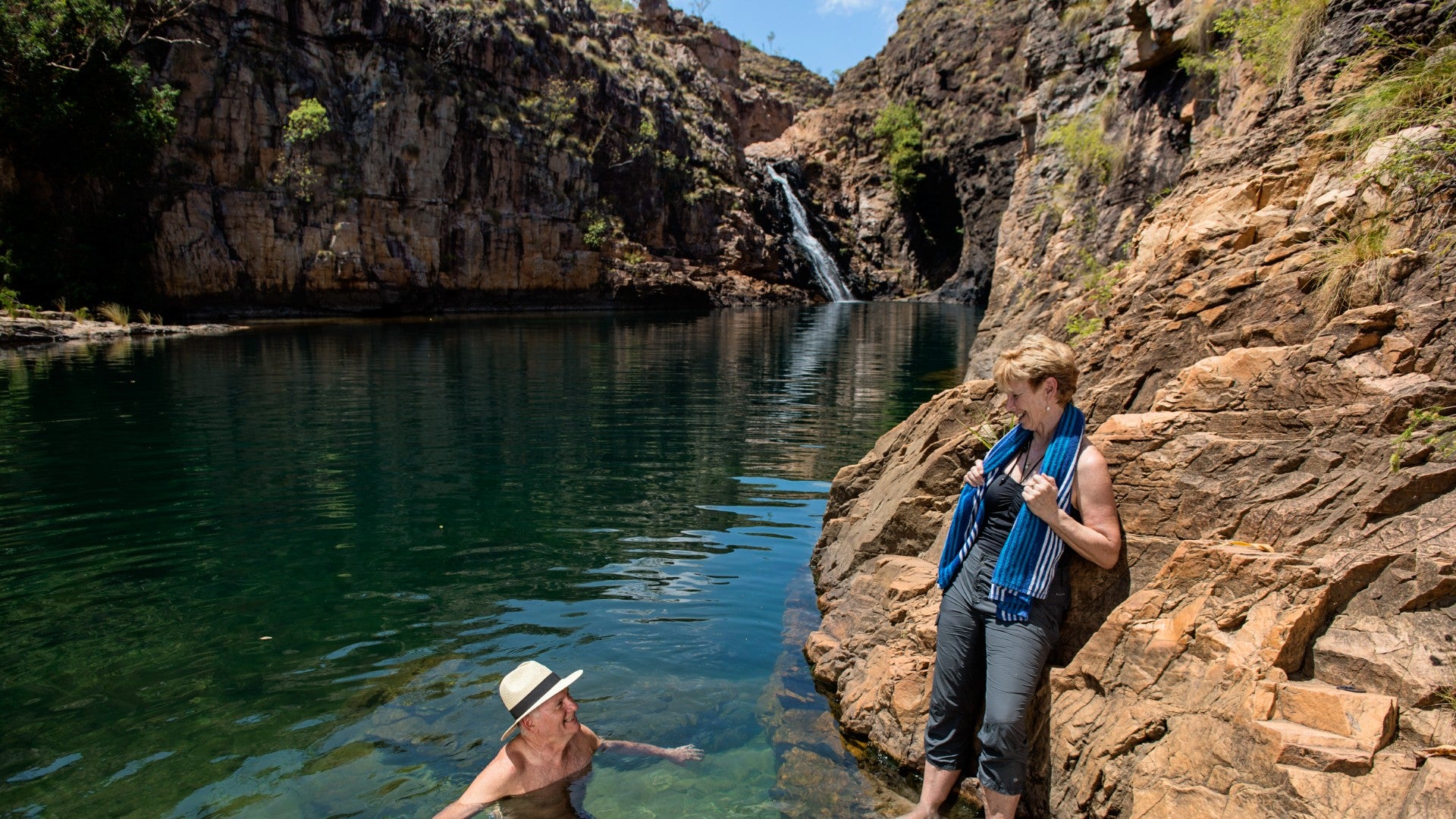
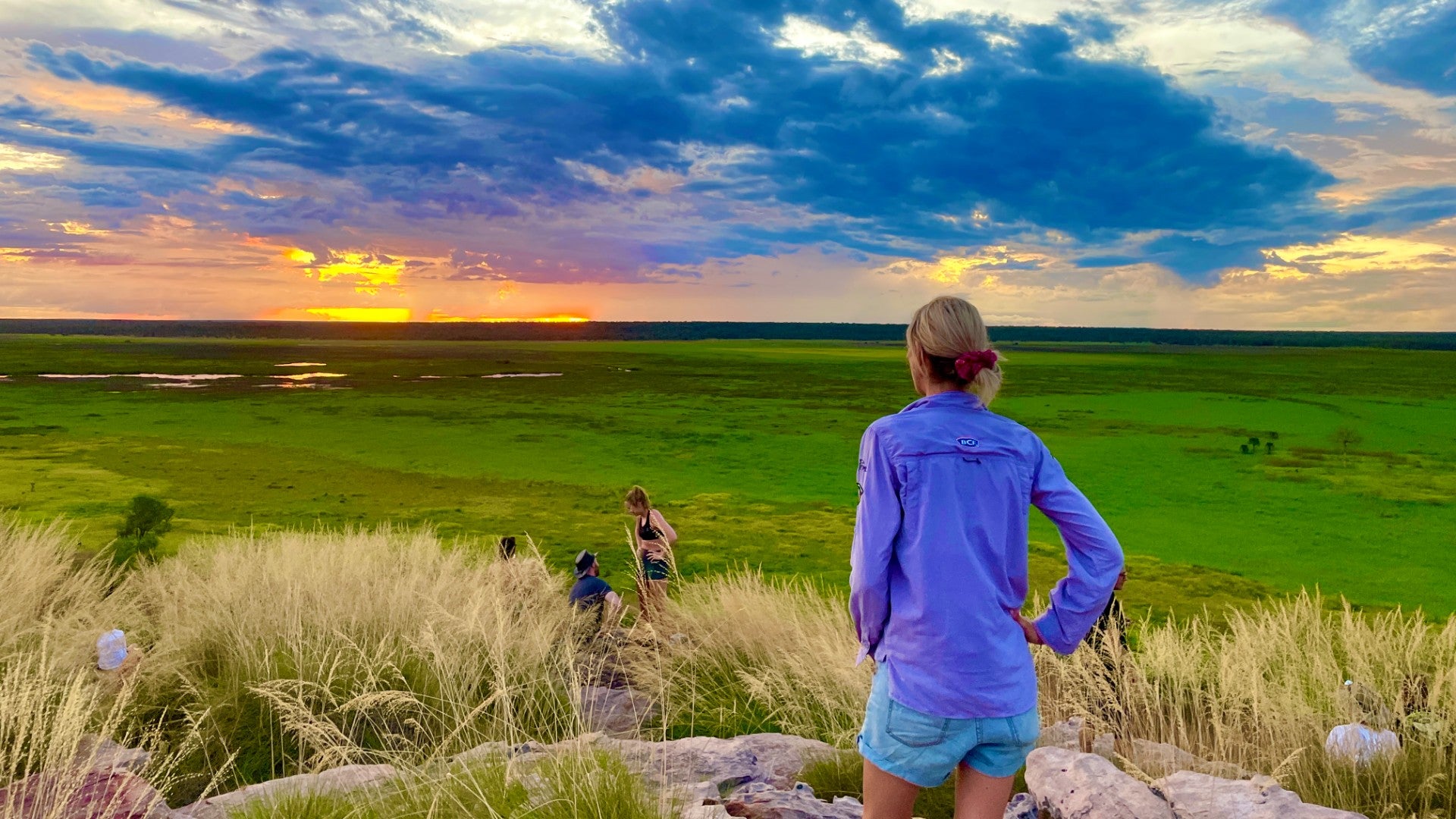
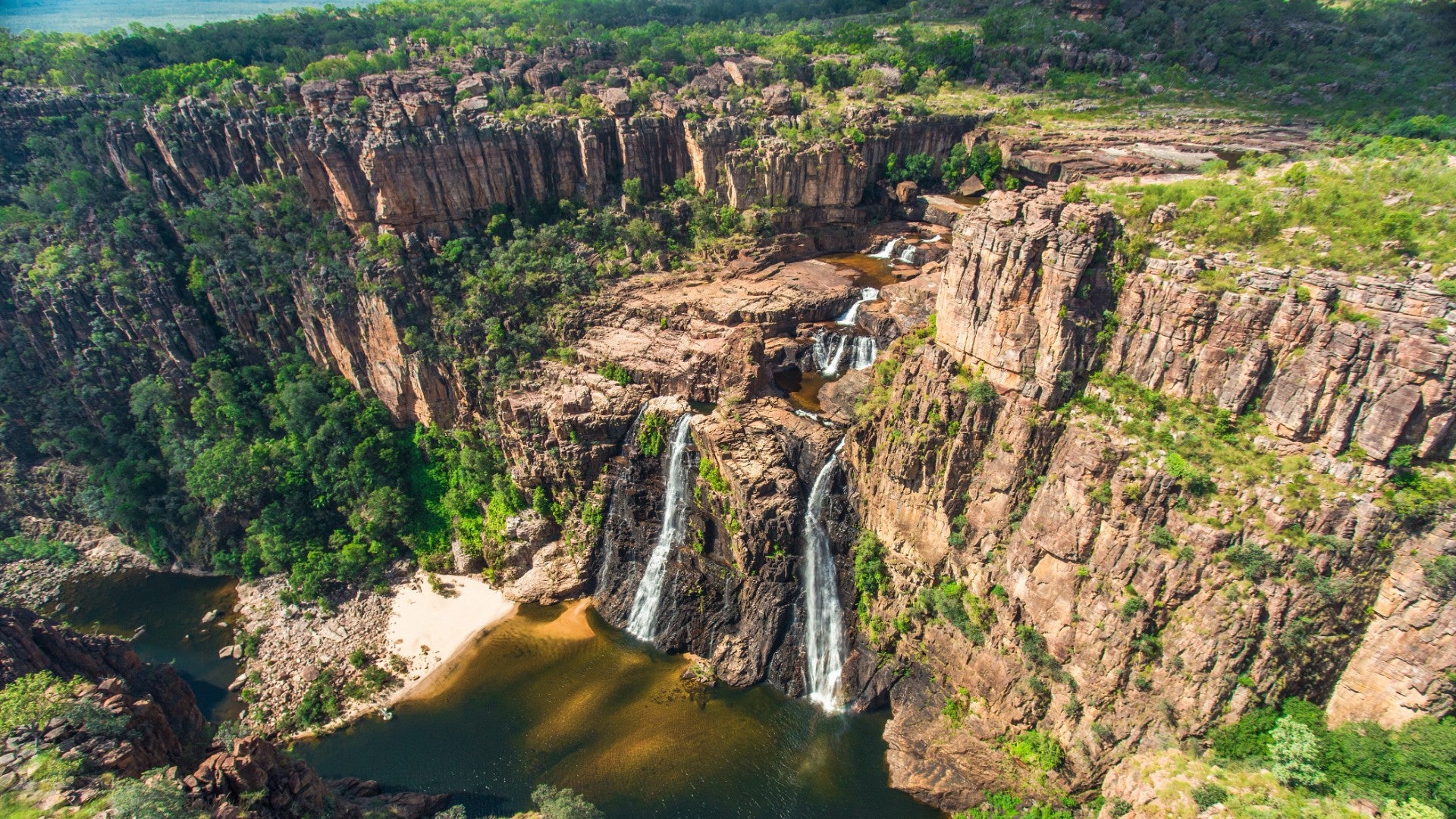
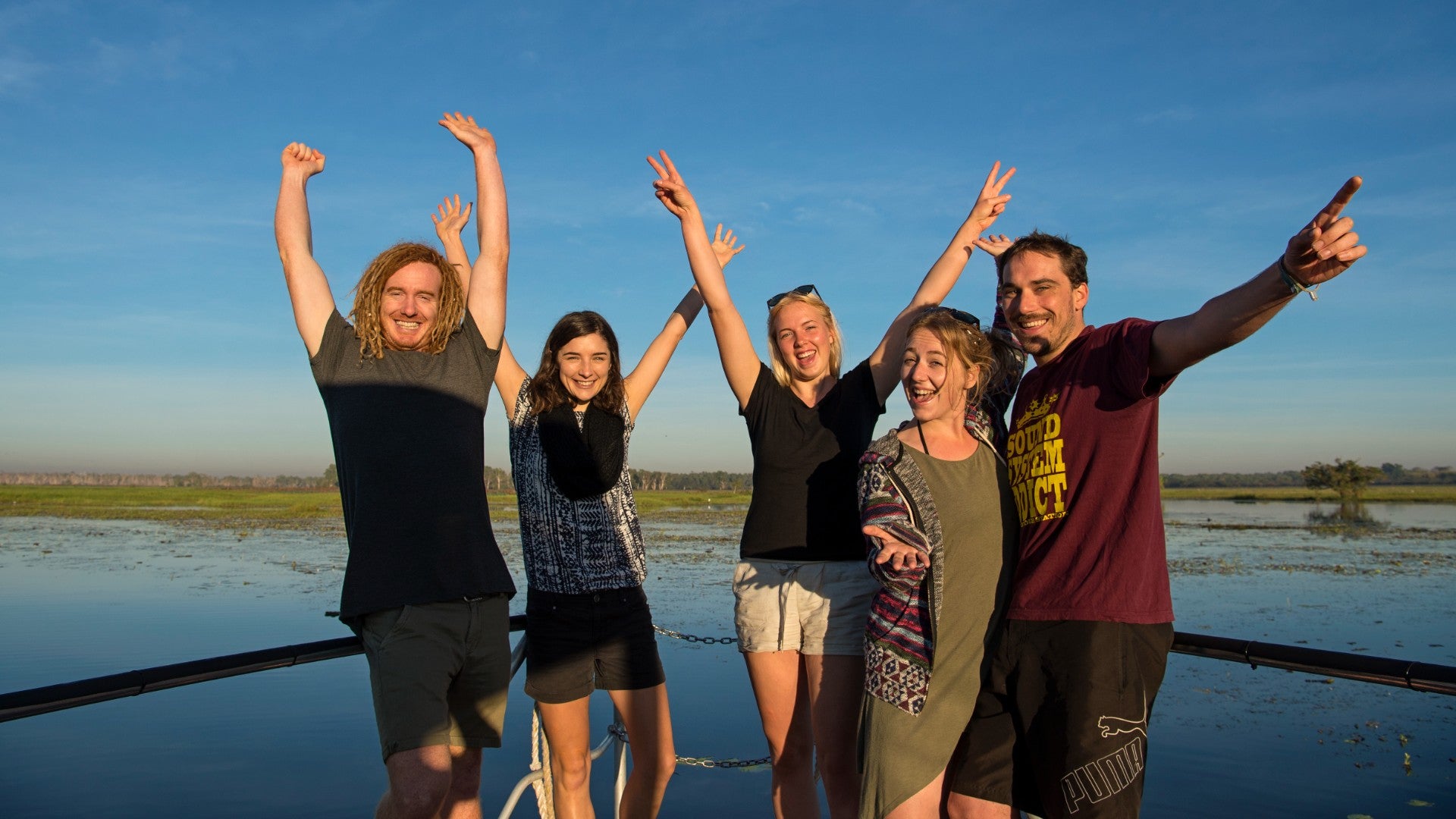
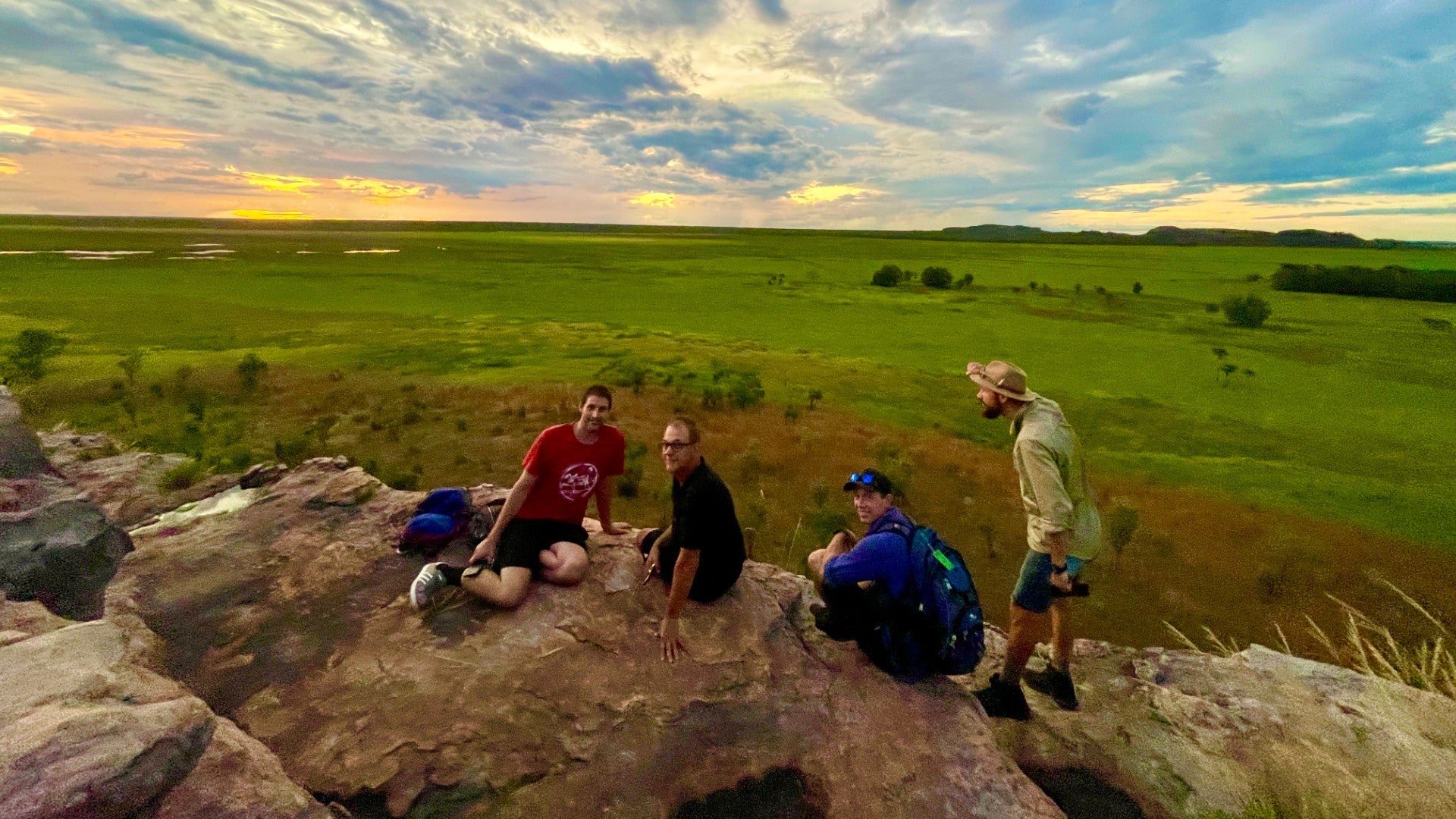
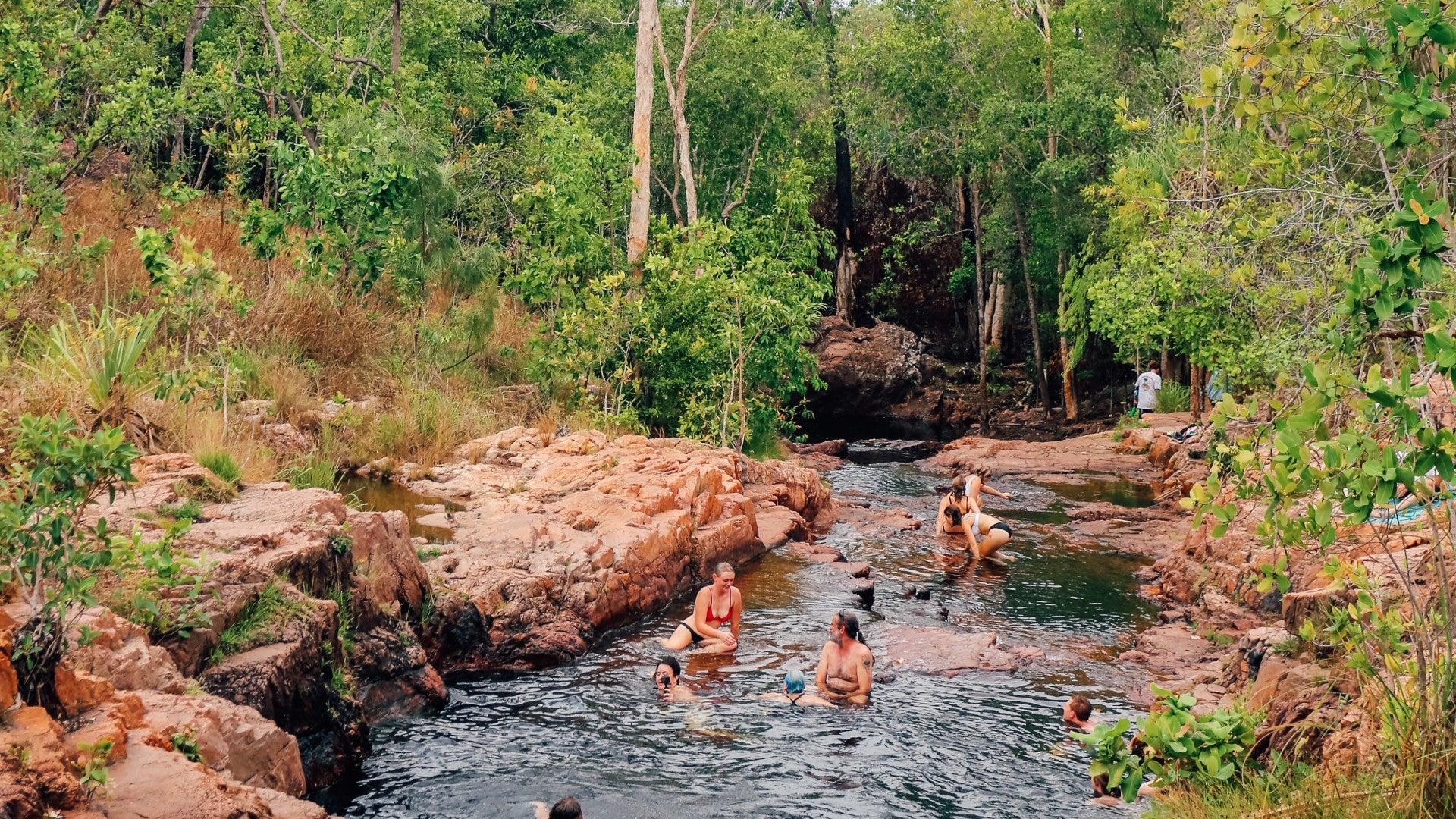
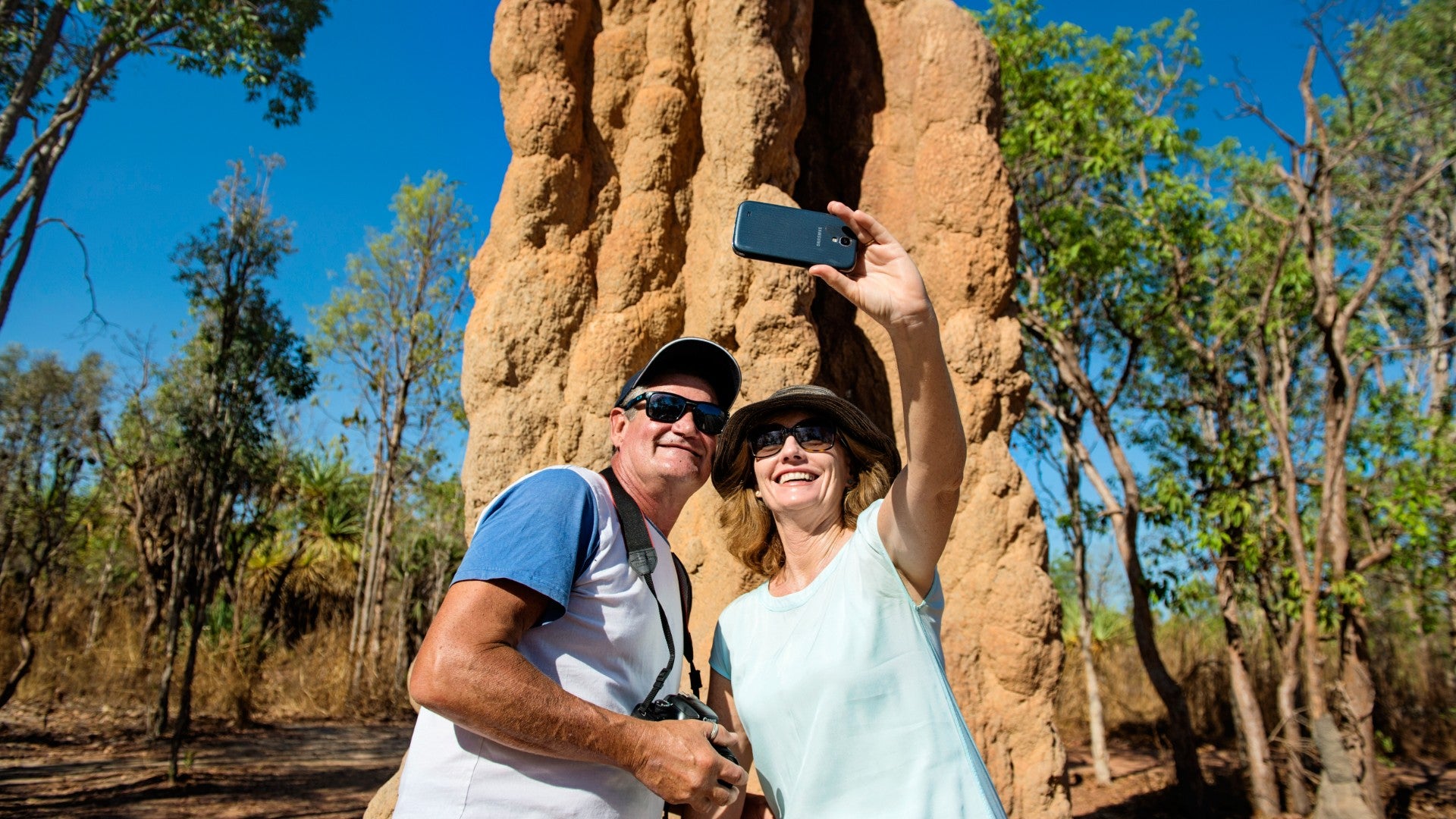
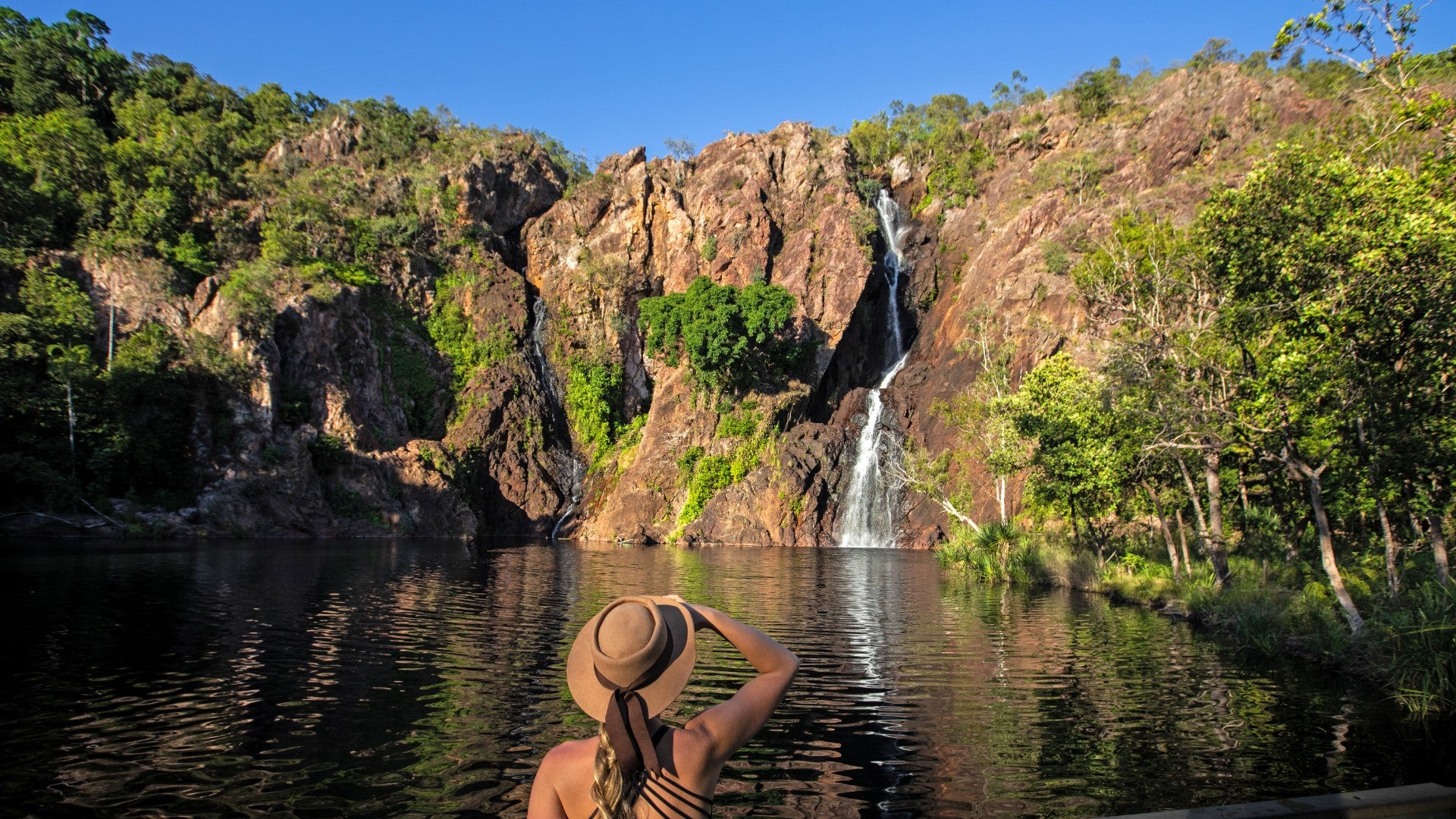
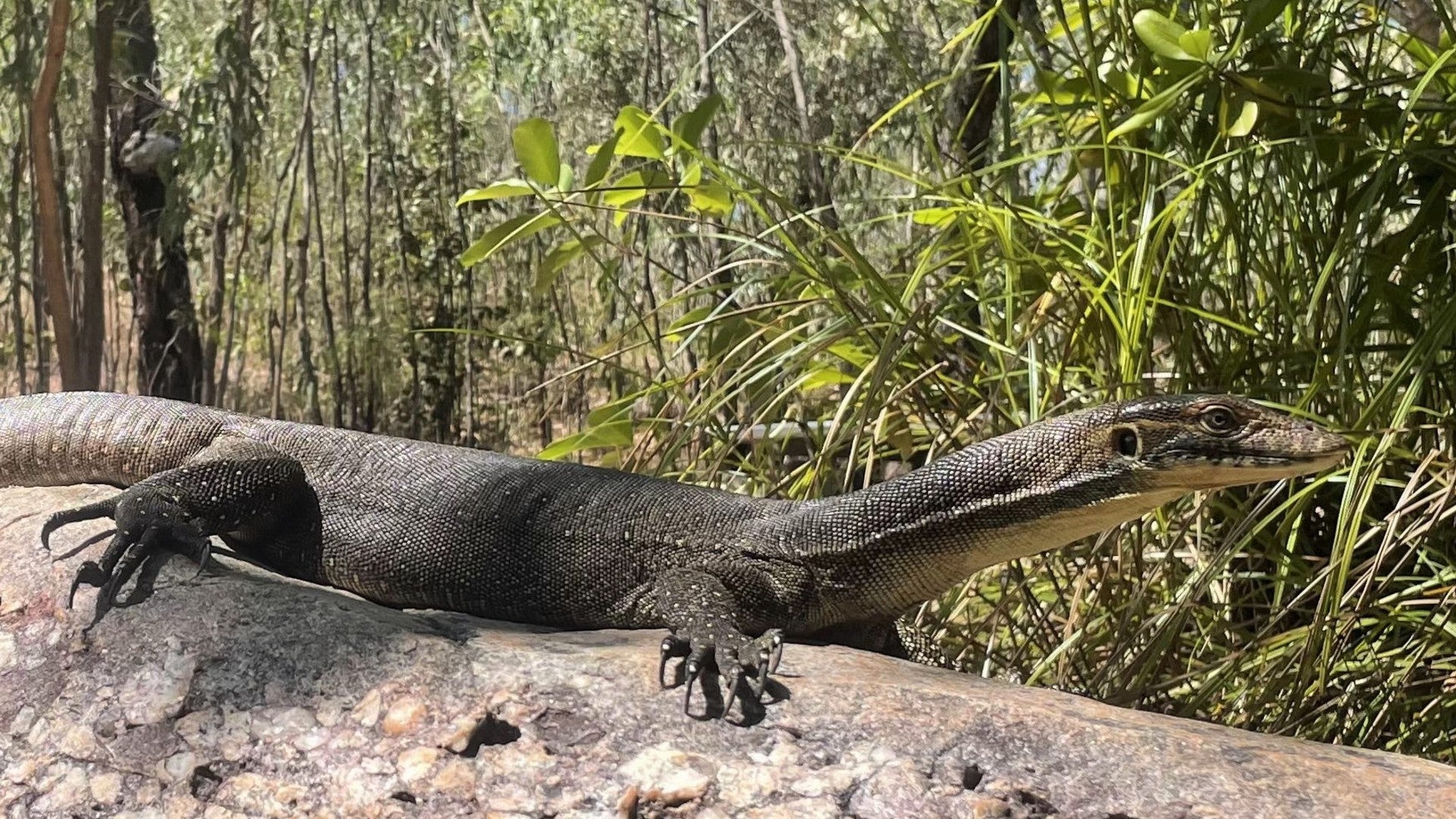
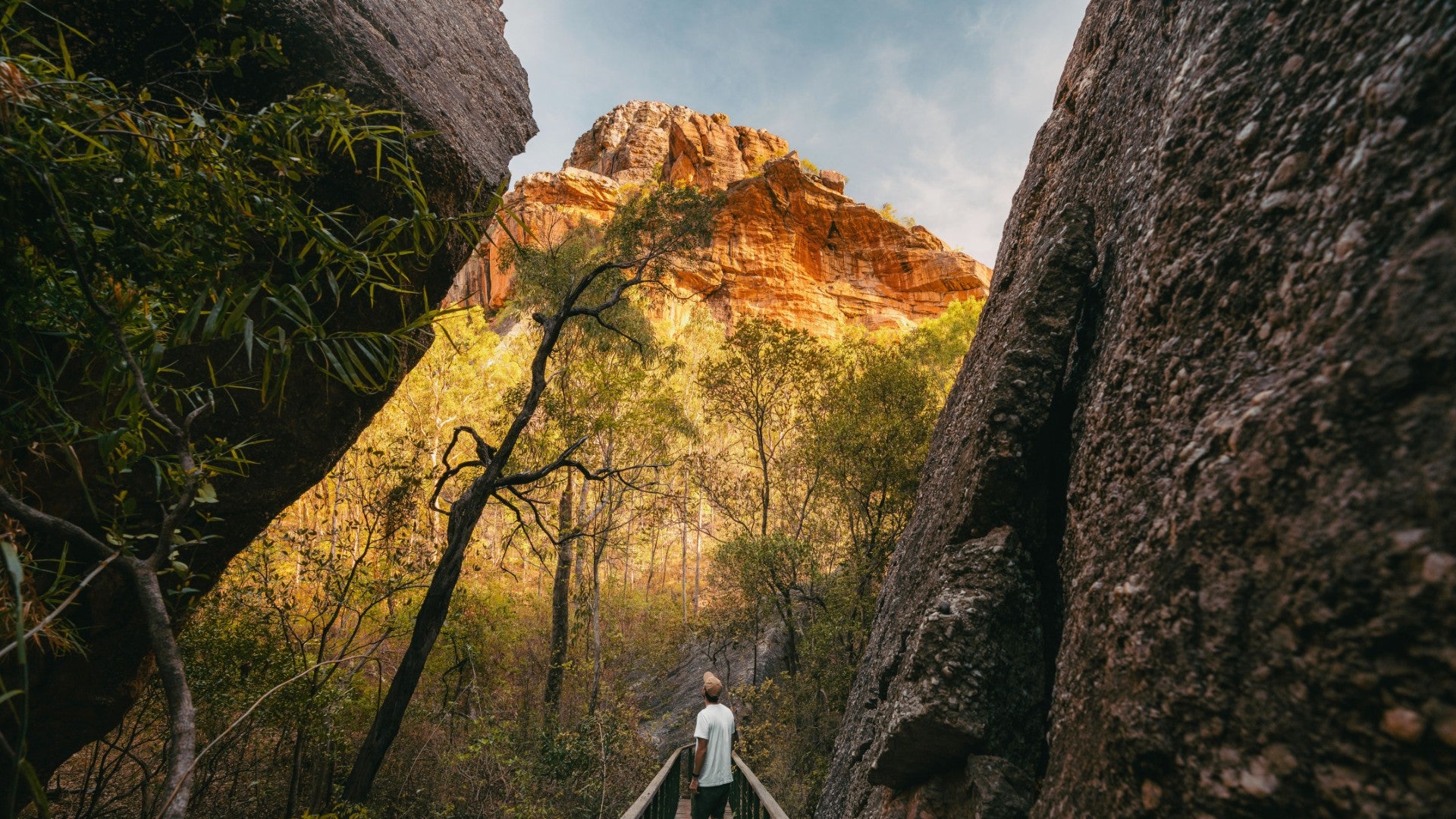
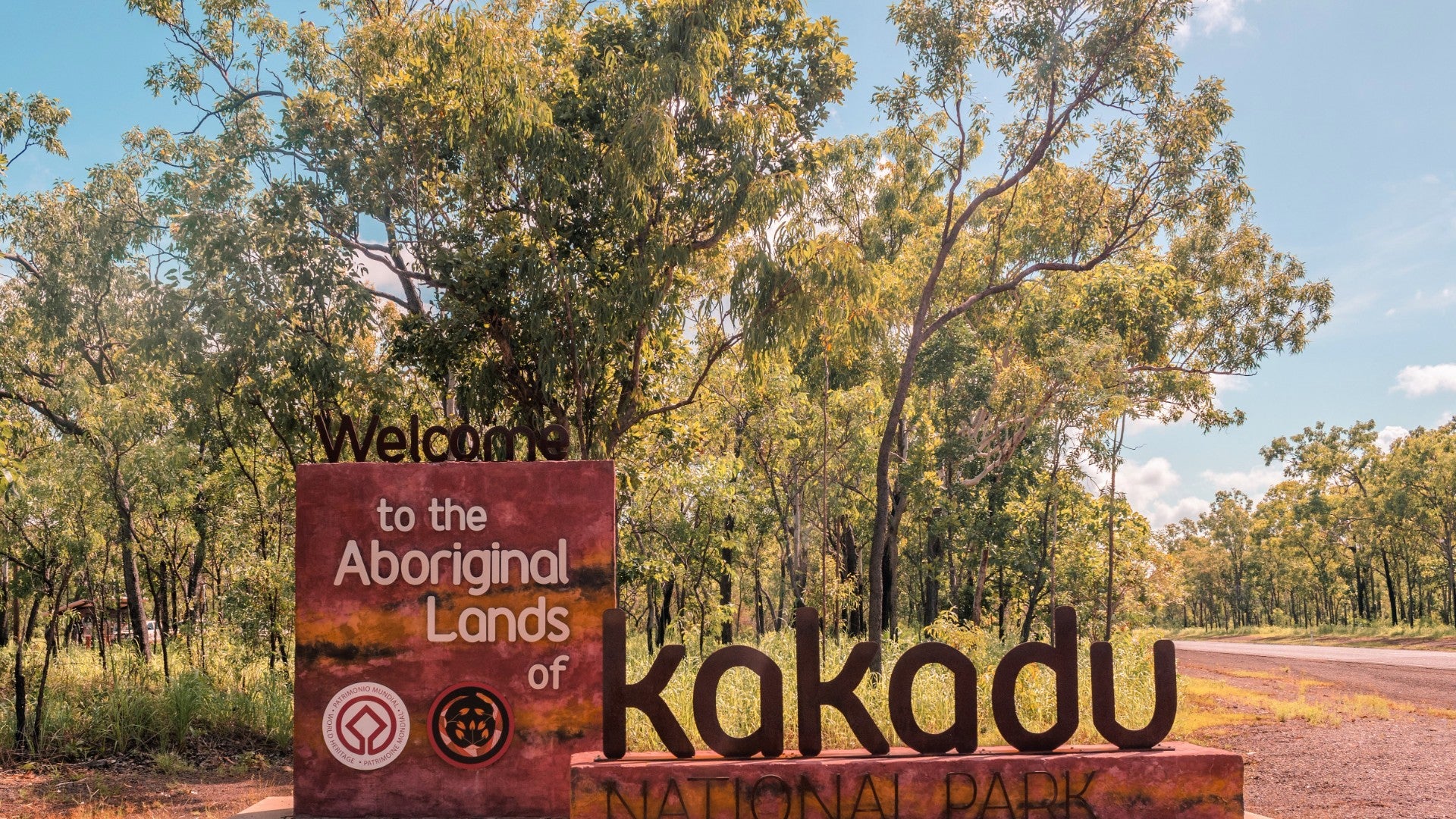
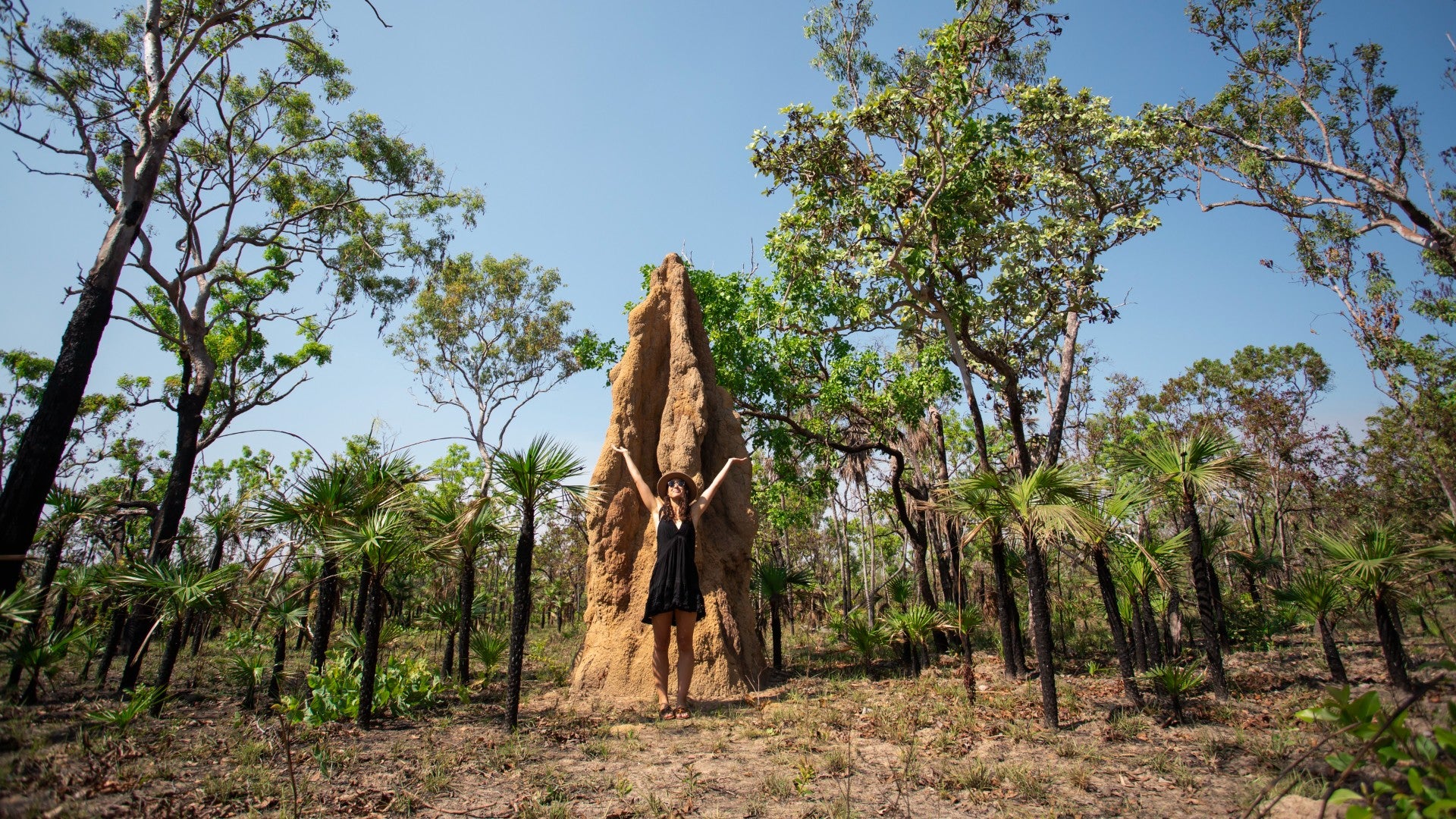
Tour Overview
Kakadu & Litchfield: Waterfalls & Wetlands | 3-Day Camping Adventure
Ancient rock art, croc-lined wetlands and thundering falls—this 3-day 4WD camping loop packs the Top End’s heavy hitters into one bite-size adventure. Cruise the Mary River wetlands, watch Ubirr glow at sunset, hike to seasonal Kakadu cascades like Maguk (Barramundi Gorge) or Jim Jim Falls (when open), then cool off in Litchfield’s famous plunge pools—Florence, Buley or Wangi. Sleep in permanent safari tents (twin) or roll out a swag under a billion stars. Big nature, small group, zero faff.
Quick Facts
-
Duration: 3 days / 2 nights
-
Style: Small-group 4WD camping (safari tents or bush swags)
-
Difficulty: Moderate (graded walks ~1.5–4 km, Grade 2–4)
-
Start/Finish: Darwin → Kakadu → Litchfield → Darwin
-
Transport: Air-conditioned 4WD mini-coach with accredited driver-guide
-
Stays: Permanent safari tents (twin) or bush swags at Kakadu (shared campground amenities)
Trip Highlights
-
Corroboree Billabong / Mary River Wetlands cruise—birdlife and (from safe vantage points) crocs
-
Ubirr rock art & Nadab floodplain sunset; Cahills Crossing viewpoint
-
Burrungkuy (Nourlangie) or Ubirr art sites (season/conditions permitting)
-
Seasonal Kakadu waterfalls & rock pools—Maguk (Barramundi Gorge) or Jim Jim Falls (access dependent)
-
Litchfield National Park: swims at Florence Falls, Buley Rockhole or Wangi Falls
-
Magnetic & Cathedral termite mounds; Bowali Visitor Centre context stop
Seasonal Add-Ons (Optional)
-
Kakadu Air scenic flight (30 or 60 min) during scheduled free time on Day 1/2 (subject to availability; additional cost).
Good to Know
-
Operates: Tue, Fri (and Sun in peak months), Apr–Oct.
-
Falls are rarely open before late June; itinerary adapts to weather, ceremony and access.
-
Camping uses shared campground facilities; towels not provided with the safari-tent option.
-
Sleeping bag hire available (or bring your own).
-
Parks fees & wetlands cruise included.
-
Walking is in heat/humidity—carry 3 L water, hat, SPF 50+, and sturdy closed-toe shoes.
-
Swim only where ranger-advised; guides brief “crocwise” behaviour at each site.
-
Typical group size 17 in purpose-built 4×4 touring vehicles.
Book Single Bush Swag
Book Twin Safari Tent
Key Tour Info
Tour Itinerary
Day 1 | Darwin → Mary River Wetlands → Ubirr Sunset (Camp Kakadu)
Morning — Early Darwin pickup. Roll east to the Mary River Wetlands for a Corroboree Billabong wildlife cruise—prime birdlife, big skies, and (from safe vantage points) saltwater crocodiles.
Midday — Enter Kakadu National Park and stop at Bowali Visitor Centre for a feel for seasons, country, and culture.
Afternoon — North to Cahills Crossing lookout (Kakadu/Arnhem Land border) to scan the tidal channels.
Evening — Wander the rock galleries at Ubirr and climb to the Nadab floodplain lookout for a burnished Top End sunset. Settle into camp.
Meals: L, D
Walks: ~1 km loop, Grade 3 (flat paths + short rock scramble to the lookout)
Driving: ~420 km
Stay: Jabiru Campground — Permanent Safari Tents (twin) or Bush Swags (shared amenities)
Day 2 | Kakadu Waterfalls & Rock Pools (Maguk / Jim Jim) + Burrungkuy (Conditions Permitting)
Morning–Afternoon — A full day chasing Kakadu’s seasonal cascades and pools. Your guide selects the best-access sites based on conditions and group ability—options include Maguk (Barramundi Gorge), Jim Jim Falls, Motor Car Falls (Yurmikmik) or Moline Rockhole. Expect monsoon pocket forests, red-rock escarpments, and swim spots when ranger-advised.
Late Afternoon (time permitting) — Visit Burrungkuy (Nourlangie) for rock art and escarpment views, tracing stories that span millennia.
Evening — Back to camp for a hearty camp-style dinner (guest participation welcome) and a star-heavy sky.
Meals: B, L, D
Walks: ~1.5–4 km, Grade 4 (uneven stone, heat exposure; swims where permitted)
Driving: ~150 km
Stay: Jabiru Campground — Permanent Safari Tents or Swags (shared amenities)
Options: Kakadu Air scenic flight (30 or 60 min) during scheduled free time (subject to availability; additional cost)
Day 3 | Kakadu → Litchfield National Park → Darwin
Morning — Depart Kakadu and travel south-west to Litchfield National Park. Pause at the Magnetic & Cathedral Termite Mounds—a natural compass rose across the savannah.
Afternoon — Swim stops among Litchfield’s sandstone wonderland: Florence Falls, Buley Rockhole, and/or Wangi Falls (site mix varies with access).
Evening — Return to Darwin around 7:00 pm, drop-off at central locations.
Meals: B, L
Walks: ~1–2 km, Grade 2–3 (formed tracks, steps to lookouts and pools)
Driving: ~500 km
Important Notes
- Seasonality rules the day: Waterfalls and some swim sites are rarely open before late June; tracks and areas can close without notice due to weather, fire, or cultural ceremonies.
- Crocwise always: Swim only where ranger-advised; follow the guide’s instructions near any water.
- Heat management: Expect high UV and warm afternoons—carry 3 L water, wear a wide-brim hat, SPF 50+, and sturdy closed-toe shoes.
- Vehicle: Purpose-built 4×4 mini-coach; small-group energy, off-road capability.
Food & Accommodation
Where You’ll Be Sleeping & What You’ll Be Eating
Stays — Safari Tents or Swags (Shared Campground Amenities)
- Nights 1–2: Jabiru Campground (Kakadu)Permanent Safari Tents (twin): Two single beds with mattresses, pillow & case provided. Towels not provided. Secure, simple, and close to the action.Bush Swag (single): Traditional canvas-covered bedroll with mattress—sleep under the stars (bring your own sleeping bag or hire one; see booking notes).Facilities: Communal showers/toilets. Camps are generally solar/unpowered or low-power—pack a power bank for phones/cameras.Rooming: Twin-share tents for pairs; solo travellers in swags sleep individually. Space is limited—soft bags only.
Meals — Camp-Style & Picnic Fresh
- Included: 2 × breakfasts, 3 × lunches, 2 × dinners (guest participation welcomed for simple prep/clean-up).
- Style: Hearty, camp-style dinners after big days; picnic/café lunches in shaded spots; straightforward breakfasts for early starts.
- Dietaries: Common needs (veg/vegan/GF/DF) can usually be accommodated with advance notice. Remote touring = limited supply—bring favourite snacks if you’re particular.
- Hydration: The Top End runs hot. Carry 3 L water capacity, electrolytes, hat, and SPF 50+. Regular refill stops are planned.
Good to Know
- Sleeping bag hire available (or bring your own).
- Alcohol isn’t included; follow guide advice and local rules.
- Expect early starts, shady lunch breaks, and long, starry evenings—camp vibes, big skies, zero faff.
What's Included & What's Not
✅ What’s Included
Itinerary Activities
- Corroboree Billabong / Mary River Wetlands cruise (wildlife focused)
- Ubirr rock art & Nadab lookout at sunset (conditions permitting)
- Burrungkuy (Nourlangie) or Ubirr guided art-site walks (season/access dependent)
- Kakadu waterfalls & rock pools day — e.g., Maguk (Barramundi Gorge), Jim Jim Falls, Motor Car Falls or Moline Rockhole (guide selects best-access options)
- Litchfield National Park swims at Florence Falls, Buley Rockhole and/or Wangi Falls (access dependent)
- Magnetic & Cathedral termite mounds, Bowali Visitor Centre context stop
Guides
- Accredited outback driver-guide with cultural and natural history commentary
Accommodation
- 2 nights at Jabiru Campground (Kakadu)Permanent safari tents (twin) or single bush swagsShared campground showers/toiletsSafari tent option includes mattress + pillow & case (towels not provided)
Meals
- 2 × breakfasts, 3 × lunches, 2 × dinners (simple camp-style; guest participation welcome)
Transport
- Purpose-built 4×4 mini-coach, air-conditioned, small-group touring
- Selected Darwin CBD pick-up/drop-off points
Equipment & Support
- Camp cooking equipment and group gear
- Daily safety briefings; guided walks on graded tracks
Fees & Impact
- Kakadu National Park pass and wetlands cruise ticket
- 200% CO₂ offset applied per guest (see CO₂ Footprint section for method overview)
🚫 What’s Not Included
- Flights to/from Darwin and pre/post-tour accommodation in Darwin
- Hotel transfers outside the nominated pick-up/drop-off points
- Optional scenic flights (Kakadu Air 30/60 min) and any other optional extras not listed above
- Sleeping bag hire (available at additional cost) — or bring your own
- Towels (not provided with safari-tent option)
- Alcoholic drinks, barista coffee, and extra snacks beyond stated meals
- Personal expenses & souvenirs
- Travel insurance (strongly recommended)
- Gratuities (optional)
Notes: Access to waterfalls and some swim sites varies by season; falls are rarely open before late June. Swimming only where ranger-advised. Space on the vehicle is limited—soft bags only (see What to Pack).
Weather Expectations
Seasonal Weather Expectations — Kakadu & Litchfield (Top End)
The short of it: hot days, high UV, cool-to-mild nights, and plans that flex with access and safety. This camping tour runs Apr–Oct.
Early Dry (Apr–Jun)
- Days: ~28–32 °C · Nights: ~14–20 °C (can feel crisp in the pre-dawn).
- Humidity: Easing. Clearer skies, occasional early-season showers.
- Access: Many sites open progressively; major falls/swim spots often not until late June.
- Camping feel: Pleasant evenings; pack a light warm layer (fleece/beanie).
Mid Dry (Jul–Aug)
- Days: ~29–32 °C · Nights: ~12–18 °C (coolest nights of the year).
- Humidity: Low.
- Access: Best track conditions; busiest season.
- Camping feel: Comfortable sleeping; dew possible—air out swags/tents each morning.
Late Dry / Build-Up (Sep–Oct)
- Days: ~33–38 °C · Nights: ~20–26 °C.
- Humidity: Rising; storm clouds can build by late afternoon.
- Access: Most sites open, but heat management becomes the name of the game (early starts, shady lunches, more swims where ranger-advised).
- Camping feel: Warm nights; use the breeze and hydrate like a pro.
On-Tour Realities (read me, future you will thank you):
- UV is extreme year-round: wide-brim hat, long sleeves, sunnies, SPF 50+ (reapply).
- Heat & hydration: carry 3 L per person, plus electrolytes; guides run early walks and siestas where sensible.
- Insects: mozzies/midges love wetlands and dusk—repellent (DEET/picaridin) + light long pants help.
- Smoke haze: cool-season cultural burning can create atmospheric haze and smoky sunsets.
- Rain & storms: unlikely mid-dry; possible early or late in season—routes adapt if needed.
- Swimming: only where ranger-advised; water access can open/close without notice.
- Footing: rock shelves can be hot and slick—closed-toe shoes with grip are mandatory.
- Nights: temperatures can swing—bring a light warm layer even in the tropics (your 3 am self will applaud).
Bottom line: start early, shade often, drink before you’re thirsty, and stay crocwise around any water. The Top End rewards smart travellers with big skies, bigger waterfalls (when open), and star-heavy nights.
⭐ Reviews
Field Notes From Fellow Travelers
Verified Reviews from Past Tours
Our Kakadu trip on the 29/12/22 with our tour guide Lee was AWSOME & he is TOP BLOKE with plenty of knowledge & experience.
Would recommend Lee as a tour guide to everyone who wants to do a Darwin tour. Very funny guy too Thanks for the great wet tour Lee from Nikki & Danny ( Cairns ) read less
Nikki Field
Dec, 2022
Throughly recommend. Dani was our tour guide, assisted by Adrian, and she was absolutely brilliant.
Her knowledge and lived experience of the area brought everything to life. We felt very lucky to have Dani as our guide, as did others on the tour. Thank you!
Carol Lewer
April, 2025
I did the Kakadu and Litchfield tour and had an absolutely fantastic time. The National Parks and the spots that you visit are incredible and magical. Our guide was Andrea who was amazing!
She made sure that everybody had the best time and was happy to play paparazzi too. Andrea told the most amazing stories and was full of information about the landscape, the people, the wildlife and the flora - I’ve learned so much in such a short period of time.
Michelle Squire
May 2025
Fantastic tour to Kakadu. Rick our driver/guide was excellent and shared lots of information
Emma Davis
March , 2025
Our guide Dani gave us an excellent insight into origins and ecology of the park together with wonderful explanations of the rock art. She brought a lot to the experience.
Jennifer Sherwood
Mar, 2024
Great trip through Kakadu National Park, Katherine and Litchfield Park. Darrel was a superb guide.
Sebastian Arndt
March, 2025
What To Pack
What to Pack
Bags & Capacity
- Daypack (20–30 L) for water, sun gear, camera, snacks.
- Soft overnight bag/duffel (10–15 kg) + a small daypack (≈5 kg). Hard cases stay in Darwin.
- Water capacity: 3 L per person (bottles or hydration bladder).
Clothing (Apr–Oct touring window)
- 2–3 quick-dry tees + 1 long-sleeve sun shirt.
- Lightweight long pants and 1 pair of shorts.
- Warm layer for cool nights (fleece/hoodie).
- All-weather shell (showers, windy lookouts).
- Sleepwear, underwear, breathable socks.
- Modest options for cultural centres and art sites.
Footwear
- Closed-toe hikers/trail shoes with grip (non-negotiable on rocky tracks).
- Sturdy sandals with heel strap for waterholes (optional).
- Flip-flops for camp showers.
Camp & Sleep
- Sleeping bag (hire available) + pillow if swagging it.
- Head torch (hands free around camp).
- Microfibre towel (towels not provided with safari-tent option).
- Power bank (camps are low-/un-powered).
Swim & Wet Stuff
- Bathers/rash top for sun protection.
- 5–10 L dry bag for cruise/waterfall days.
- Spare socks in a zip bag (future-you will applaud).
Sun, Heat & Insects
- Wide-brim hat, UV sunnies, SPF 50+ (reapply).
- Electrolytes (one serve per activity block is a good rule of thumb).
- Insect repellent (DEET or picaridin) + anti-itch cream.
- Midge/mosquito head net helpful late season (Sep–Oct) or after rain.
Toiletries & Health
- Basics + personal meds for the full trip.
- Lip balm with SPF, moisturiser/after-sun.
- Compact first-aid (blister care, pain relief).
- Hand sanitiser, tissues.
Tech & Power
- Phone/camera, chargers, power bank.
- Australia uses Type I plugs (230–240 V).
Documents & Money
- Photo ID, travel insurance details, payment card, a little cash for snacks/markets.
Optional Nice-to-Haves
- Lightweight binoculars for birdlife.
- Neck buff/cooling cloth for hotter afternoons.
- Compact sit pad/sarong for picnic stops.
Leave or Avoid
- Hard suitcases/esky coolers (no space).
- Drones (parks/cultural restrictions—assume no).
- Valuables you don’t need.
Pro tip trio: start early, shade often, sip before you’re thirsty. And stay crocwise—only swim where the rangers say it’s safe.
Local Insights
Local Insights — Kakadu & Litchfield
Country & Culture
- You’re moving through Bininj/Mungguy (Kakadu) and Jawoyn (Nitmiluk/Katherine) Country, plus Larrakia Country around Darwin. Treat rock art as living galleries: look, don’t touch, and follow signage about photography.
- Cultural cruises/centres are for knowledge-sharing, not shows—listen first, ask respectfully.
Crocwise (non-negotiable)
- Assume every waterway has crocodiles unless a ranger sign clearly says swimming is open.
- Stay well back from water edges, never wade, and keep packs zipped. Don’t test the croc hypothesis—science does not need more data.
Season & Access
- Touring runs Apr–Oct; major Kakadu falls/swim sites often don’t open until late June.
- Tracks can close without notice due to ceremony, fire or weather—guides will pivot to the best safe option.
Heat, Sun & Hydration
- UV is extreme year-round. Wear a wide-brim hat, long sleeves, sunnies, and SPF 50+ (reapply).
- Carry 3 L water capacity and electrolytes; expect early starts and shaded lunch stops.
Insects & Wildlife Etiquette
- Mozzies/midges love wetlands and dusk—use repellent (DEET/picaridin) and light long pants.
- No feeding wildlife (ever). Store food securely; zip tents. Cane toads are not pets (or snacks—for anything).
Road & Track Reality
- Highways are sealed; some park roads are unsealed and conditions vary. Your 4×4 coach and accredited driver handle the rough stuff—sit back and enjoy the red-earth theatre.
- Footing at lookouts and pools can be hot, steep and slick—closed-toe shoes with good grip are mandatory.
Camping Comforts
- Campgrounds use shared amenities and often have limited power—bring a power bank and a head torch.
- Towels are not provided with safari-tent options; a microfibre towel dries fast and packs small.
- Nights can be cool in mid-dry—pack a light warm layer (your 3 am self will applaud).
Litchfield Swim Sense
- Florence, Buley and Wangi are ranger-managed; only swim when open and after your guide’s briefing. Rock shelves can be slick—use sandals with a heel strap if you have them.
Connectivity & Cash
- Reception is patchy outside towns; Telstra tends to work best. Download playlists/podcasts before departure.
- ATMs/shops in Jabiru and Darwin; carry a little cash for markets and snacks.
Photography & Drones
- Best light: dawn and late afternoon (heat shimmer adds drama).
- Drones are heavily restricted in parks and near cultural sites—assume no unless clearly permitted.
Leave No Trace
- Stay on formed paths, pack out all rubbish (including organics), and resist the urge to “souvenir” rocks, leaves or shells—Country isn’t a gift shop.
Final tip
- Start early, shade often, sip before you’re thirsty, and keep it crocwise. Do that and you’ll trade three days for a lifetime of Top End bragging rights.
CO₂ Footprint Report
CO₂ Footprint
Topline Results (Summary)
- Estimated total per guest: ~1.92 t CO₂e
- Estimated total per tour: ~30.8 t CO₂e (assumes 16 guests, adjustable)
- Offset applied: 200% → ~3.84 t CO₂e offset per guest (≈ 61.6 t CO₂e per tour at 16 guests)
- Method note: High-estimate approach using DEFRA-aligned factors with well-to-tank (WTT) and radiative forcing (RF=1.9) for aviation; includes single-origin guest travel and all meals, plus a wetlands boat cruise. +10% uncertainty uplift applied.
Key Tour Info
- Tour: Kakadu & Litchfield: Waterfalls & Wetlands — 3 days / 2 nights, 4WD camping
- Route: Darwin ↔ Kakadu ↔ Litchfield ↔ Darwin (loop)
- Group/Vehicle: Small-group, purpose-built 4×4 mini-coach
- Season: Apr–Oct (dry-season operations)
Scope & Boundaries
- Included:Guest travel to/from tour start via one feeder hub (round-trip economy flight).On-tour transport: passenger-km in 4×4 mini-coach.Accommodation: 2 nights camping (conservatively modelled using mid-scale lodging proxy).Meals: all meals over the tour window (included + off-tour to 3/day).Activities: one wildlife boat cruise day (Mary River wetlands).Uncertainty: +10% uplift applied to subtotal.
- Excluded: Staff travel, embedded emissions in vehicles/infrastructure, souvenirs/shopping, optional add-ons not listed (e.g., scenic flights).
Emission Factors & Conservative Defaults (summary)
- Aviation (economy): distance-based with WTT + RF=1.9 (high-estimate).
- Mini-coach: higher per-passenger-km factor for small vehicles.
- Lodging: conservative per room-night proxy (overestimates camping—by design).
- Meals: conservative per-meal factor (omnivore default).
- Boats: diesel craft, per passenger-hour.
Activity Data (per guest)
- Flights: Sydney ↔ Darwin round-trip ≈ 6,290 km
(Feeder hub can be changed on request.) - Coach: ≈ 1,070 km passenger-km over 3 days
- Nights: 2 (camping)
- Meals: 9 (3/day × 3 days; tour includes 7, +2 assumed off-tour)
- Boat: ~2.0 hours (Mary River wetlands cruise)
Results — Per Guest (estimated)
- Flights: ~1,572.5 kg CO₂e
- On-tour coach: ~107.0 kg CO₂e
- Lodging (2 nights): ~35.0 kg CO₂e
- Meals (9): ~27.0 kg CO₂e
- Boat (~2.0 h): ~6.0 kg CO₂e
- Subtotal: ~1,747.5 kg CO₂e
- +10% uncertainty: ~174.8 kg CO₂e
- Estimated total per guest: ~1,922 kg CO₂e (~1.92 t CO₂e)
Results — Per Tour (example)
- Assumption: 16 guests
- Estimated tour total: ~30.8 t CO₂e
- Offset at 200%: ~61.6 t CO₂e
Assumptions & Sensitivities
- Feeder hub: Sydney by default. Perth/Melbourne/Brisbane will change flight totals (Perth typically lower). International origins can be substantially higher.
- Camping vs hotels: Camping is modelled with a conservative lodging proxy (likely overstates impact vs real campground energy use).
- Diet: Generic omnivore factor used; lower-impact meal choices reduce totals.
- Optional scenic flights: Not included. If taken, add roughly 0.10–0.15 t CO₂e per 30-minute helicopter flight per person (guide-level estimate).
- Access & routing: Park access and weather can alter daily distances; the +10% uplift helps cover typical variance.
Helpful Travel Tools
Save time planning with our helpful travel tools

Optimum Travel Time Heat-Map
Explore the best times of the year to visit your dream destinations so you get minimum crowds and maximum experience
Use Heat-Map
Point A - B Travel Time Estimator
Get an idea of just how long you can expect to travel from home to your dream destination including multiple travel modes
Use Time EstimatorCo2 Calculator
Do your own travel impact calculations using our multiple Co2 calculators.
Measure Your Co2Tour FAQ's
Where does the tour start and finish?
Starts/finishes in Darwin. Early morning pickup from selected CBD points (roughly 6:25–7:10 am); return around 7:00 pm on Day 3. Exact pickup point/time appears on the booking voucher.
Can I swim? And what about crocodiles?
Swims happen only where ranger-advised (e.g., Litchfield rockholes; some Kakadu sites when open). Always follow the guide’s briefing and stay well back from water edges elsewhere. Top End rule #1: be crocwise.
Can dietary needs be catered for?
Common requirements (vegetarian, vegan, gluten-free, dairy-free) are usually accommodated with advance notice. Add your diet in the booking notes so the operator can plan.
More FAQ's
Which waterfalls will we visit?
Kakadu access is seasonal. Your guide selects the best sites on the day—often Maguk (Barramundi Gorge), Jim Jim Falls, Motor Car Falls, or Moline Rockhole (conditions permitting). In Litchfield, expect a mix of Florence, Buley, and/or Wangi (access dependent).
Are the big falls open all season?
Usually not. Many popular Kakadu falls and swim sites don’t open until late June. Tracks can close without notice due to weather, fire, or cultural ceremonies. The itinerary flexes for safety and access.
What’s included for meals?
2 × breakfasts, 3 × lunches, 2 × dinners. Simple, hearty camp-style meals and picnic/café lunches. Bring favourite snacks if you’re particular.
Do you cater for dietary needs?
Common diets (veg/vegan/GF/DF) can usually be accommodated with advance notice. Remote touring has limited supply—please flag needs at booking and carry backup snacks that suit you.
Where will I sleep? Showers? Power?
Jabiru Campground (Kakadu) × 2 nights. Choose twin permanent safari tents (beds, pillow & case) or a single swag under the stars. Shared campground amenities (showers/toilets). Sites are often low-/unpowered—pack a power bank.
Do I need a sleeping bag/towel?
Sleeping bag: bring your own or hire one (additional cost).
Towels: not provided with the safari-tent option—bring a microfibre towel.
How big is the group? What vehicle?
Small-group touring, typically 15–21 travellers, in a purpose-built 4×4 mini-coach with air-conditioning.
How much driving is there?
Approx. 1,070 km total over 3 days (Day 1 ~420 km, Day 2 ~150 km, Day 3 ~500 km), with walks, swims, and scenic stops in between.
What should I pack?
Soft overnight bag (10–15 kg) + daypack (~5 kg), 3 L water capacity, wide-brim hat, SPF 50+, insect repellent, closed-toe hikers, swimwear/rash top, microfibre towel, head torch, and a power bank. (See the What to Pack section for the full list.)
Luggage limits?
Yes—soft bags only due to vehicle space: typically 1 × 10–15 kg bag + 1 × daypack. Large hard cases stay in Darwin.
Age limits? Families?
This is an adult-focused camping trip. Minimum age typically 8+ on NT multi-day tours; children must travel with a parent/guardian. Some walks and heat make it unsuitable for very young kids.
Accessibility & mobility
Uneven tracks, steps, and heat mean this tour isn’t suitable for mobility aids (wheelchairs, walkers, prams). If mobility is limited, check suitability before booking.
Are scenic flights included?
No. Kakadu Air scenic flights (30/60 min) are optional extras, subject to availability and weather. Free time is usually scheduled Day 1/2 to allow them.
Are park fees and the wetlands cruise included?
Yes—Kakadu National Park pass and the Mary River wetlands cruise are included.
How hot will it be?
Dry-season days typically high 20s to low 30s °C; hotter in Sep–Oct. UV is extreme. Hydrate (carry 3 L), use electrolytes, wear sun protection, and expect early starts.
Is travel insurance required?
It’s strongly recommended for remote NT touring—coverage for medical, cancellation, weather disruptions, and personal effects.
- 0 – 2t | Low
- 2 – 4t | Moderate
- 4 – 6t | High
- 6 – 8t | Very High
- 8t+ | Extreme
(T = tonnes CO₂e)
Still Searching? Check these out…
BOOKING & PAYMENT FAQ's
What’s the deposit & payment process?

Choose Tour

Pick Dates

Reserve Spot

Sort Logistics

Adventure Time!
Here’s how it works—clean, simple, no surprises:
A) "Book with Deposit"
- Place a deposit. You’ll pay the deposit at checkout.
- Tell us the details. You’ll receive an email asking for your tour name/date, passenger details, and any special requests (room type, extras, dietaries, etc.).
- We secure your spots. If everything’s clear, we confirm your booking by email so you can lock flights and plan the rest.
- If we need anything (e.g., room configuration, add-on activities), we’ll ask—then issue confirmation once sorted.
- Final balance invoice. After confirmation, you’ll be invoiced the remainder in line with the trips booking terms & conditions (each trip/partner has its own timeline but full payment is generally required at least 30 days prior to departure).
- If we are unable to confirm your spot: you’ll receive a full refund of your deposit. Zero stress.
B) Instant confirmation route (selected trips)
- Some departures use live operator booking calendars. These can deliver instant confirmation inside the operator’s system.
- If you book this way, the operator’s terms & conditions apply immediately (including payment schedules and change/cancellation rules).
Good to know
- Each trip may have slightly different deadlines and deposit rules—You can find the terms and conditions for your chosen booking on the listing page.
- You can still flag special requests after deposit—earlier is better for availability.
What’s your cancellation & refund policy?
Before your booking is confirmed
- If we can’t confirm your spots after you’ve paid a deposit, we’ll issue a full refund of that deposit.
After your booking is confirmed
- Cancellations follow the operator’s cancellation schedule (varies by trip and how close you are to departure).
- Expect possible fees or non-refundable items (e.g., internal flights, permits, certain accommodations).
- If a refund or credit is due, we’ll process it once the operator releases the funds and pass it back to your original payment method.
Instant-confirmation bookings (live operator calendars)
- The operator’s T&Cs apply immediately on these. Some departures are non-refundable or have stricter windows.
How to cancel
- Email us your booking reference, names on the booking, and a one-line request (“Please cancel”).
- We’ll reply with the exact penalties/refund or credit per your operator before proceeding.
If the operator cancels or significantly changes your trip
- You’ll be offered an alternative date, a travel credit, or a refund according to that operator’s policy. We’ll advocate for the best outcome for you.
Good to know
- Refunds are returned to the original payment method; bank/FX fees aren’t usually recoverable.
- Travel insurance is your friend for recovering non-refundable costs.
- The earlier you contact us, the better your options typically are.
Can I change dates or transfer my booking?
Short answer: Usually yes, but it depends on the operator’s rules and how close you are to departure.
Date changes
- We’ll check new-date availability with the operator.
- If a change is possible, you’ll pay any applicable operator change fee plus any price difference for the new date.
- The closer to departure, the tighter (and costlier) changes become; some trips treat late changes as a cancel + rebook under the operator’s policy.
Transfer to another person (name change)
- Many operators allow a name change/transfer up to a certain cut-off.
- Fees and deadlines vary by operator and services booked (e.g., flights may be non-transferable).
Instant-confirmation bookings
- If you booked via a live operator calendar, the operator’s T&Cs apply immediately. Some departures are non-changeable or have stricter windows.
How to request a change
- Email us with your booking reference, preferred new date/person’s details, and any flexibility.
- We’ll confirm options, fees, and any price differences before making changes.
Pro tips
- Ask early—more seats = more options, lower fees.
- Consider travel insurance that covers change/cancellation costs.
- Always check booking terms and conditions, links displayed on each tour page under the overview.
Are you accredited / is my money protected?
Yes. Your money is protected by our own accreditation and safeguards, plus the protections of our tour partners and the payment methods we use.
Our business safeguards
- Legally registered business with documented booking & refund policies.
- Commercial insurance appropriate to our operations.
- VTIC Quality Tourism Accreditation (Quality Tourism Accredited Business) confirming we meet industry standards for customer service, safety, and risk management.
Operator-level protection
- We partner only with established operators who maintain their own financial protections and clear refund/credit policies.
- When you book via a live operator calendar, payment is processed directly by the operator and their protections/terms apply immediately.
How your payment is handled
- All card payments run through a secure, PCI-compliant gateway; we don’t store your full card details.
- If you book through a live operator calendar, payment is processed directly into the operator’s system, and their terms & protections apply immediately.
Your legal rights
- Your purchase is also covered by consumer laws in your country/state (fair trading/refund rights). We reference the applicable jurisdiction on your paperwork.
Extra peace of mind
- Paying by credit card may add chargeback protection from your card issuer.
- We strongly recommend travel insurance to cover situations outside operator/consumer protections (your own cancellation, medical, delays).
Do you offer price matching?
Absolutely. Our prices update live from the operator, but if you spot the same tour on the same dates with the same inclusions and terms advertised for less — even in a public sale or promo — we’ll match it.
Already booked? We’ll refund the difference to your original payment method (eligibility applies, based on the final checkout price including taxes/fees from an authorised seller). And yes, the matched price still includes our 200% carbon offset — no dilution of benefits.
Do I need travel insurance?
Not for every trip—but for most travellers, we strongly recommend it
Some itineraries and partner operators do require insurance (especially remote treks, glacier walks, or bookings made via live operator calendars with mandatory cover).
When it’s required
- Certain partners/departures make insurance compulsory and may ask for proof before departure. If you book one of these, their T&Cs apply immediately.
What good cover includes
- Medical treatment & emergency evacuation/repatriation (high limits).
- Trip cancellation/interruption (protects your deposit and balance if plans change).
- Baggage & travel delay, and supplier default where available.
- Coverage for all activities on your itinerary (e.g., trekking, glacier hikes, kayaking) and any relevant altitudes/conditions.
- 24/7 assistance hotline and a clear claims process.
When to buy
- At booking. That way, cancellation benefits start immediately and you’re covered if something crops up before you travel.
How to share proof
- Email us your policy certificate (names, policy number, assistance phone).
- If you booked via an instant-confirmation operator calendar, follow their proof instructions and deadlines exactly.
Are departures guaranteed?
Most departures run as planned, but guarantees depend on the operator and minimum numbers. If there’s a wobble, we’ll tell you fast and give you options.
How it works
- Minimum group size: Most partners need a minimum number of travellers to confirm a trip.
- When we confirm: Each operator has a confirmation window (often 30–60 days before departure). We monitor load and update you as status changes.
- Any listing from "G-Adventures" will be guaranteed to run with a booking
If a trip is under-subscribed
- We’ll contact you with clear options:
Move to another date (same tour)
Switch to a comparable trip
Full refund of monies paid (per the operator’s terms)
- Any price differences for new dates/trips will be discussed before you decide.
If a trip is suspended (weather, park closures, strikes, force majeure)
- First, we’ll look to re-route or adjust (e.g., alternative park, similar activities).
- If that’s not viable, you can move dates, choose a different trip, or receive a refund/credit according to the operator’s policy.
Our promise
- Proactive comms: We’ll keep you posted as soon as we know more—no last-minute surprises if we can help it.
- No pressure choices: You pick the outcome; we handle the admin.
- Flight advice: Until your tour is confirmed, book flexible/refundable flights or add insurance that covers schedule changes.




